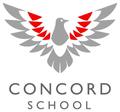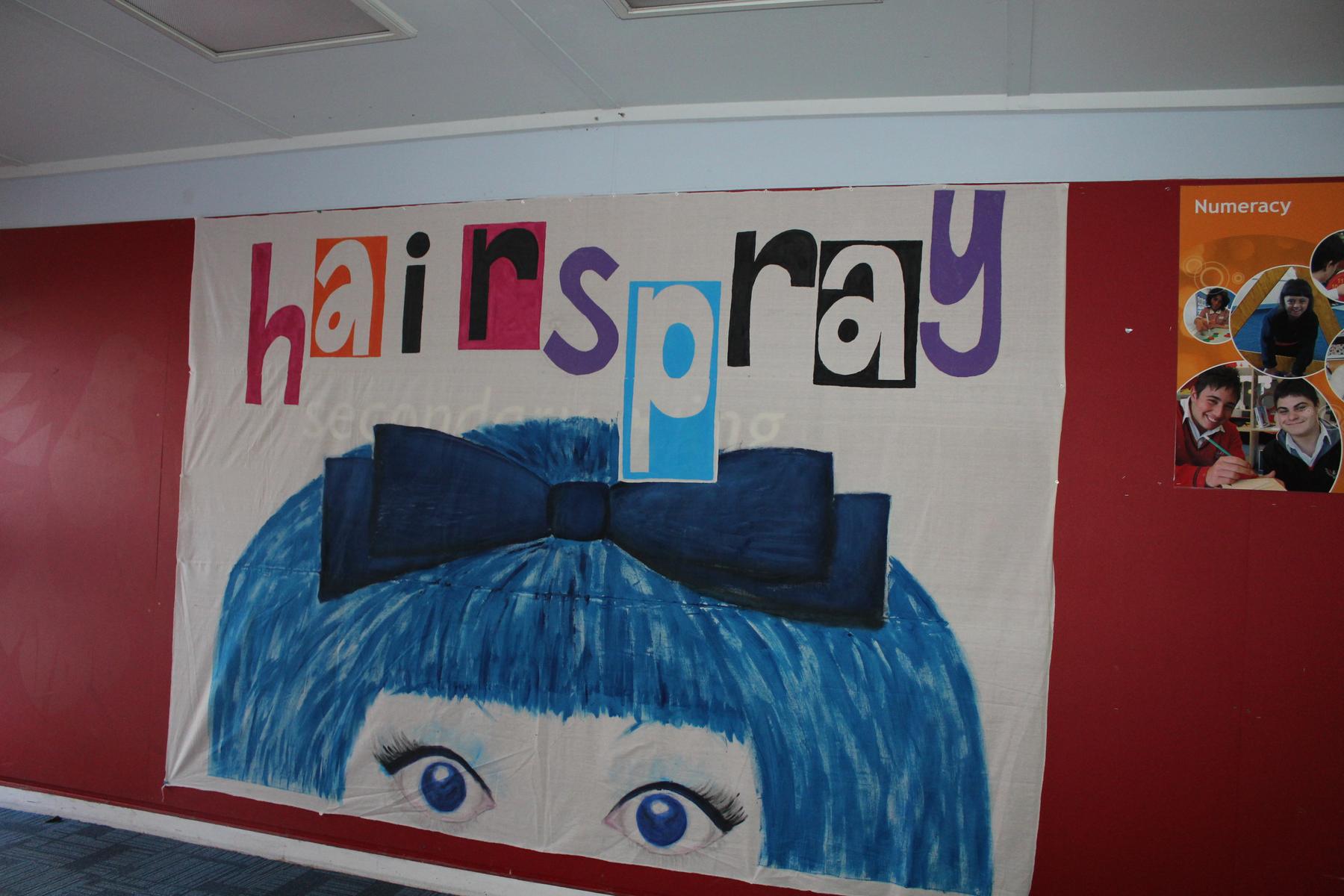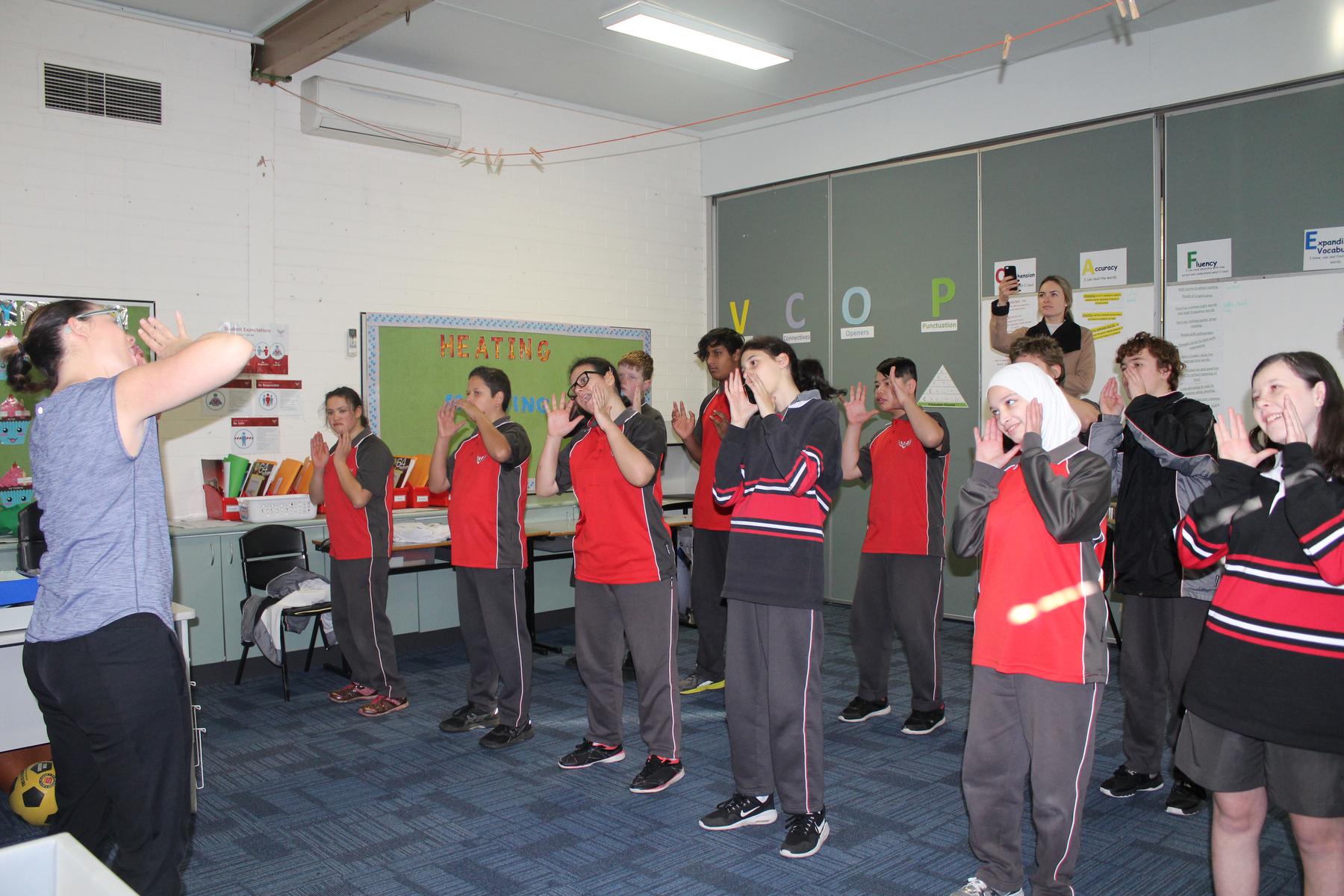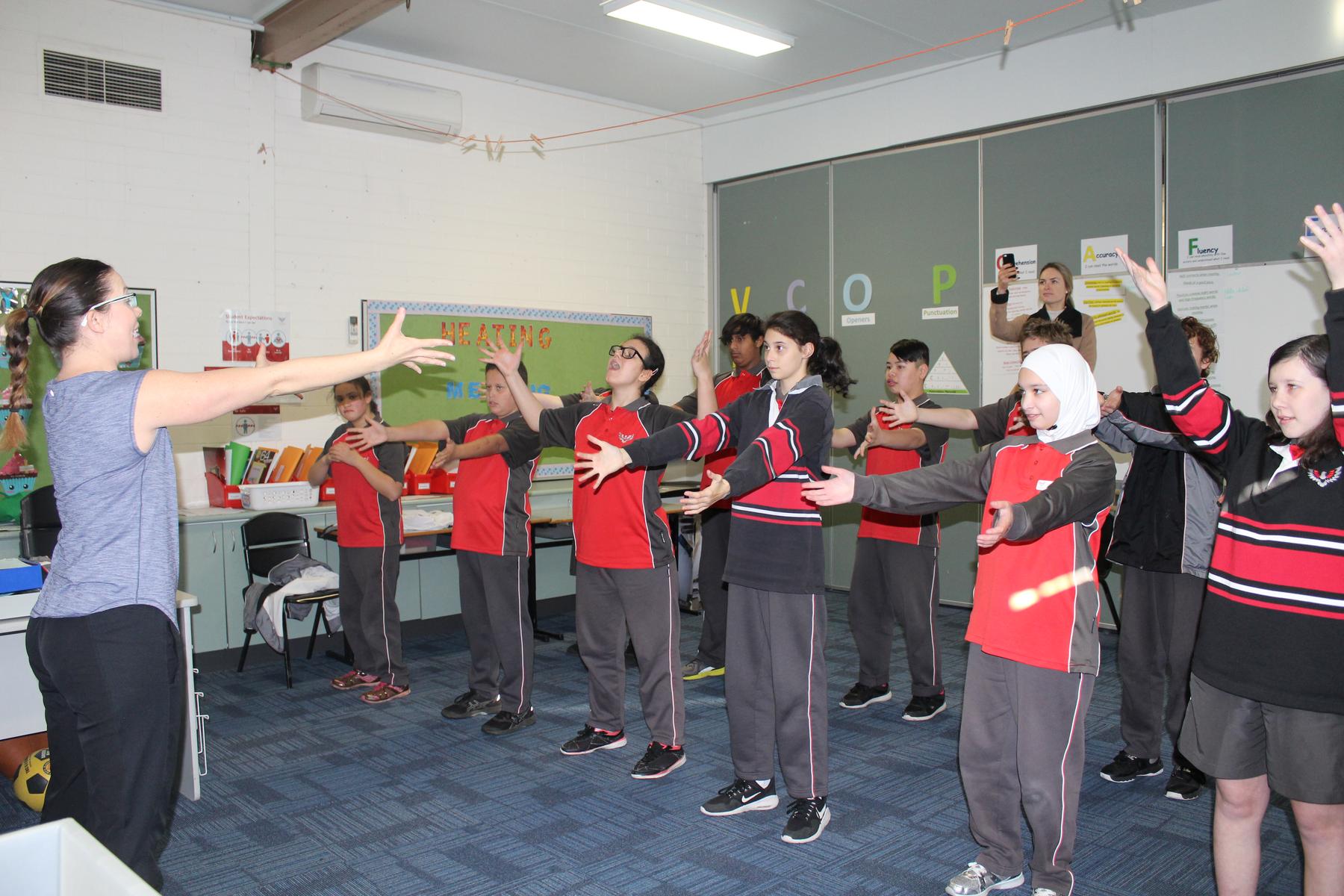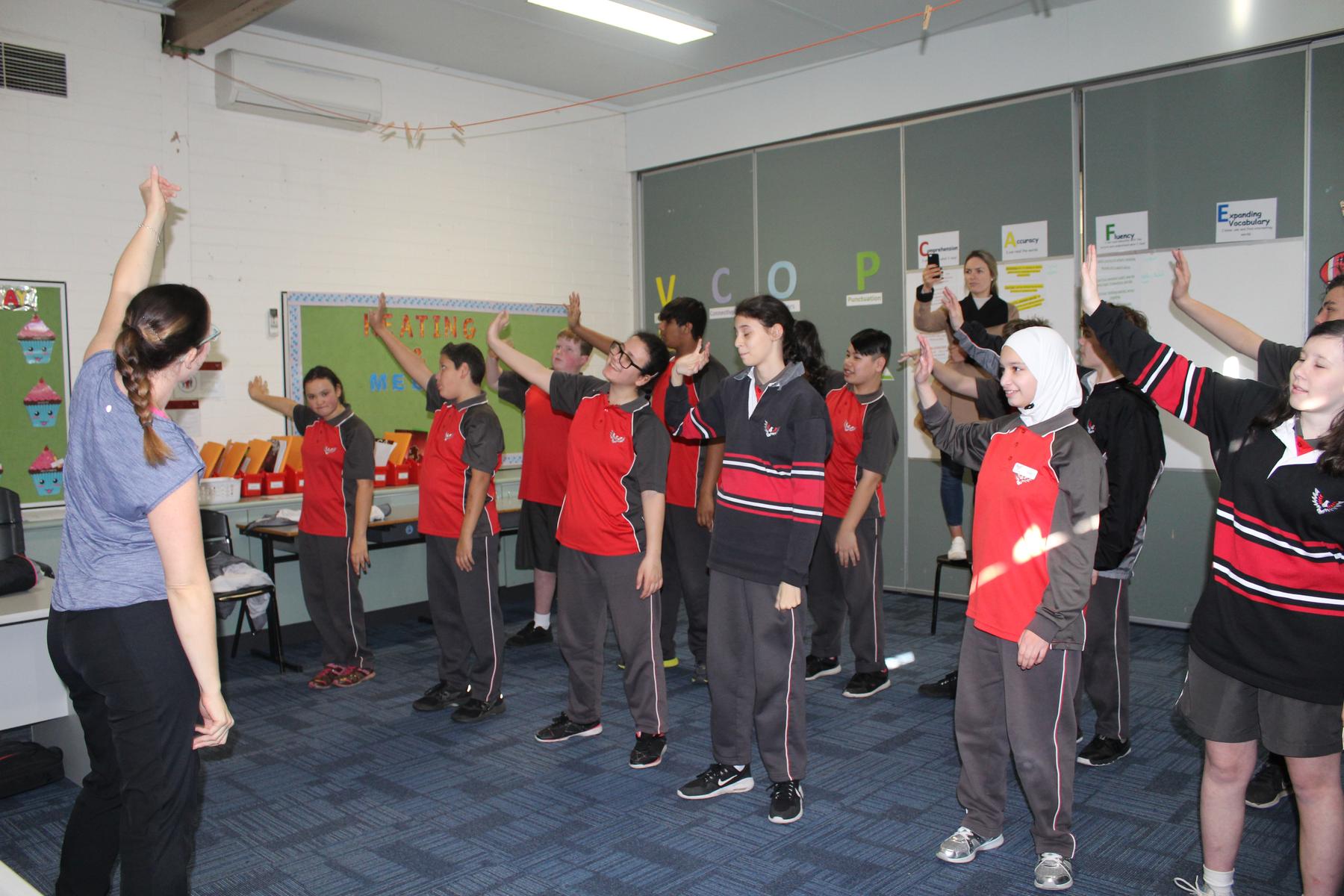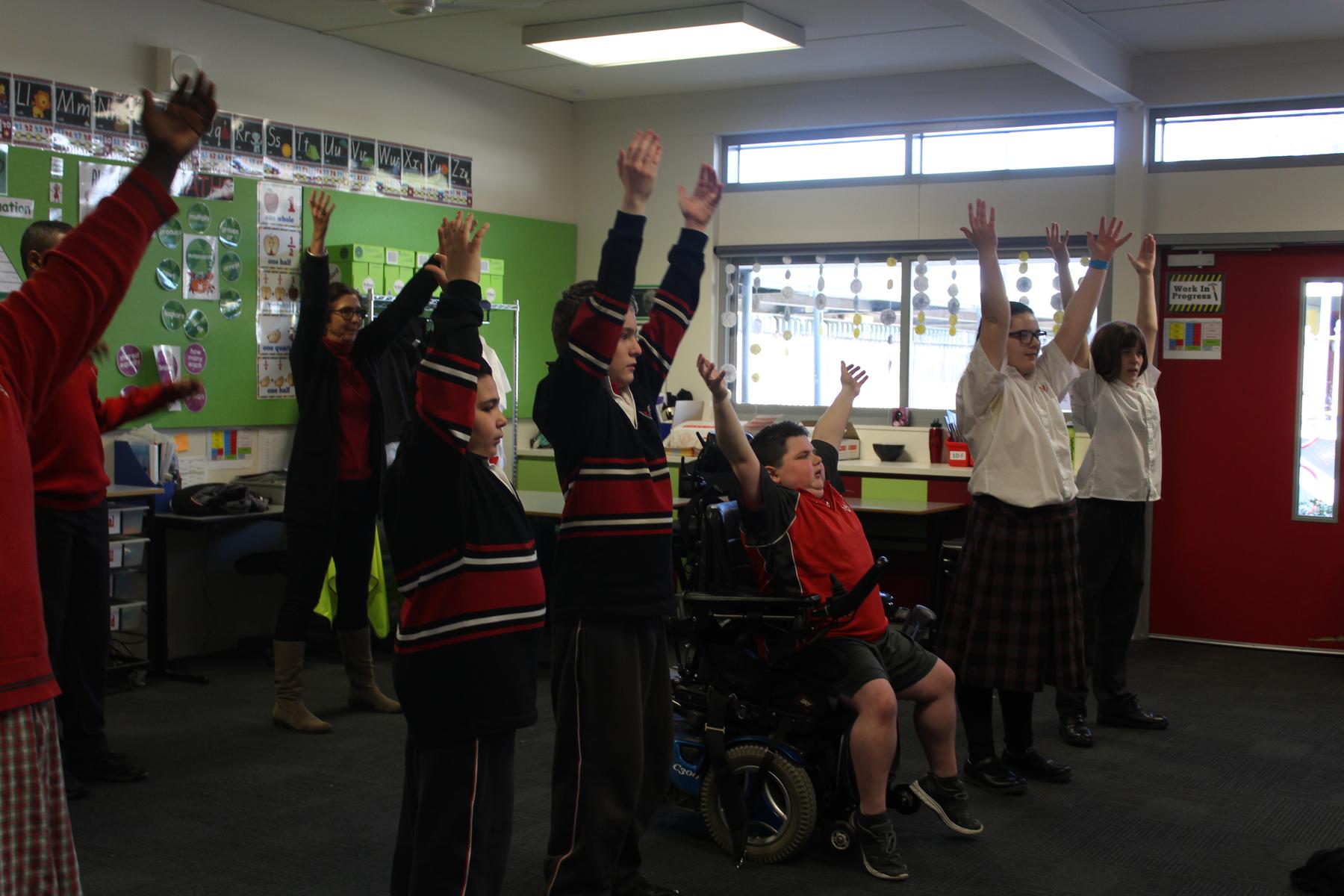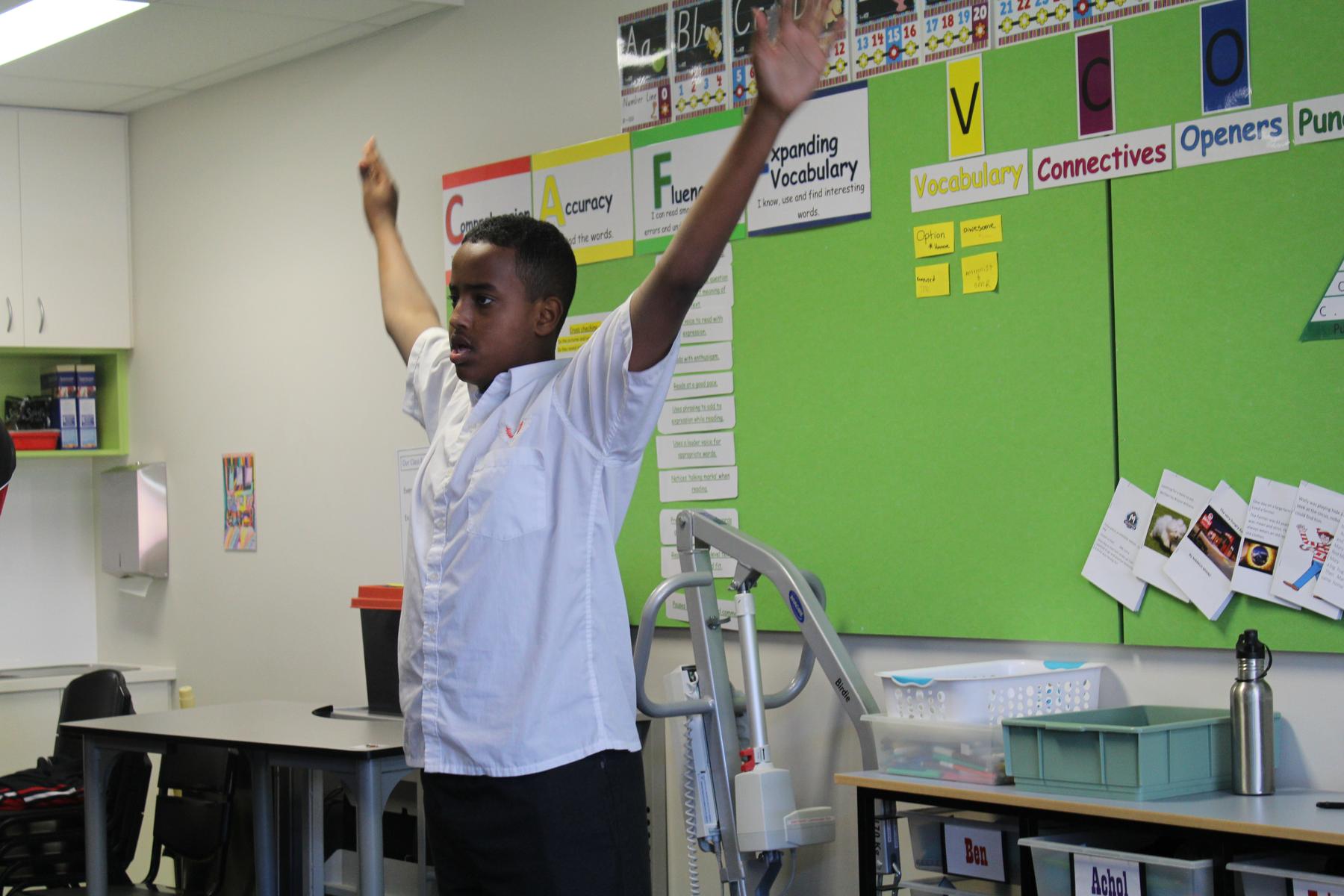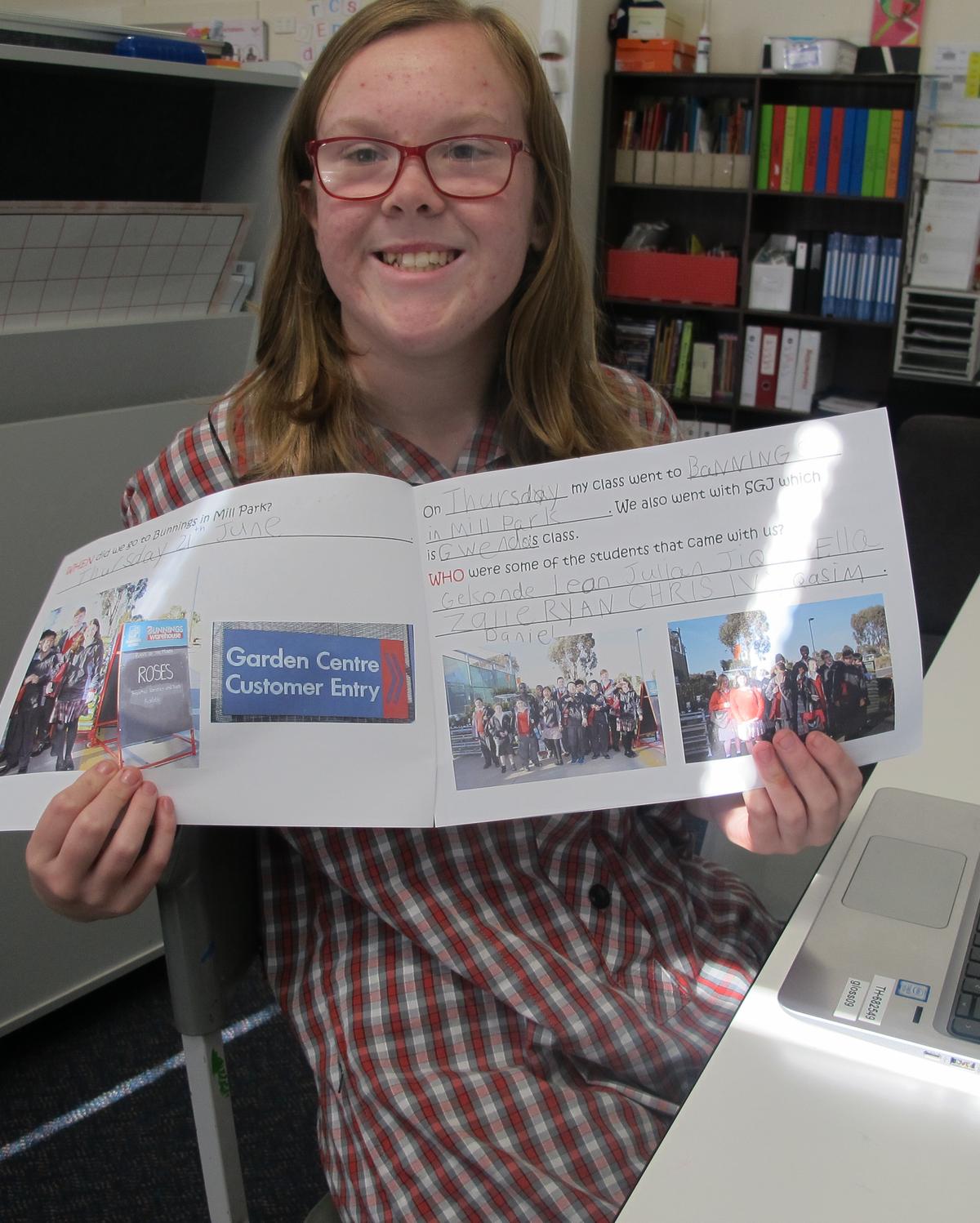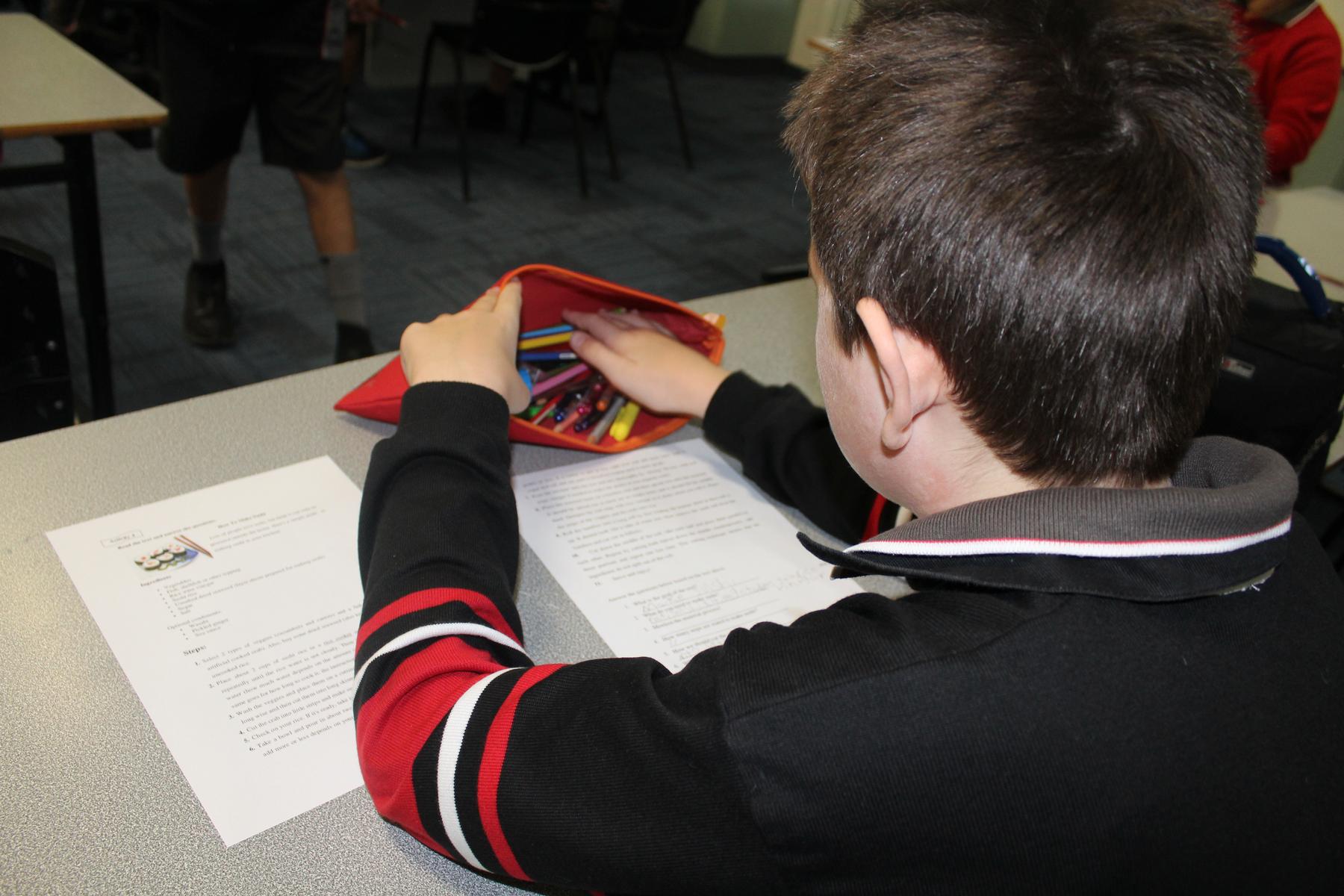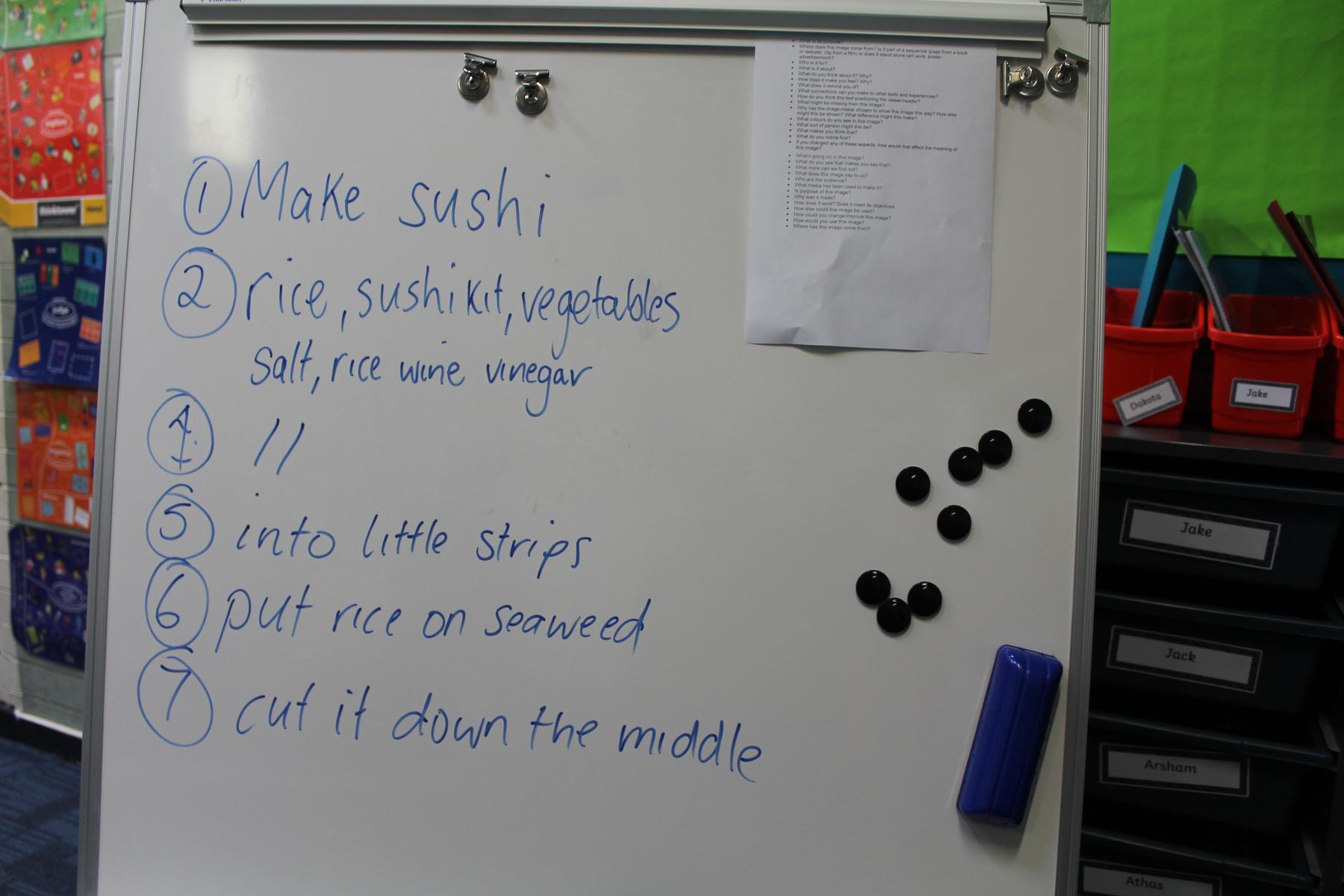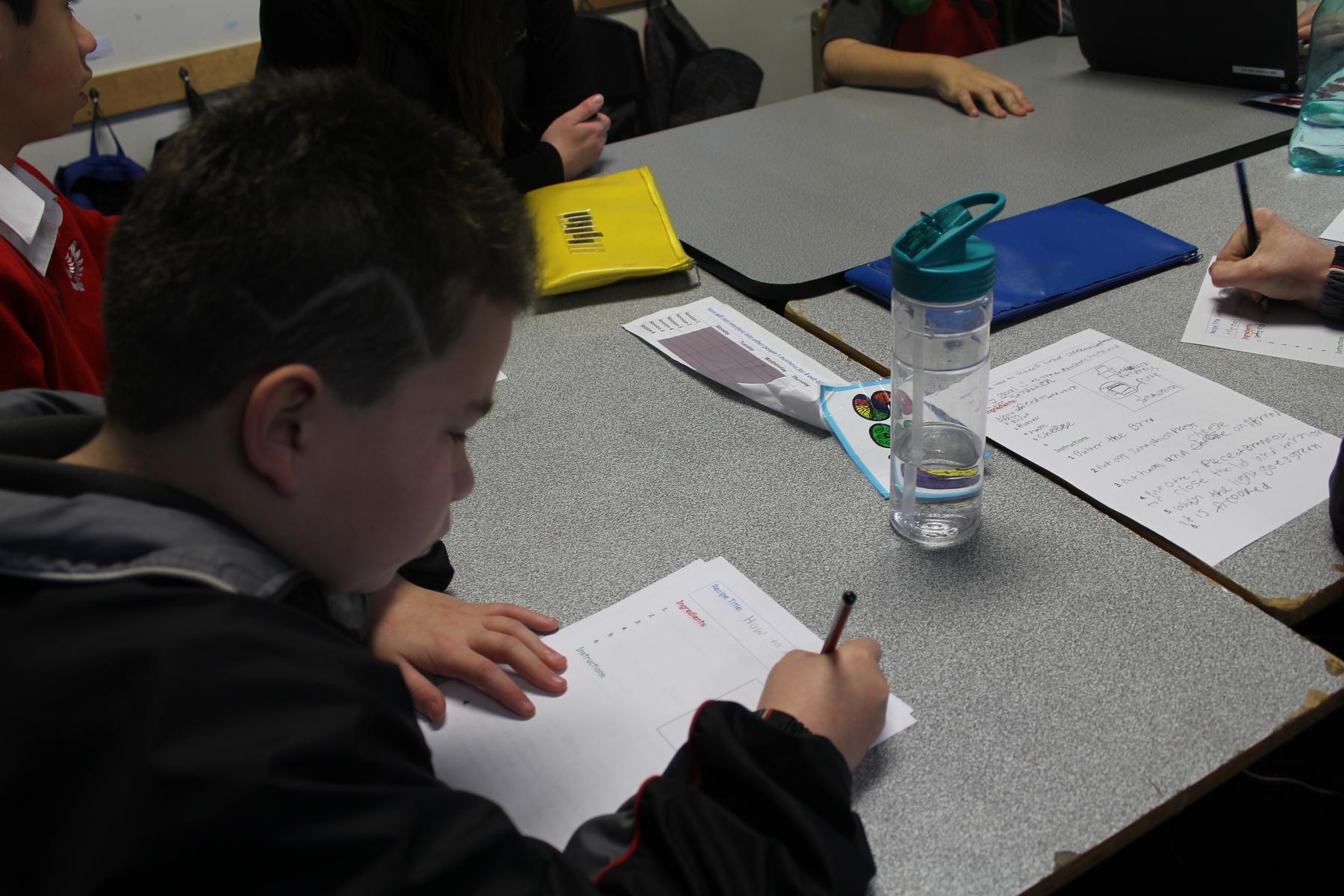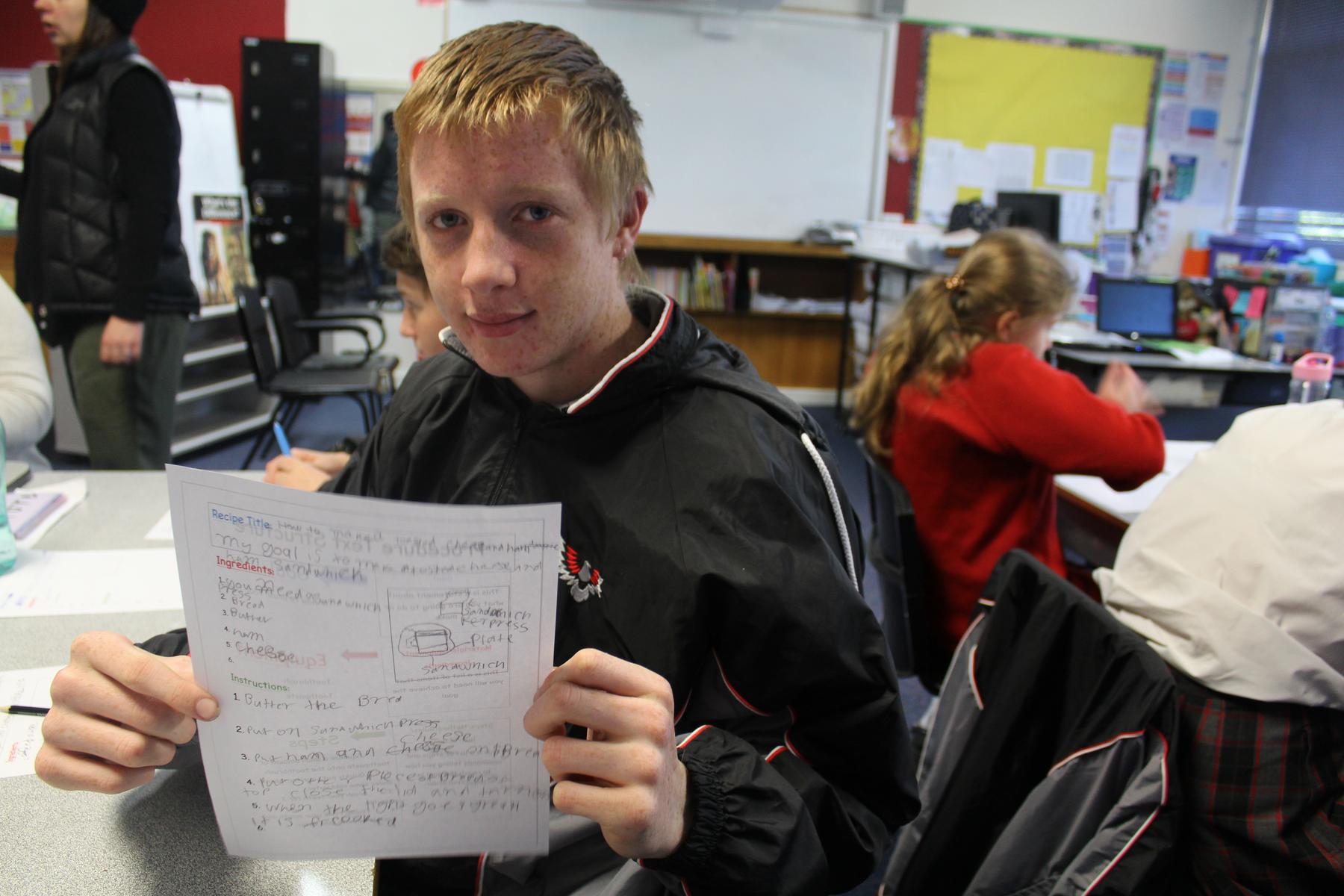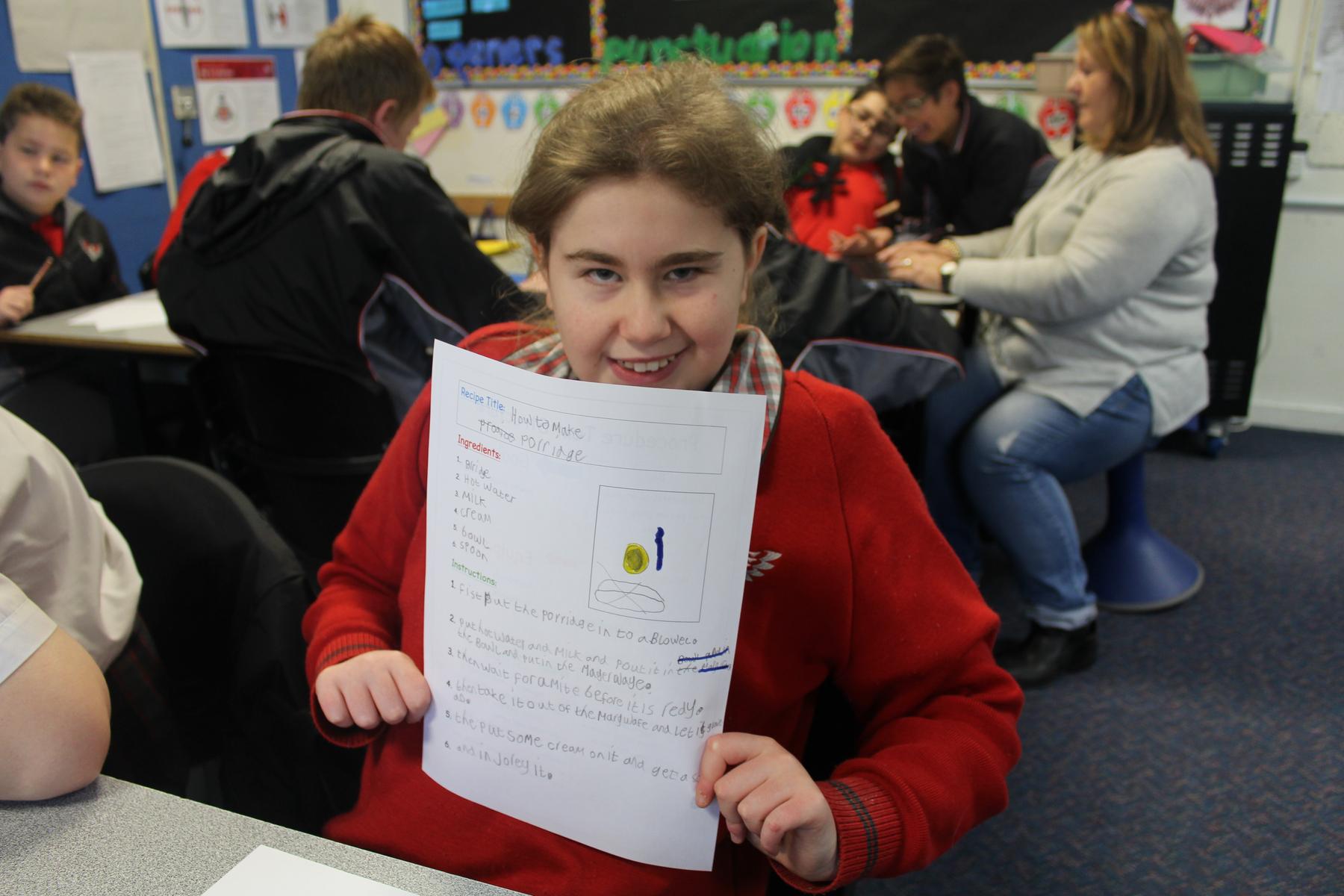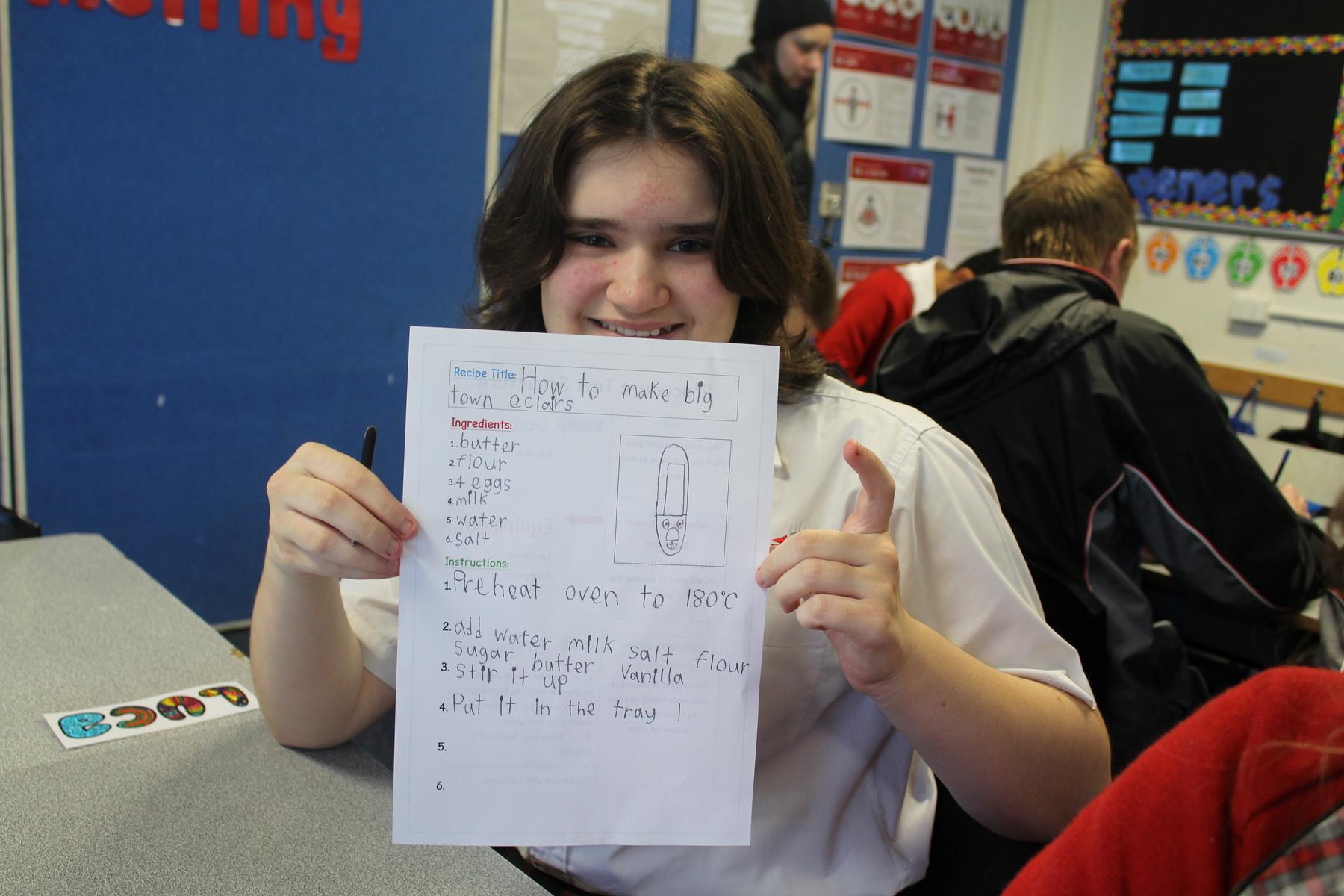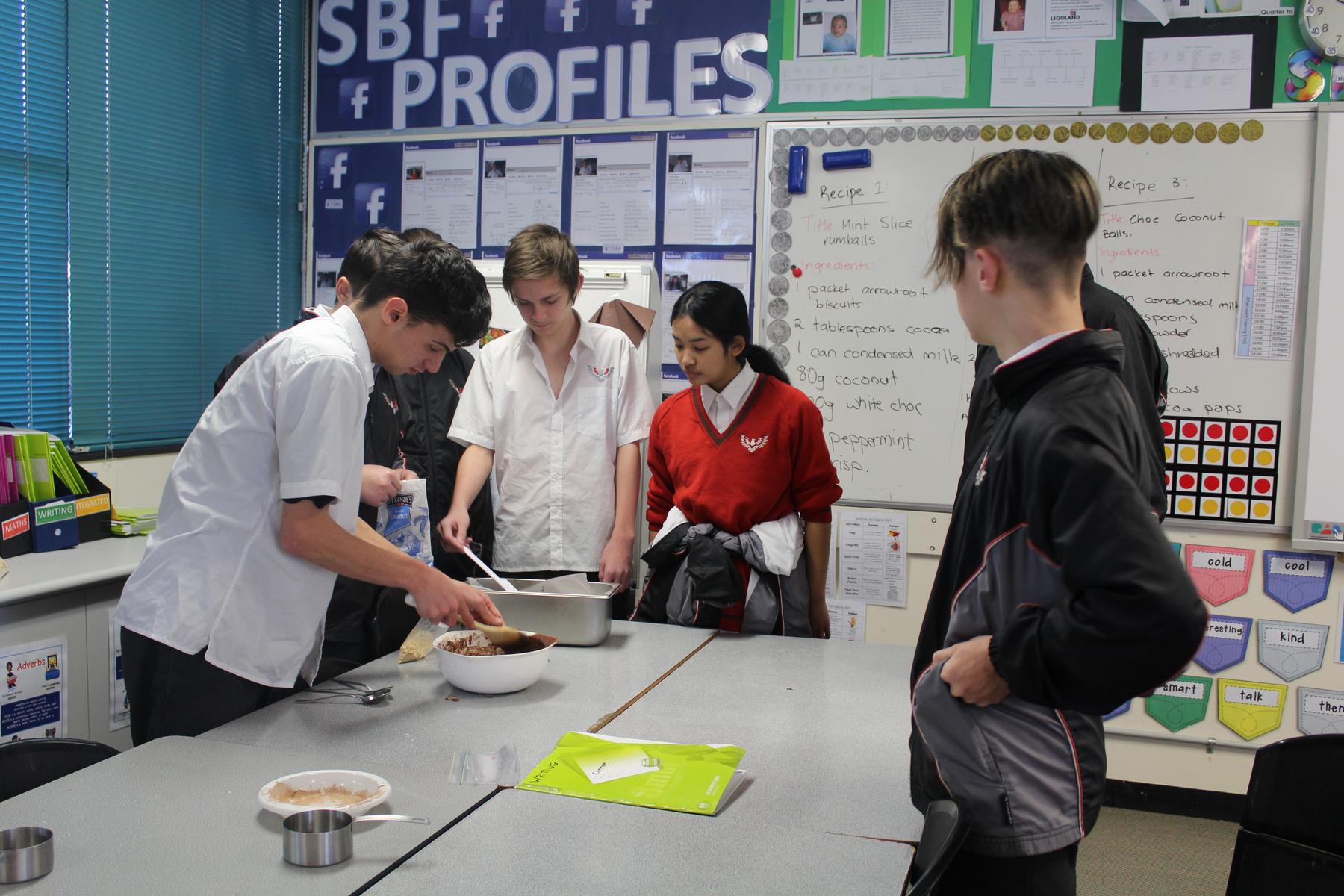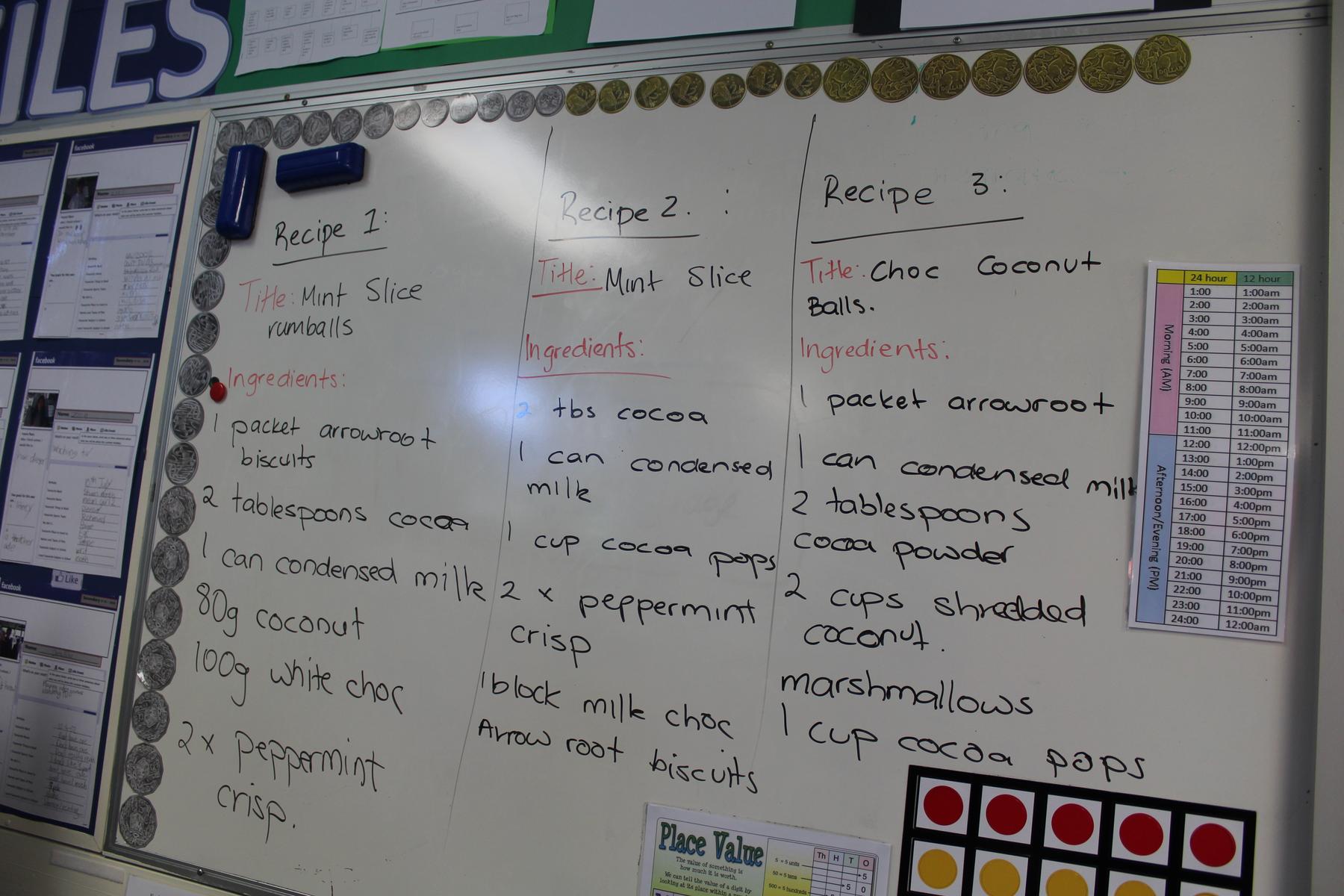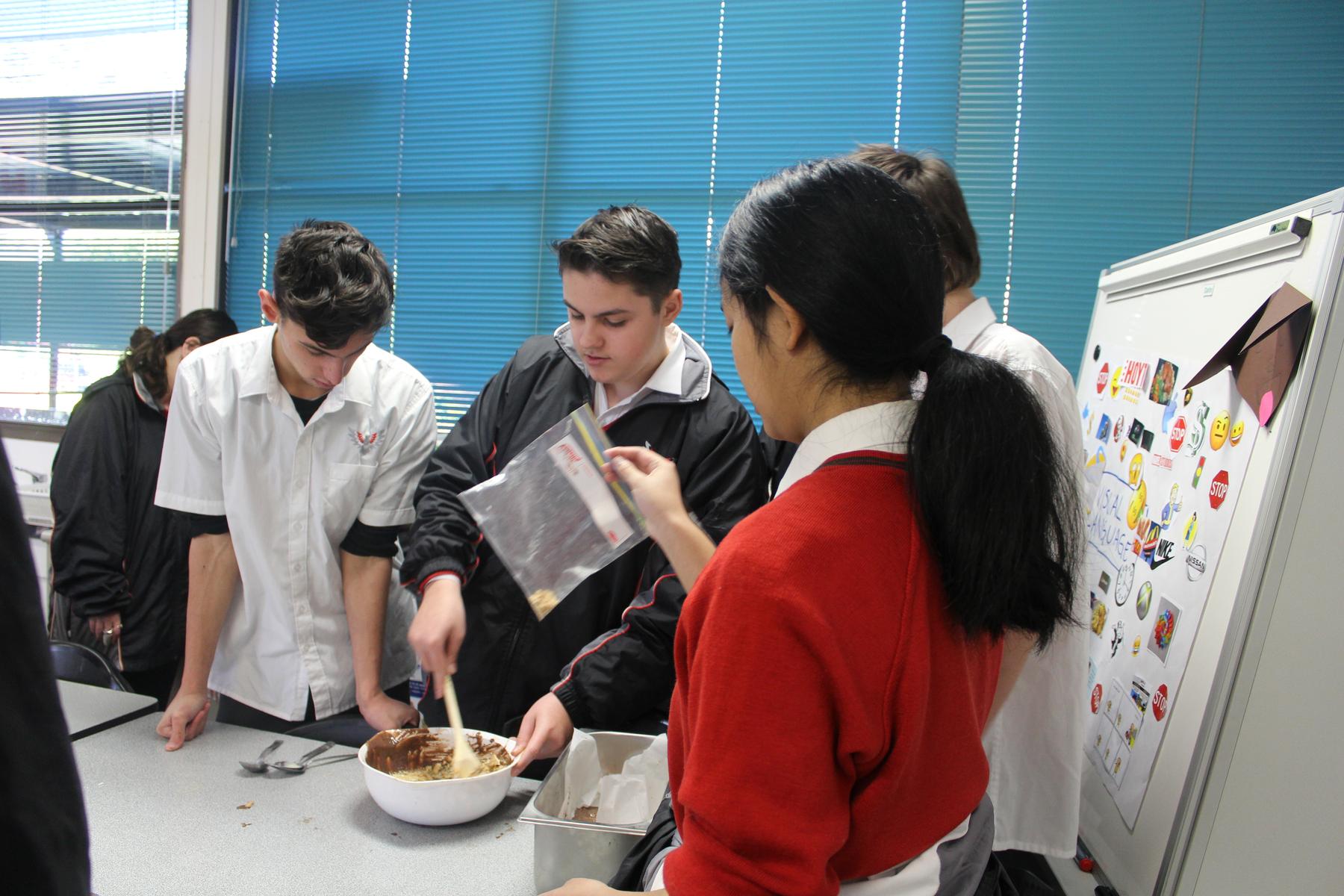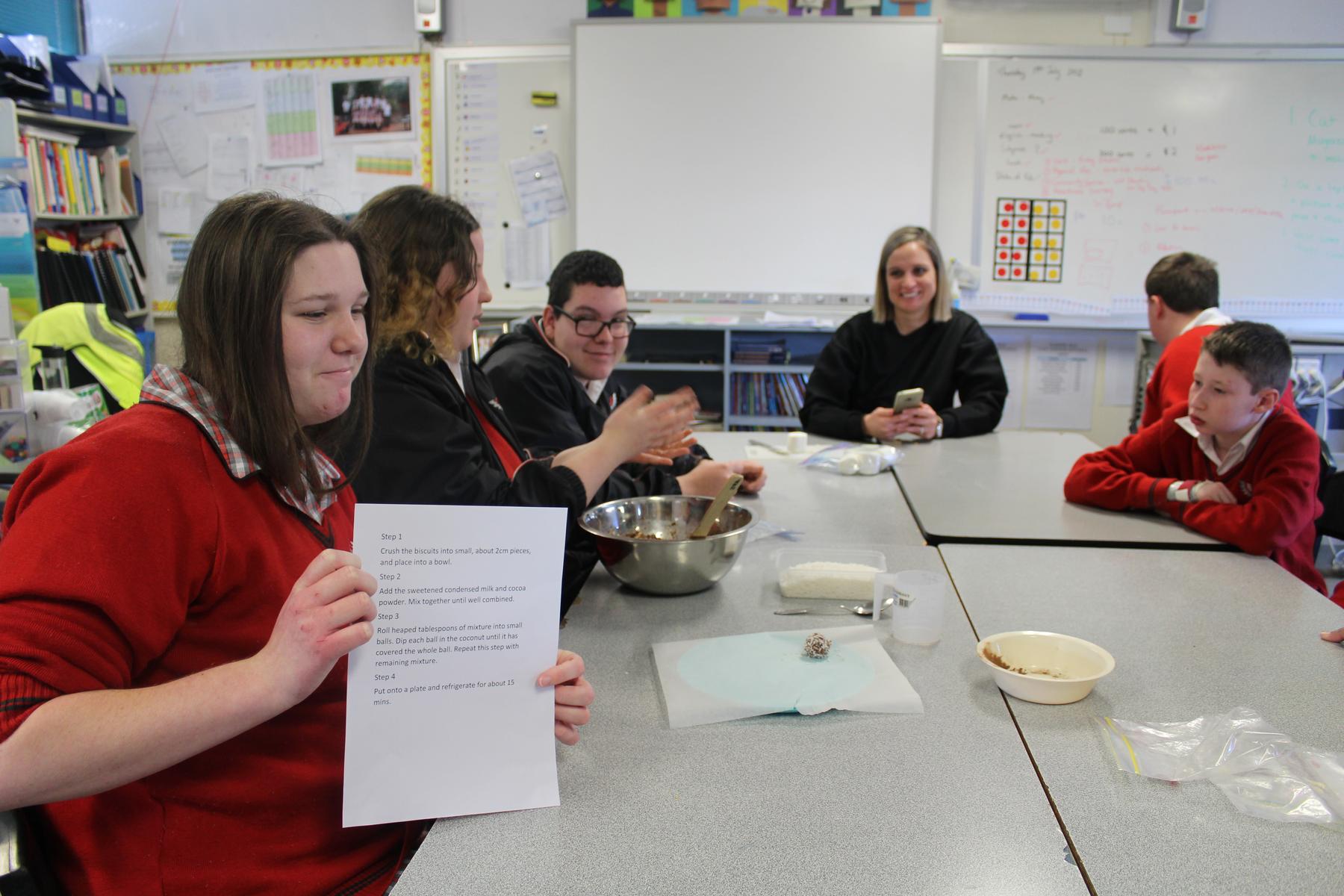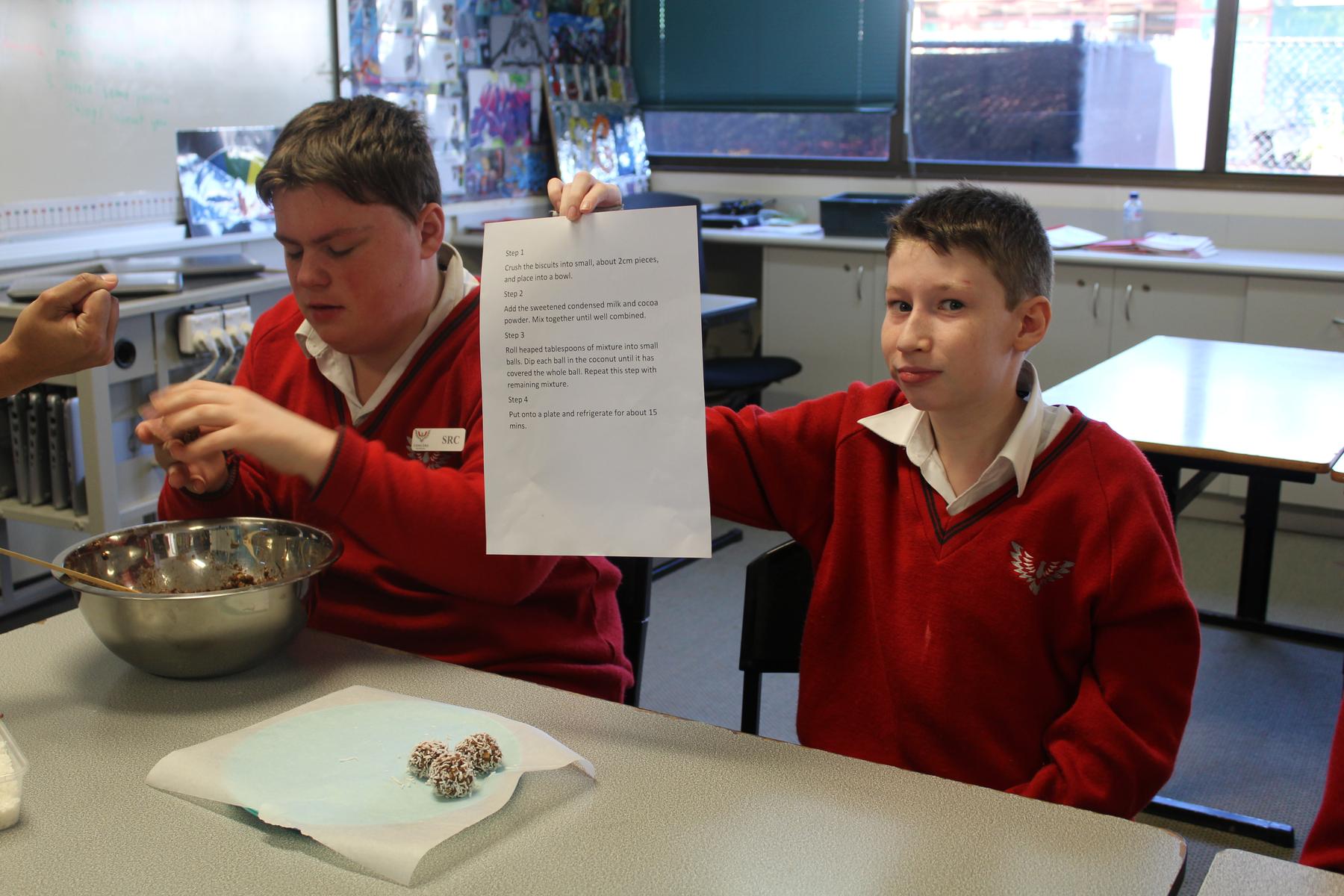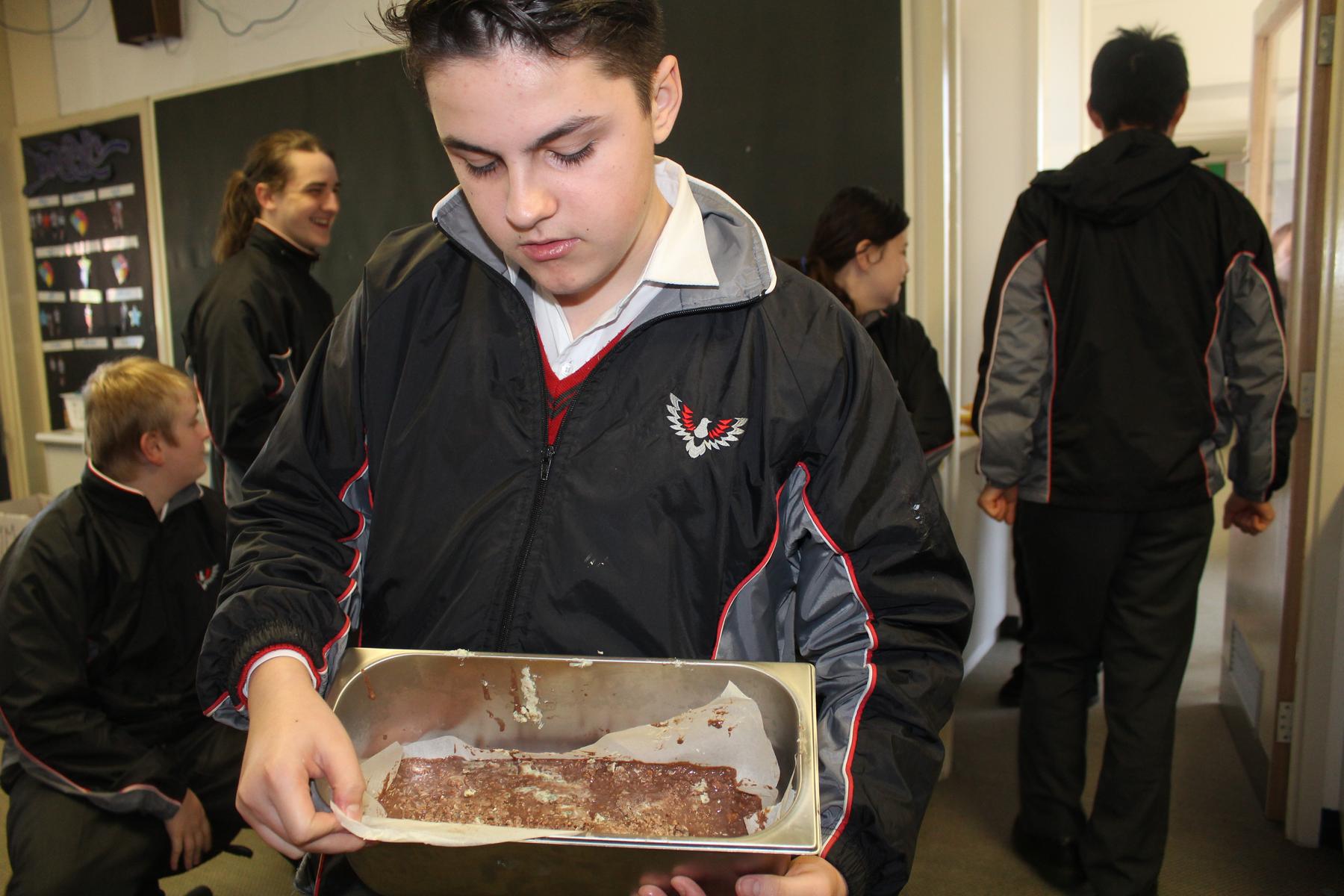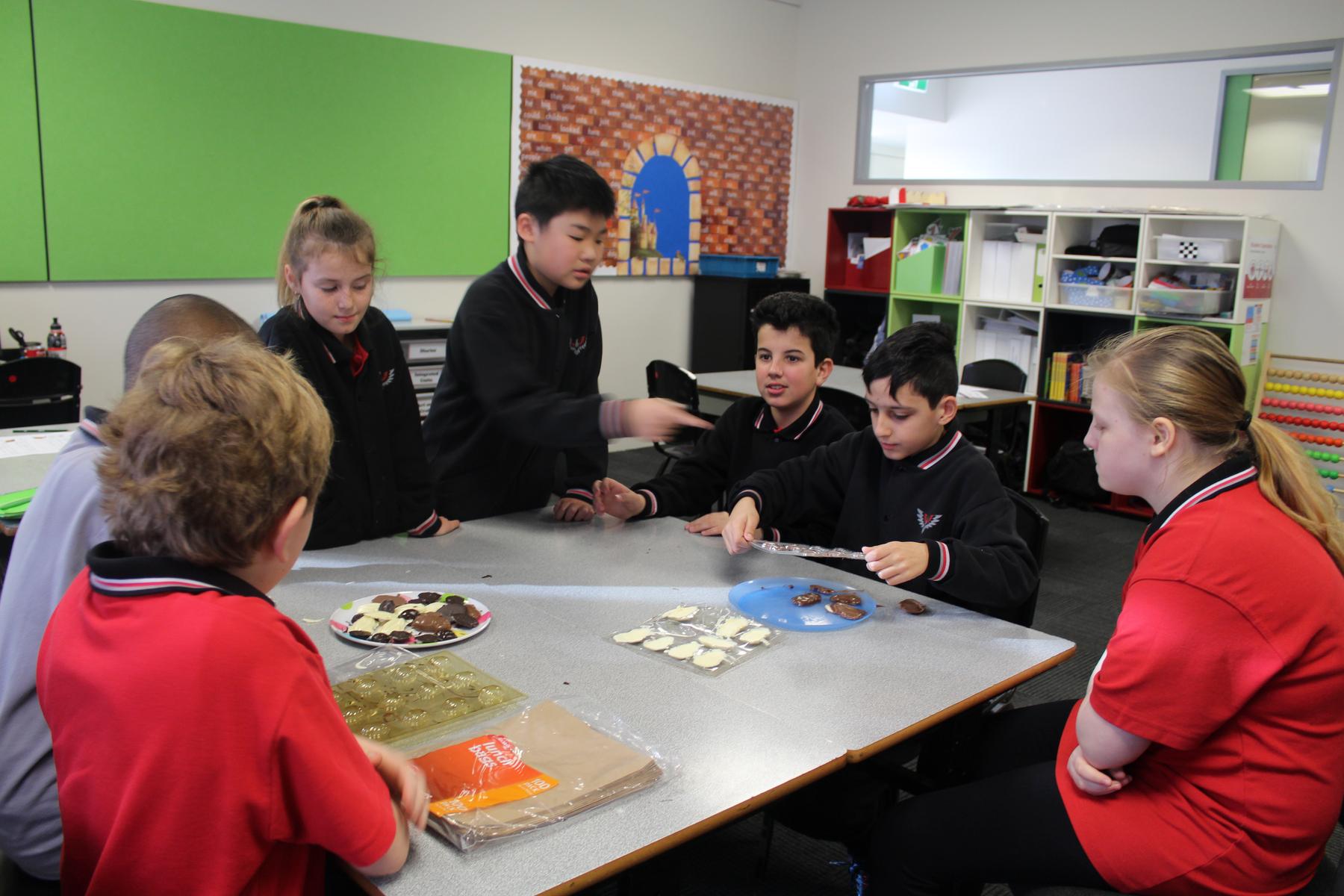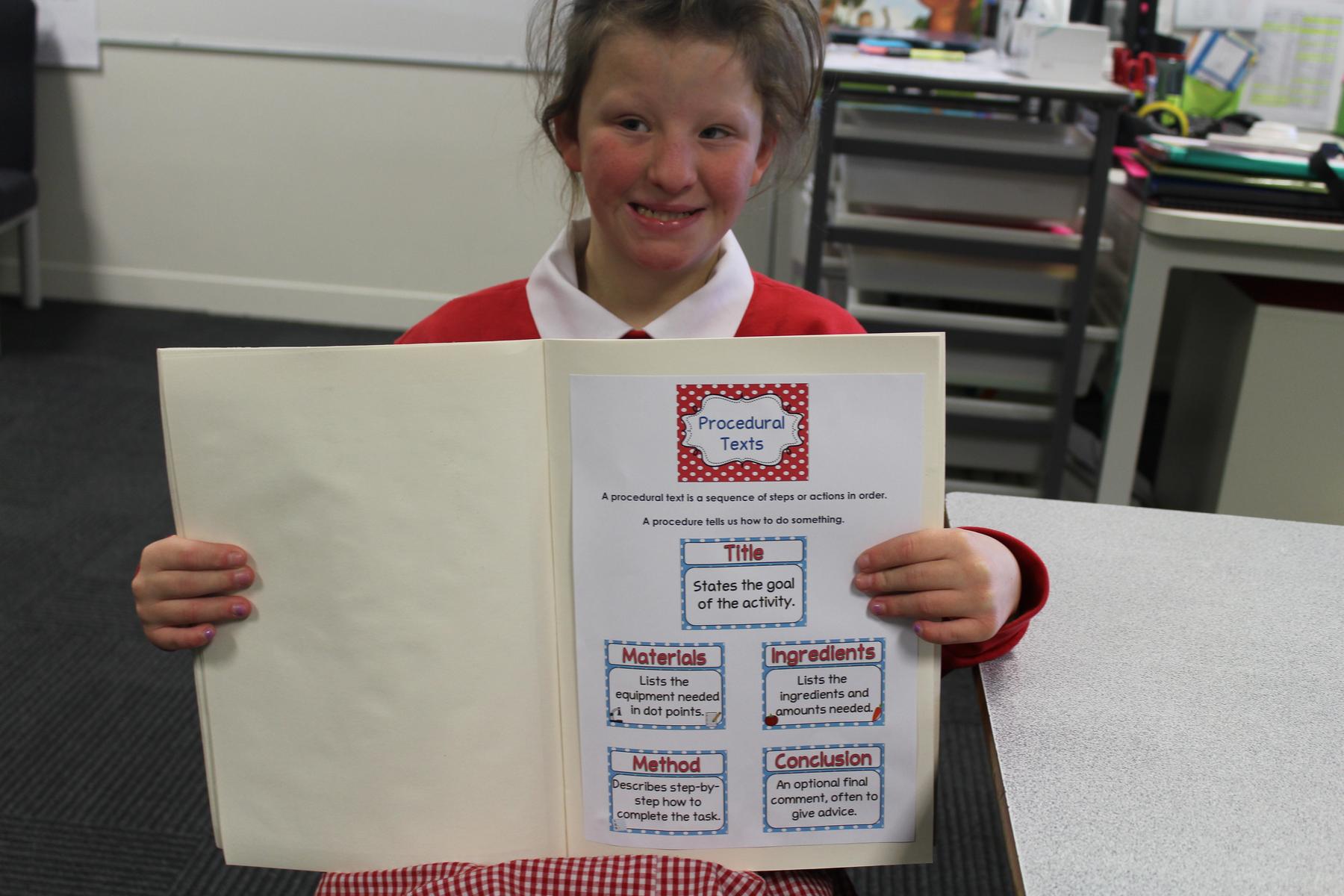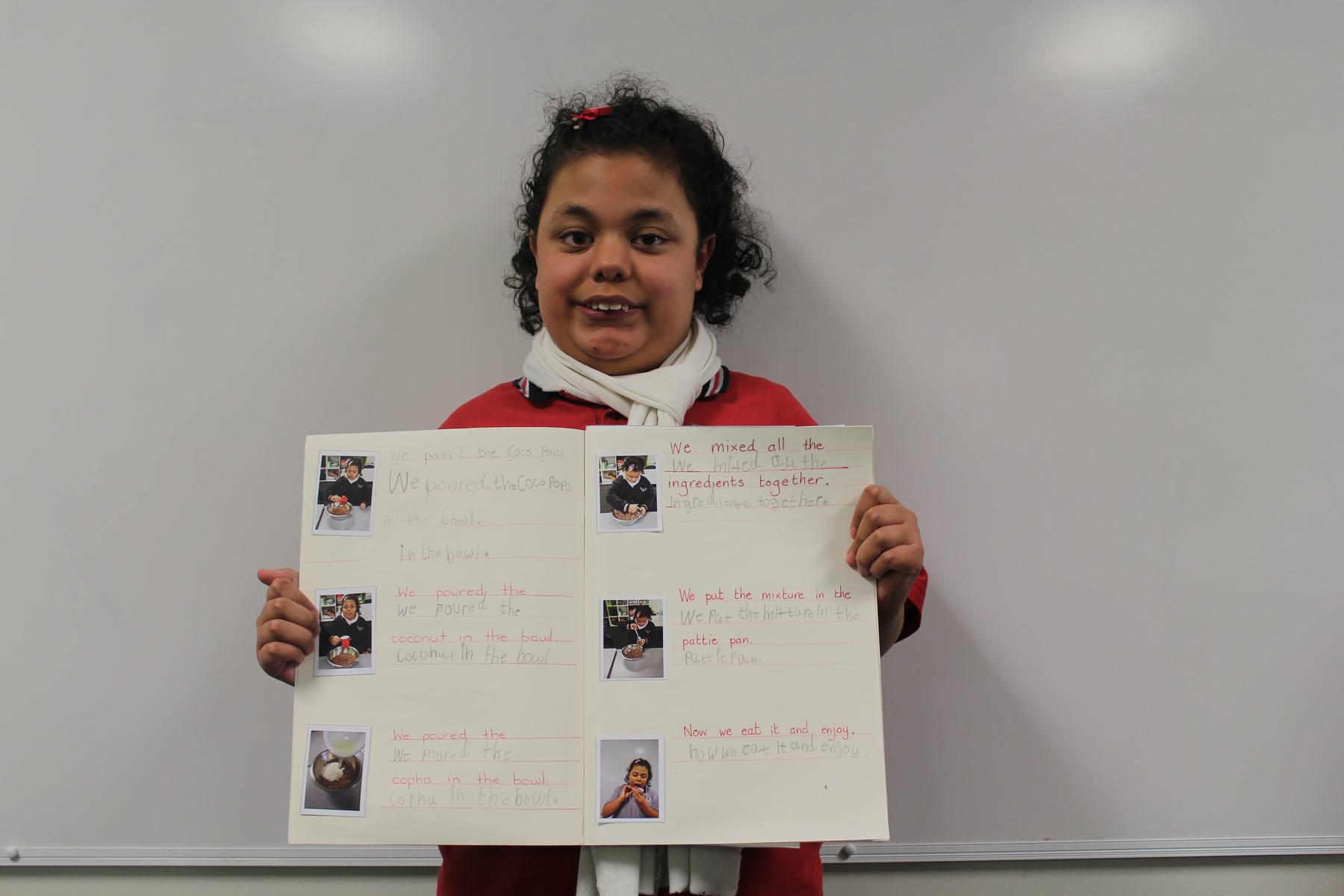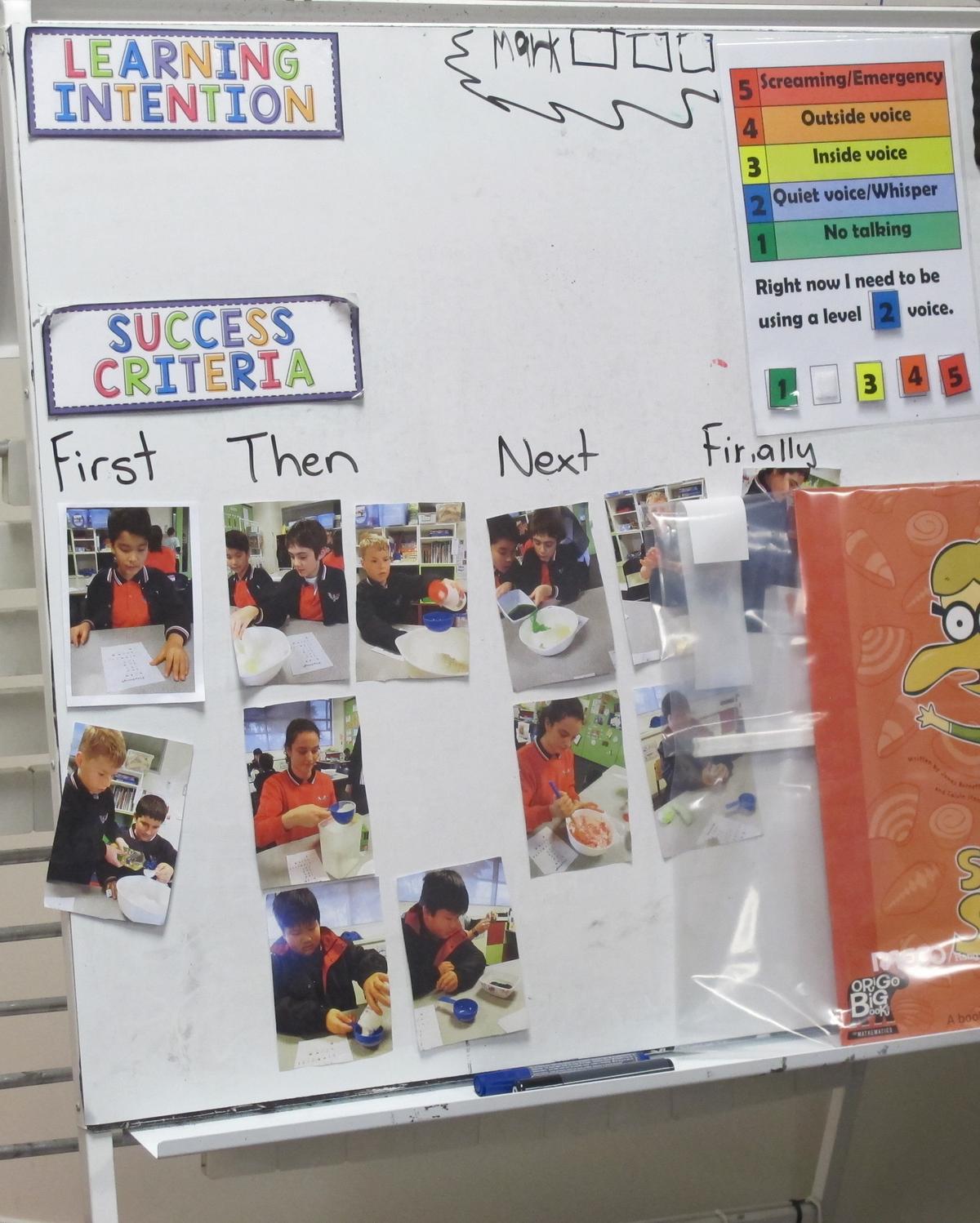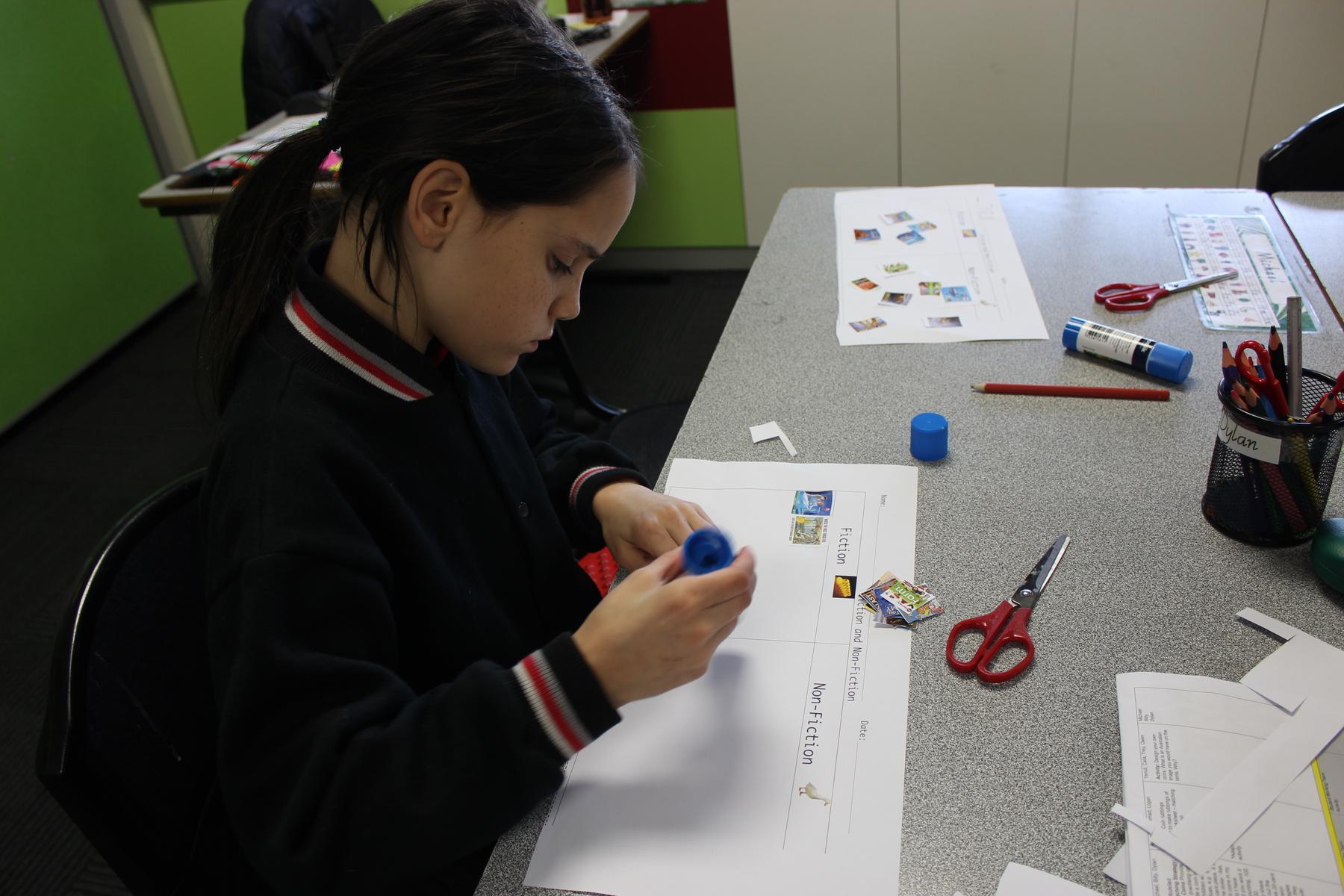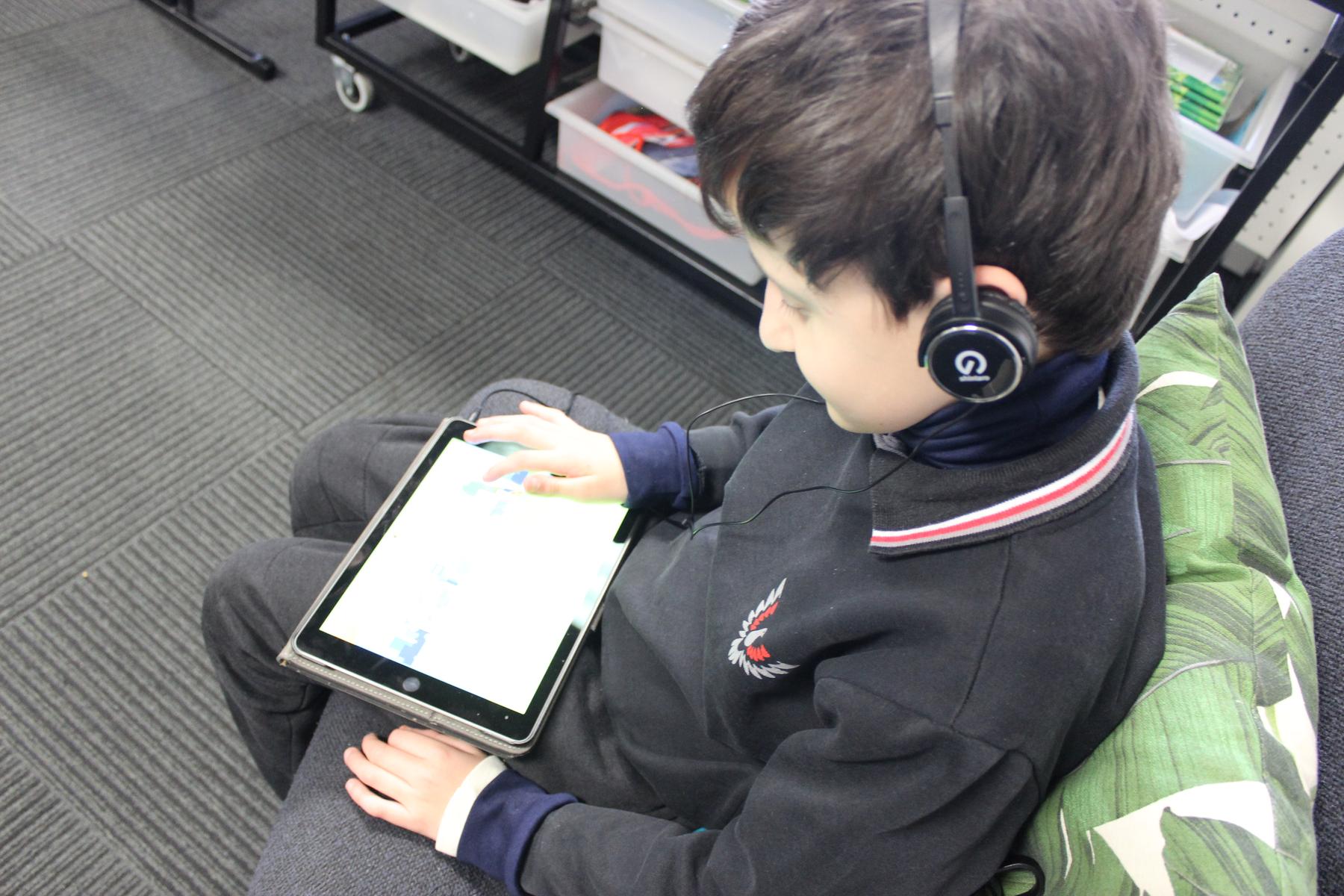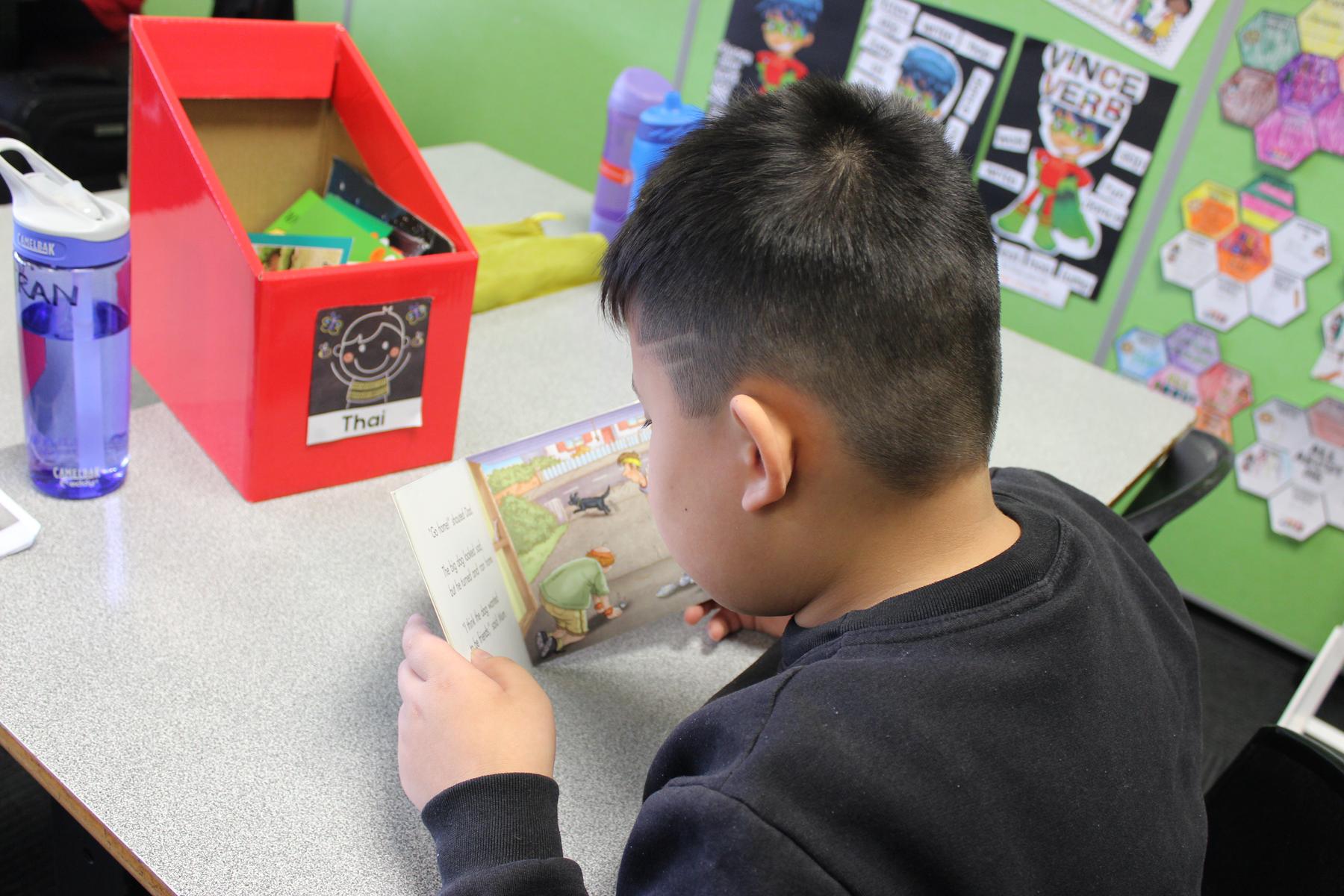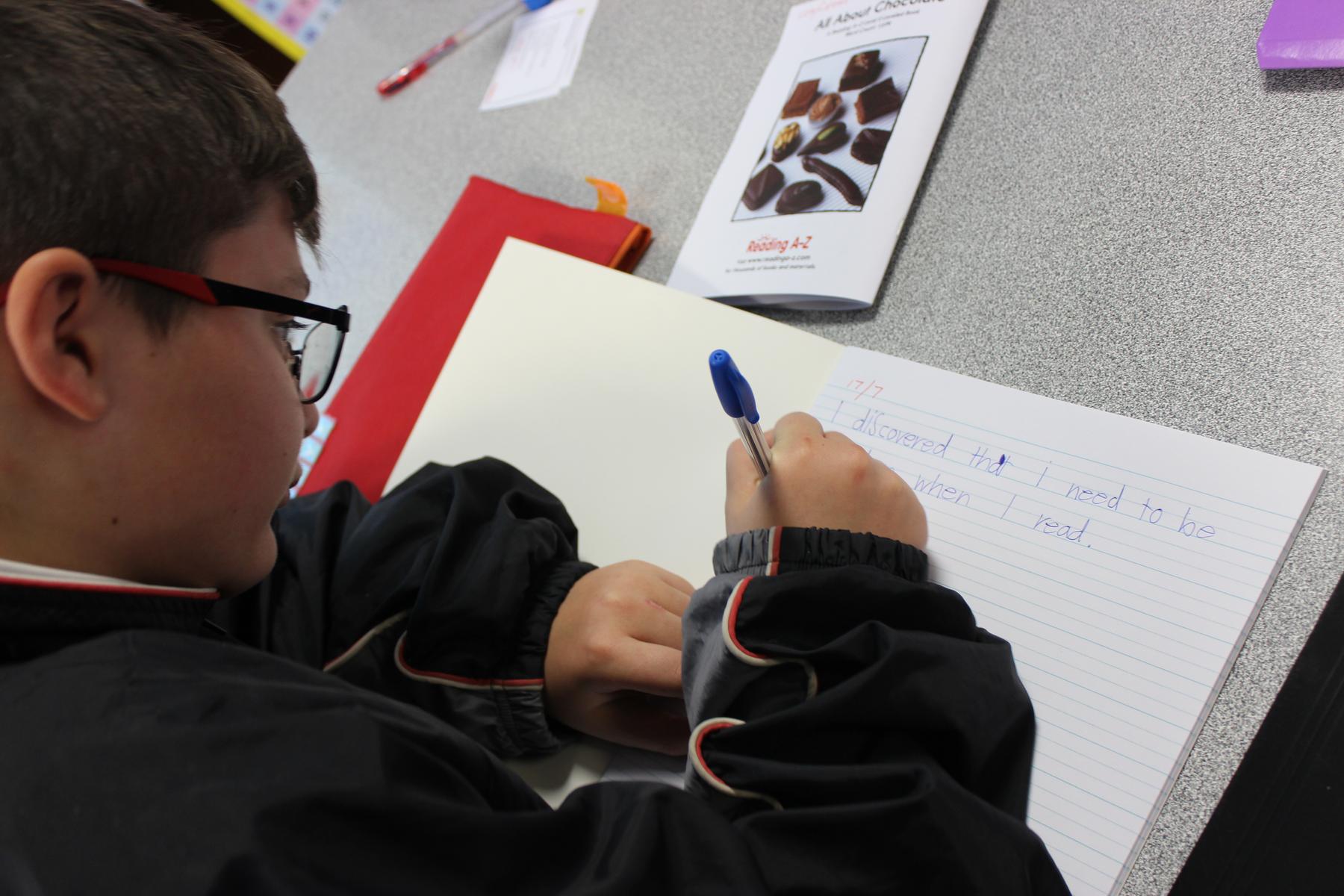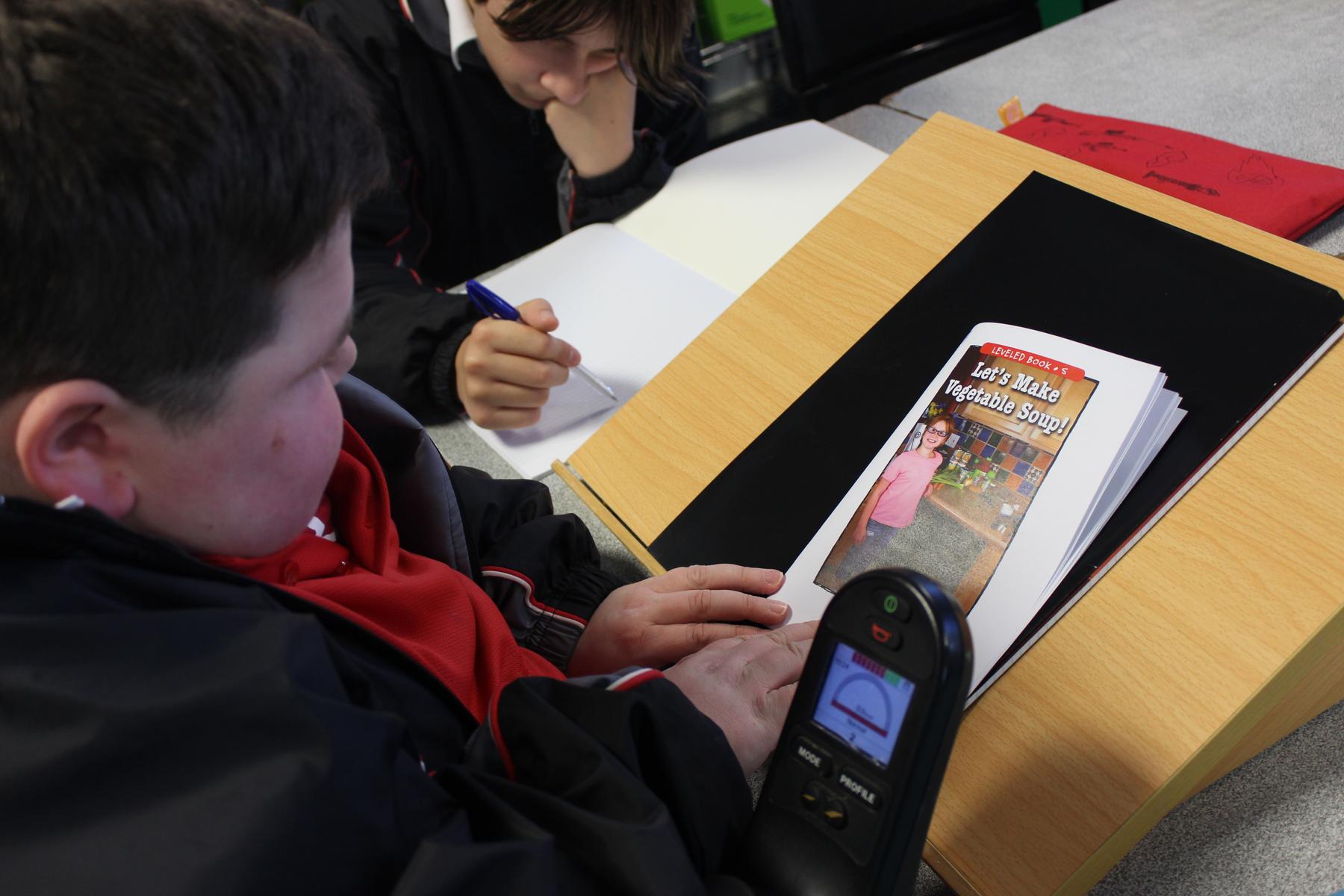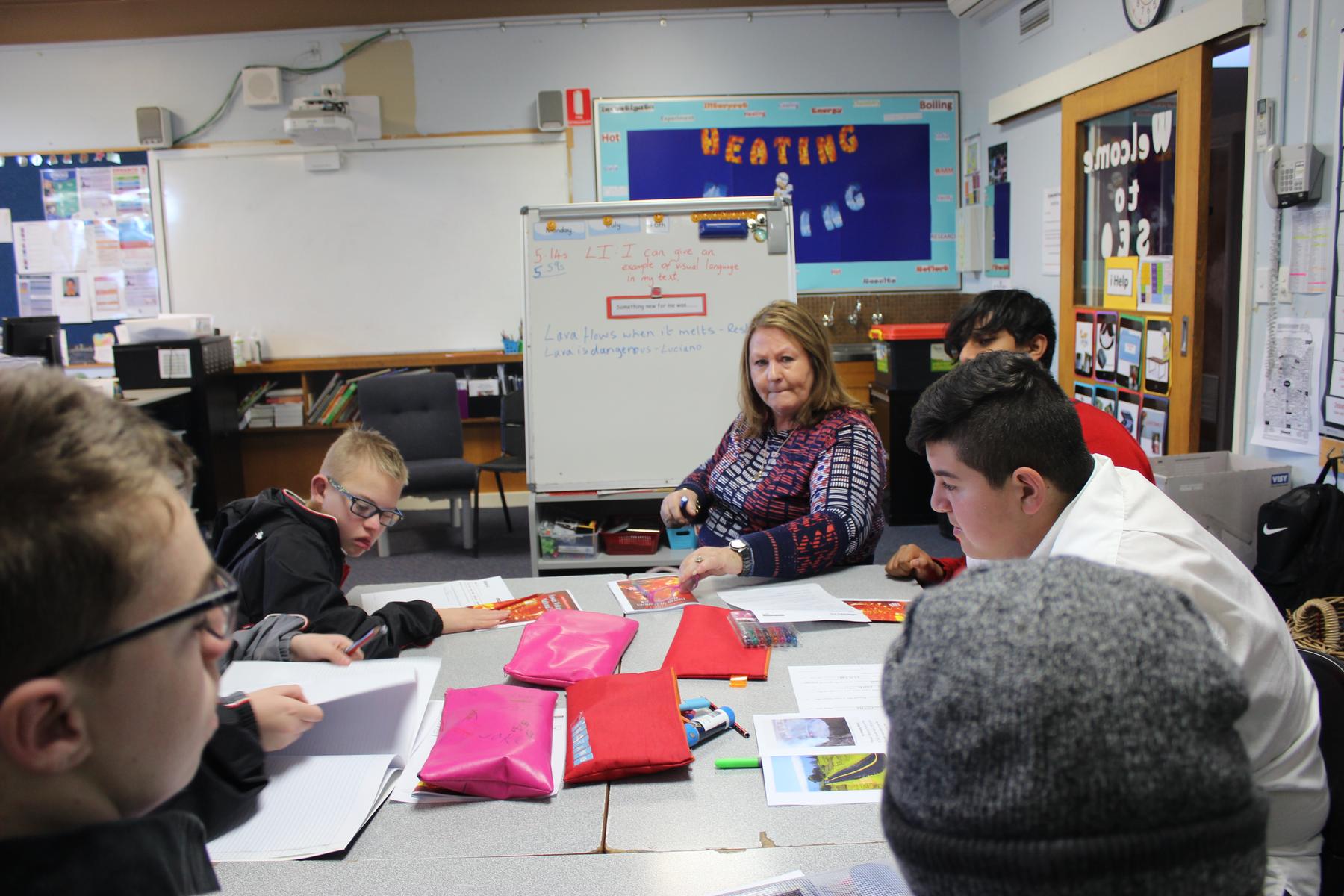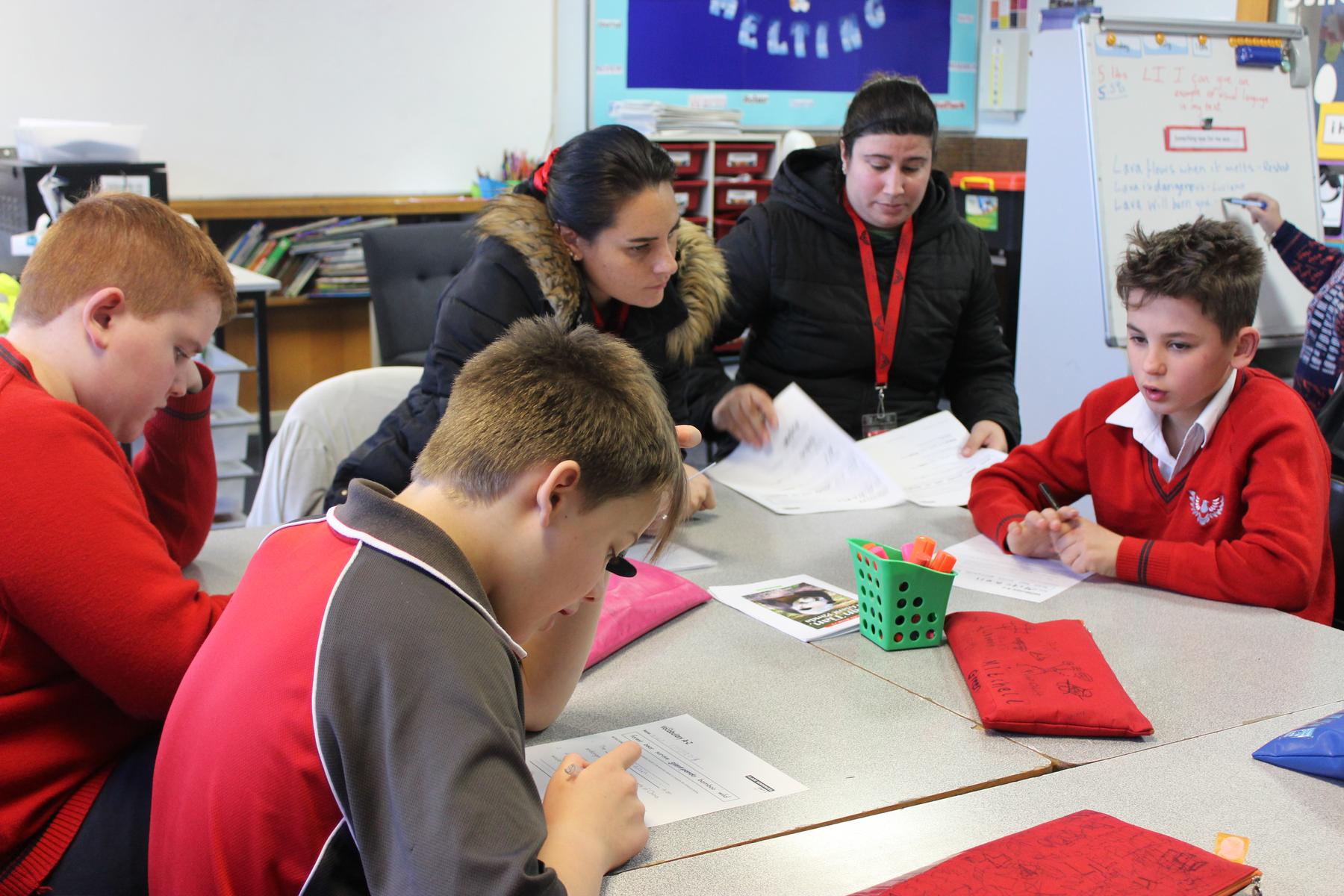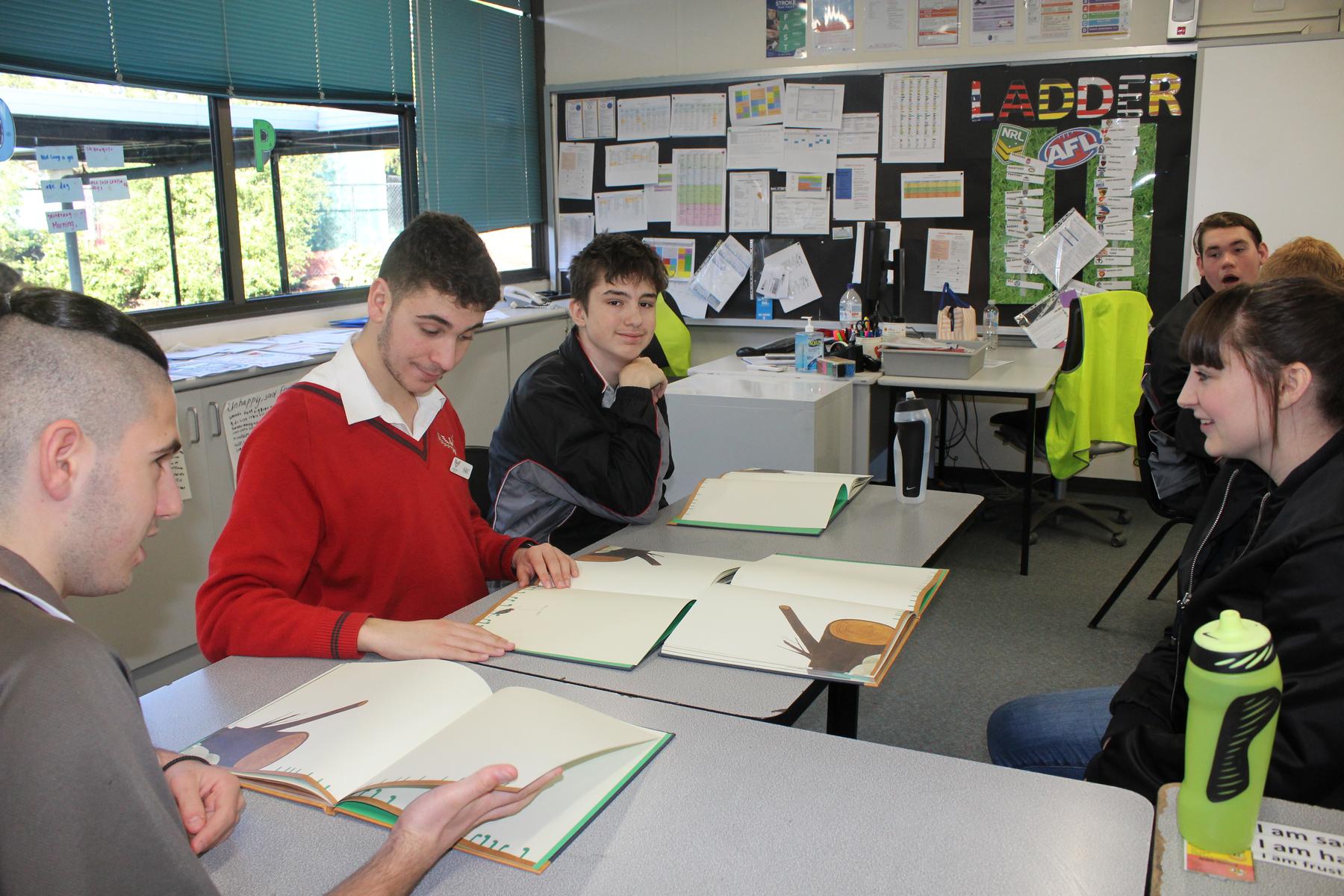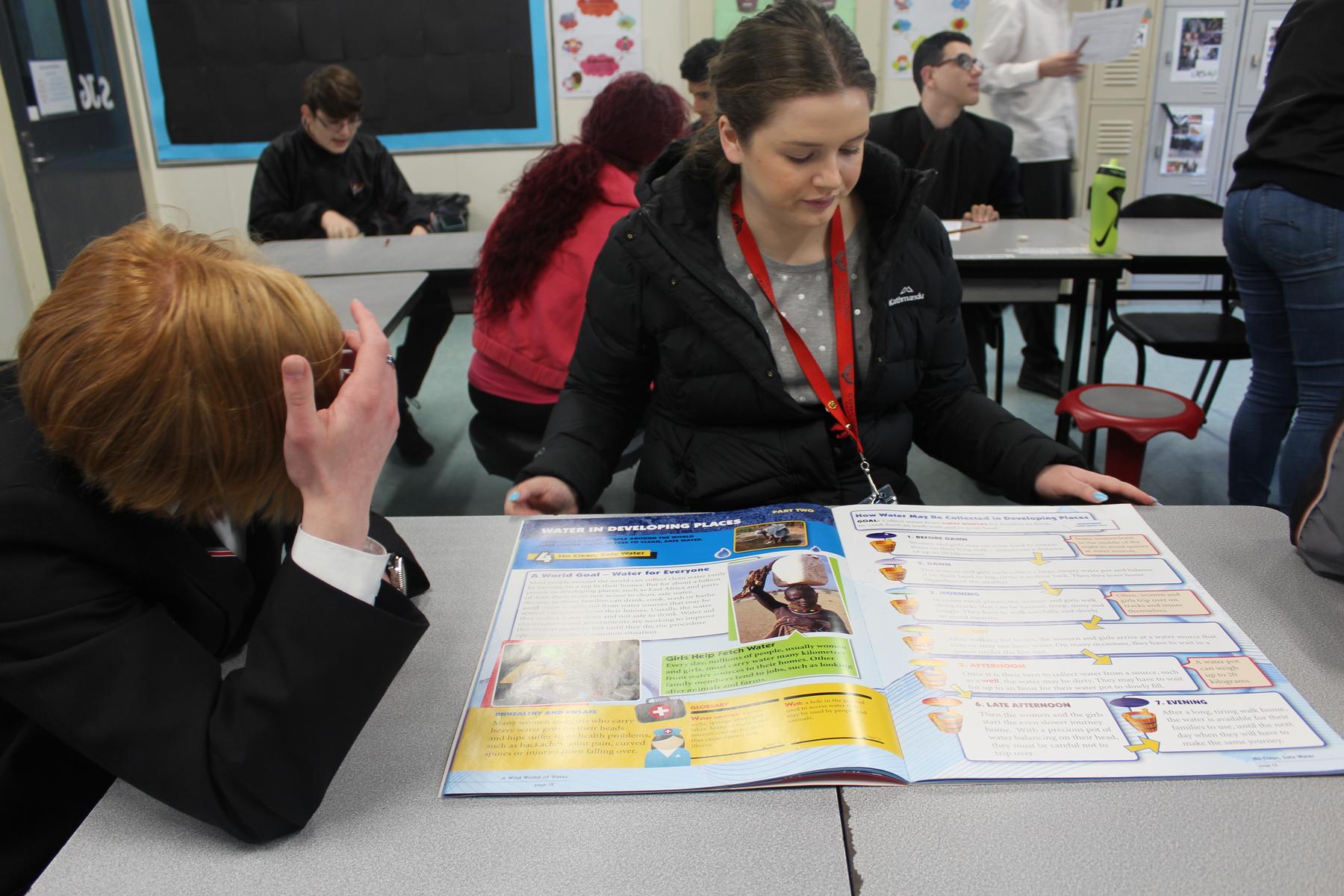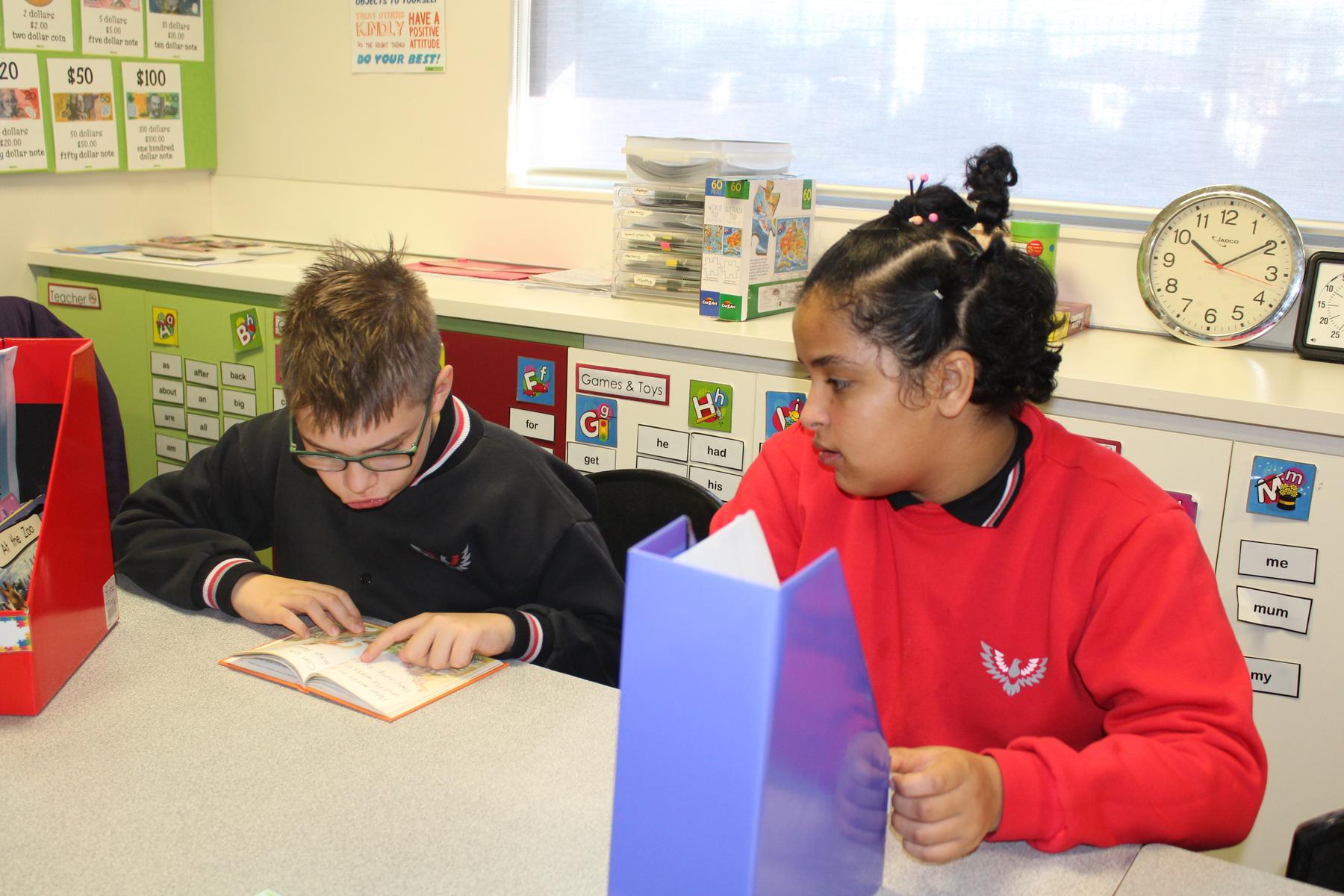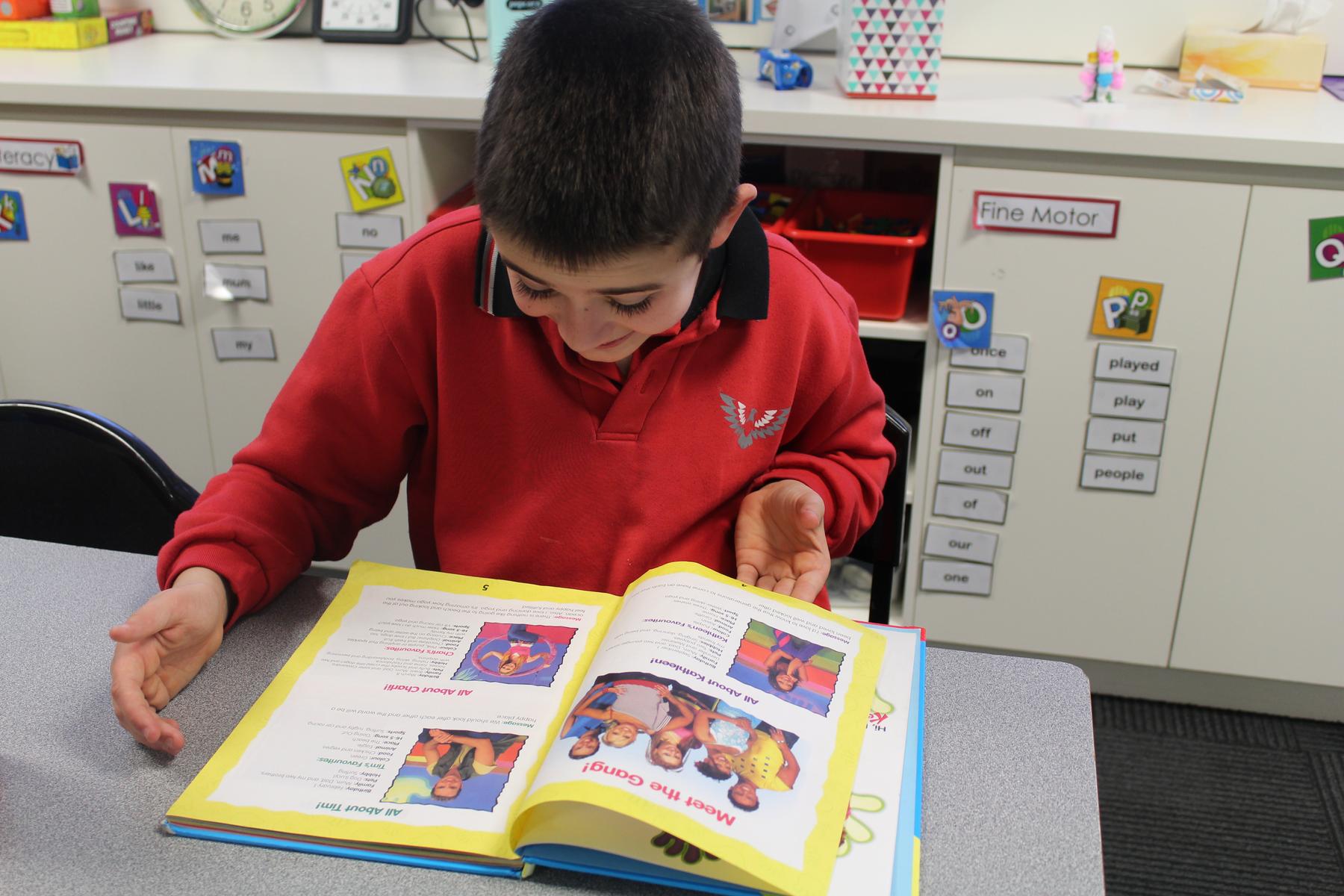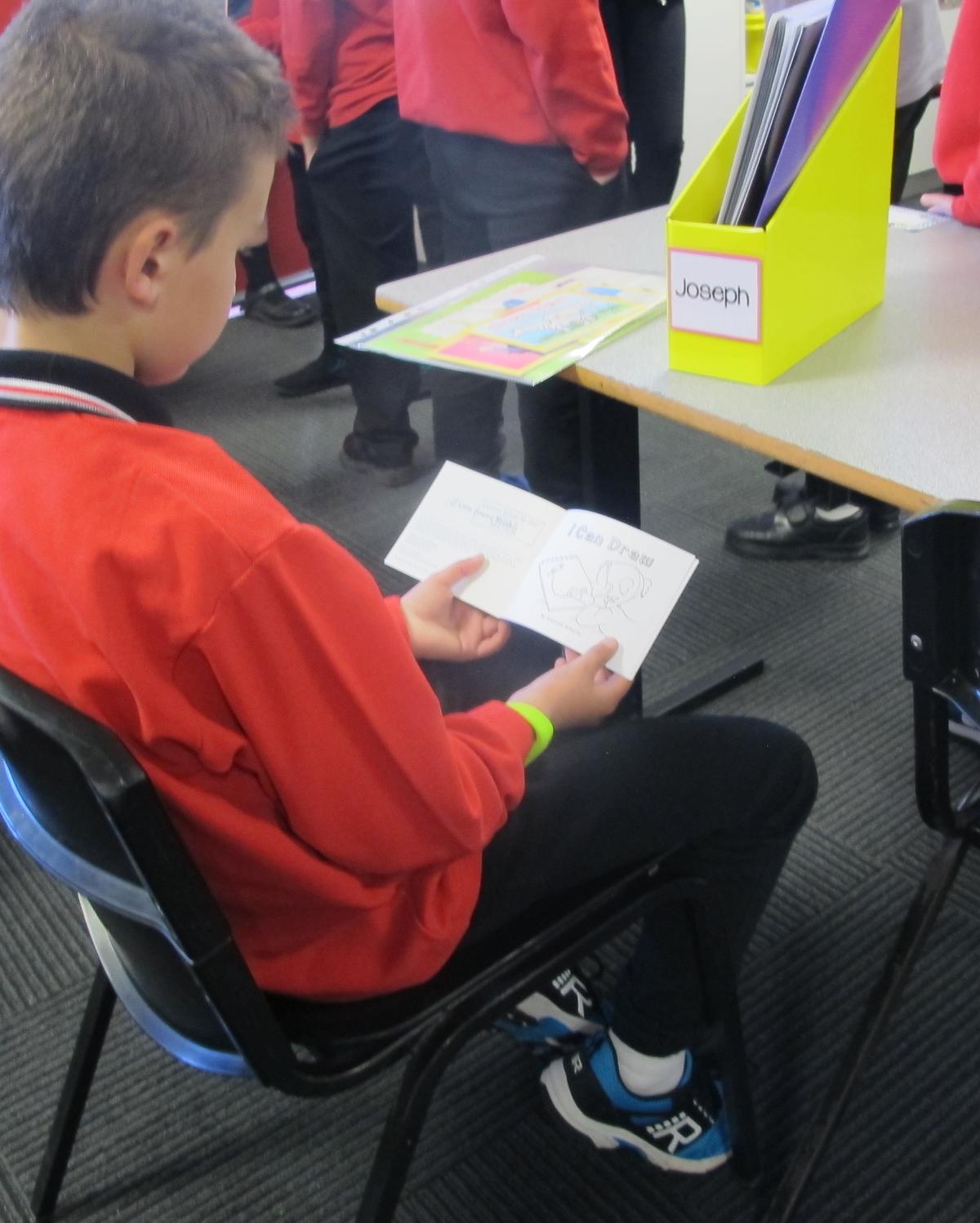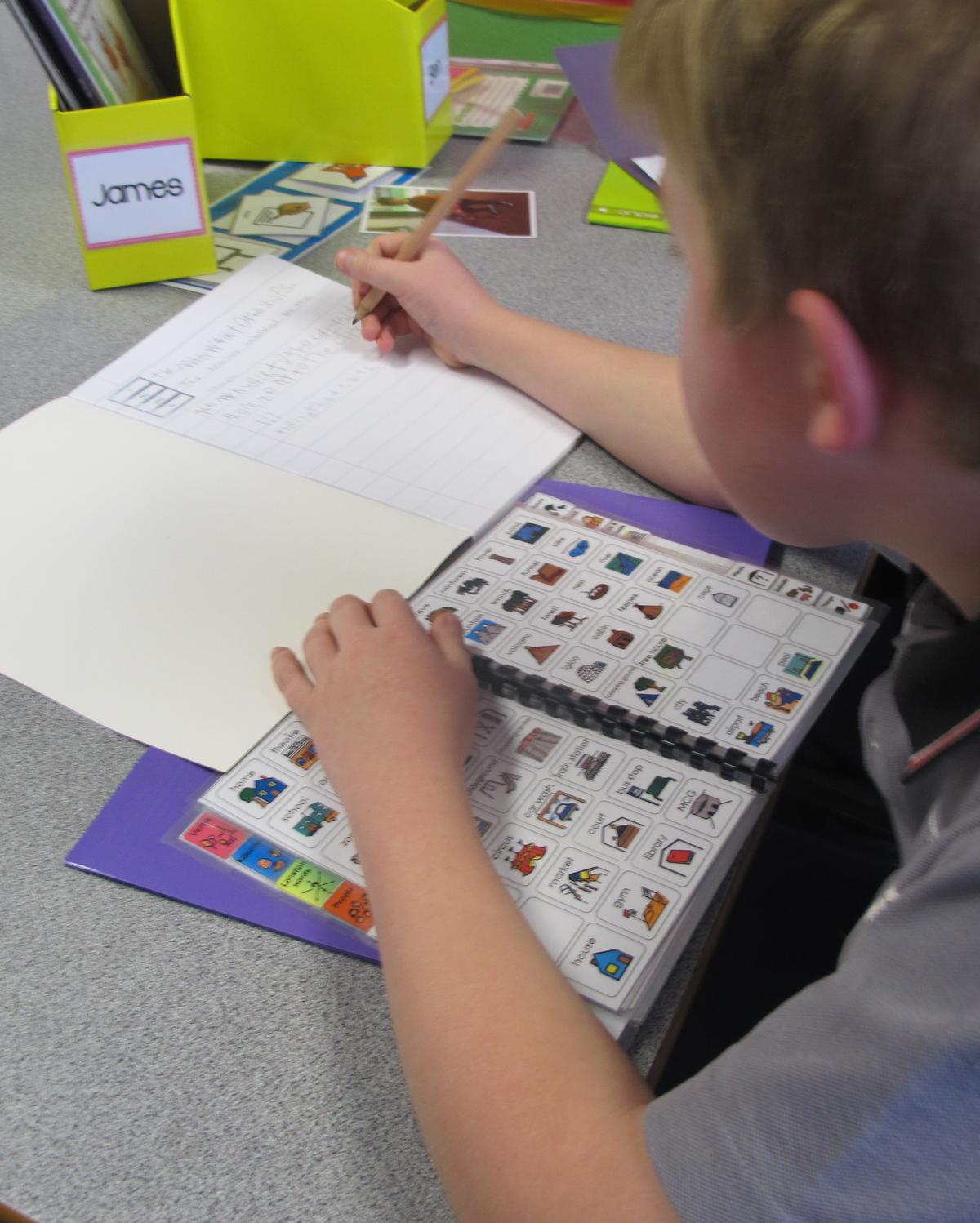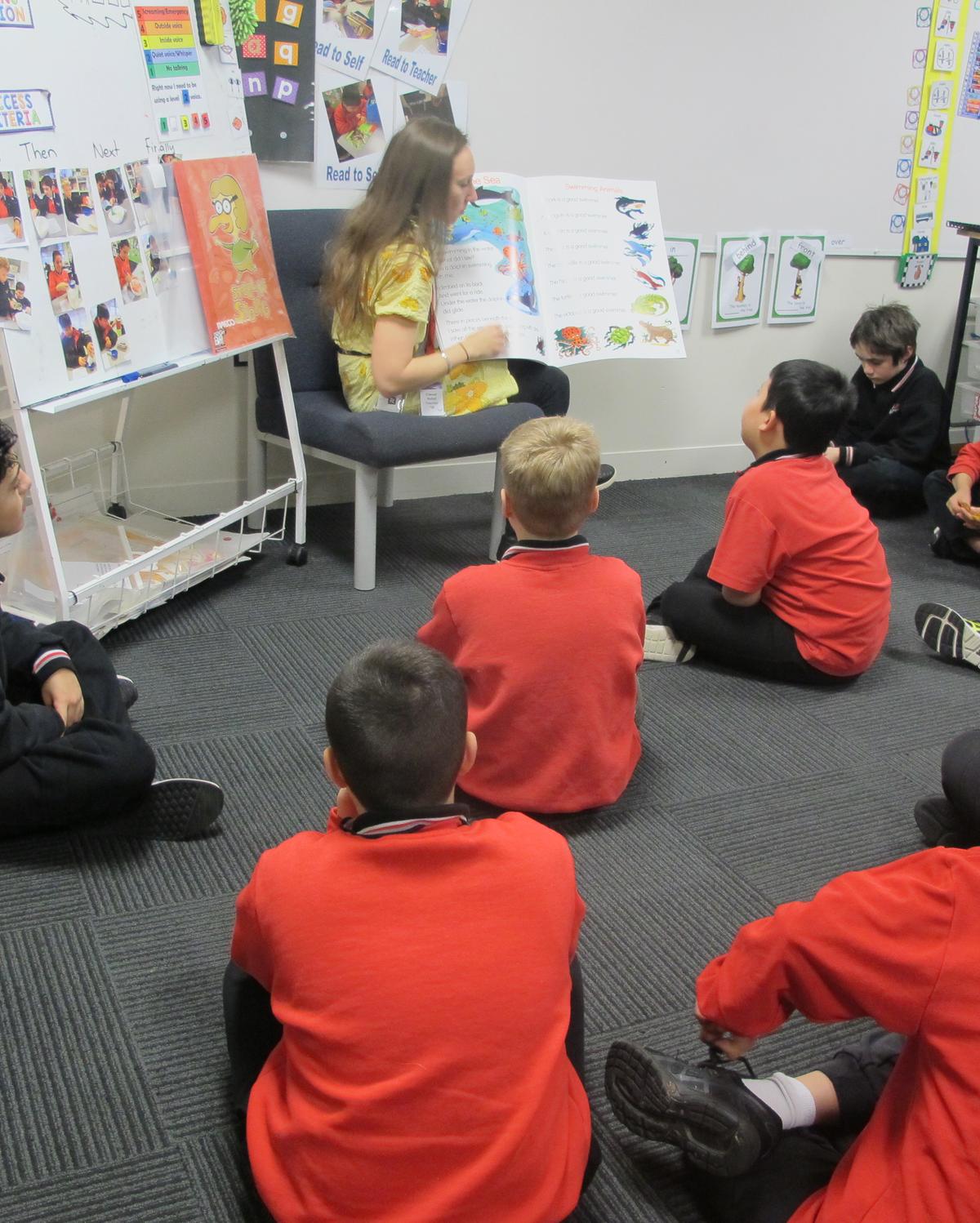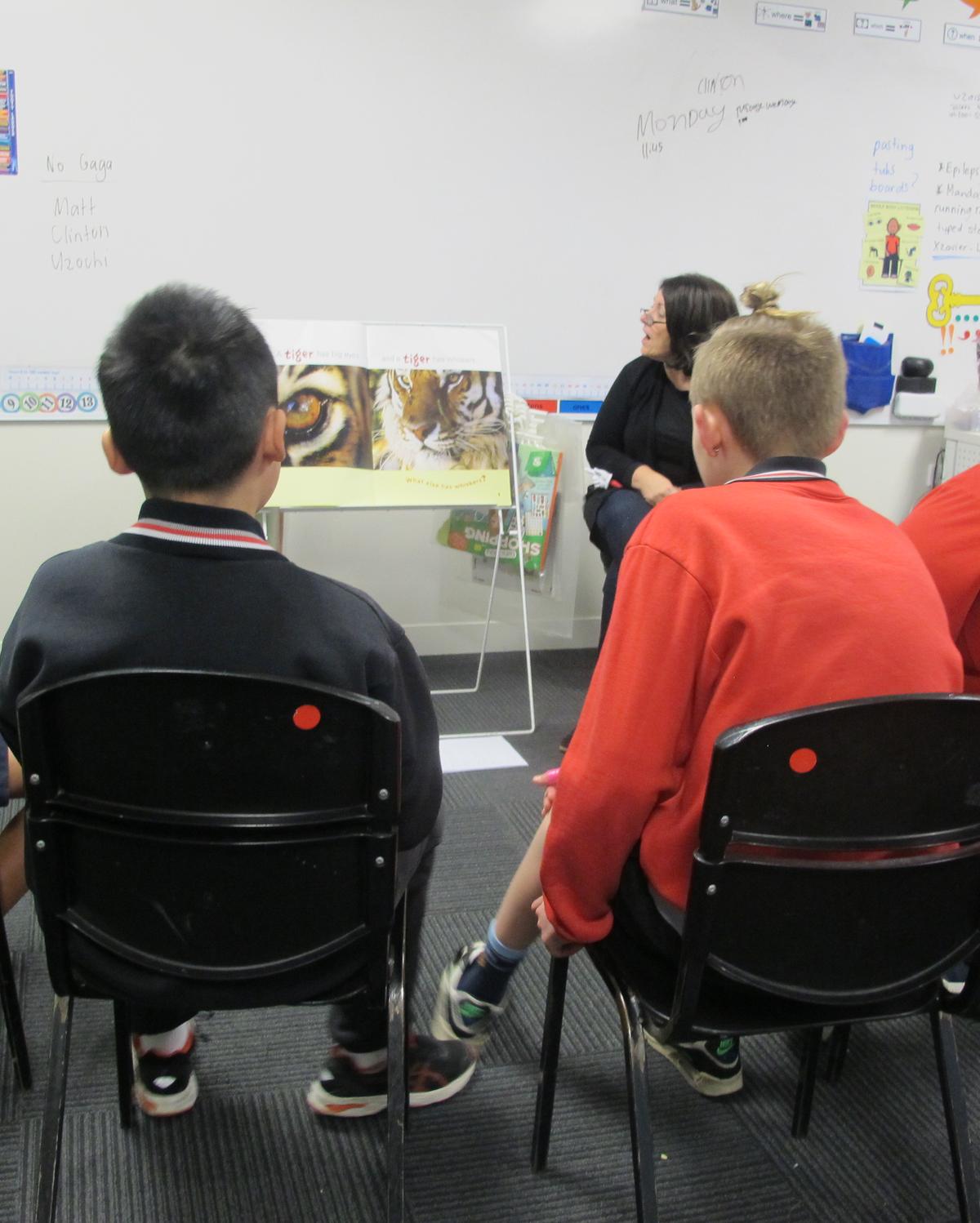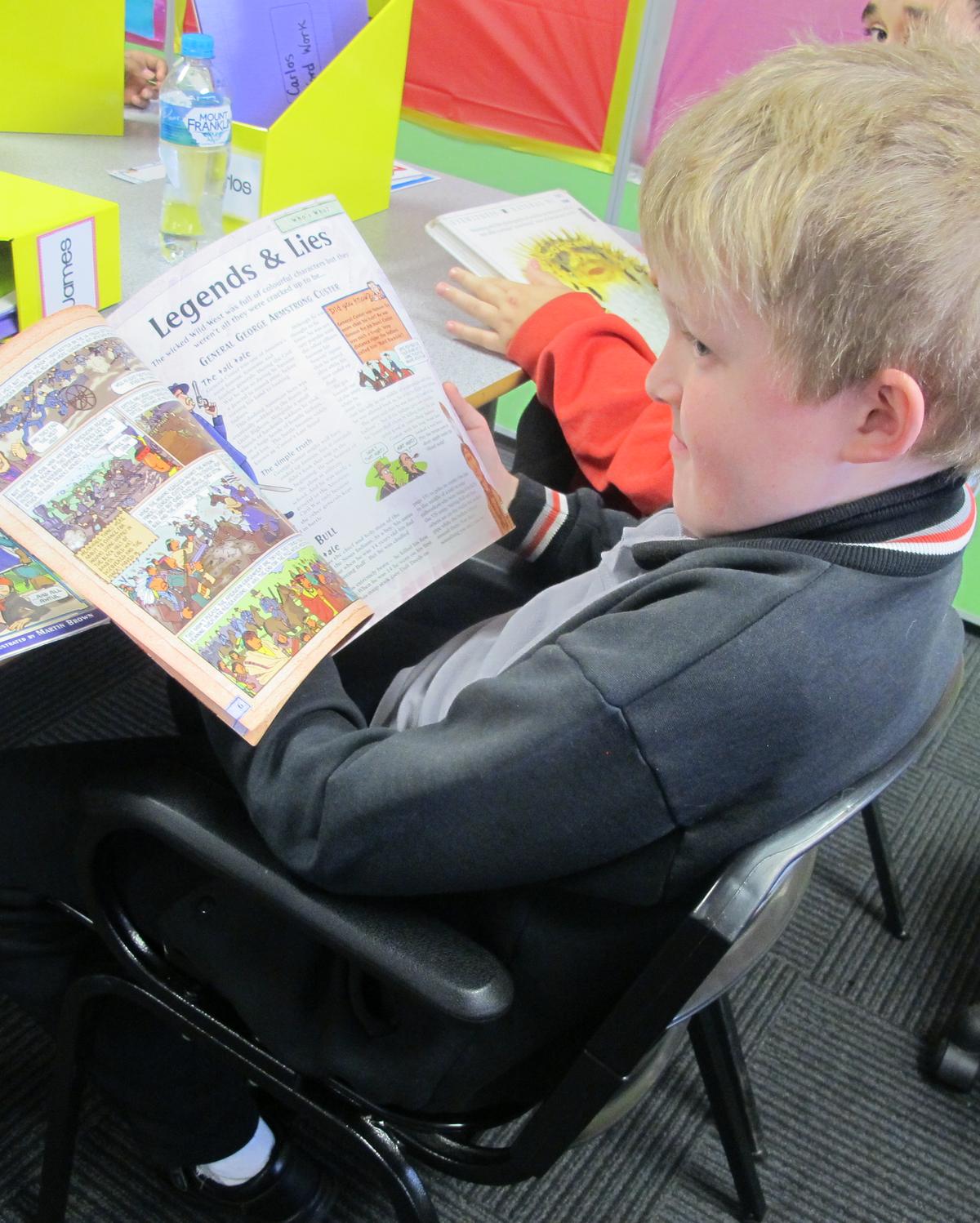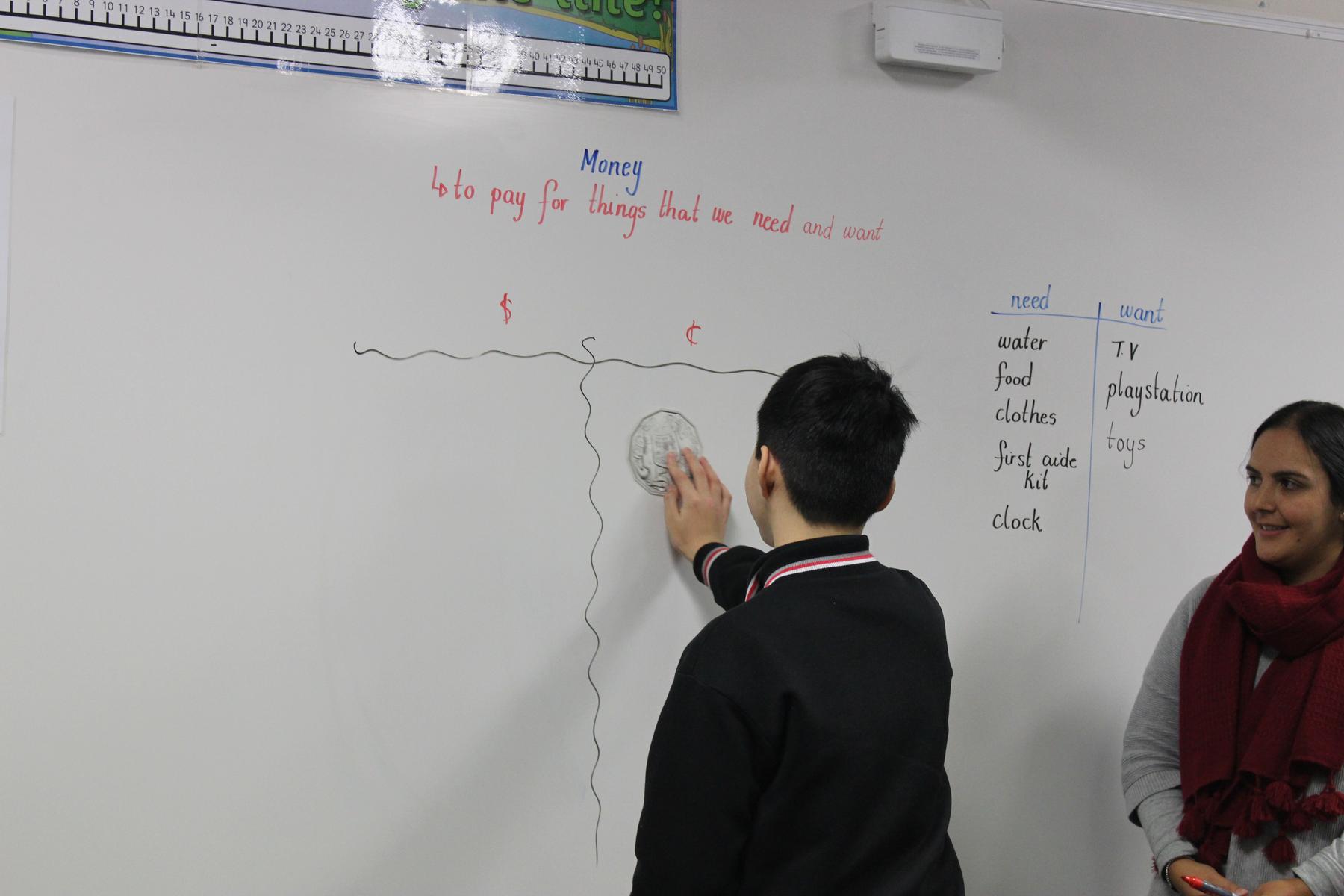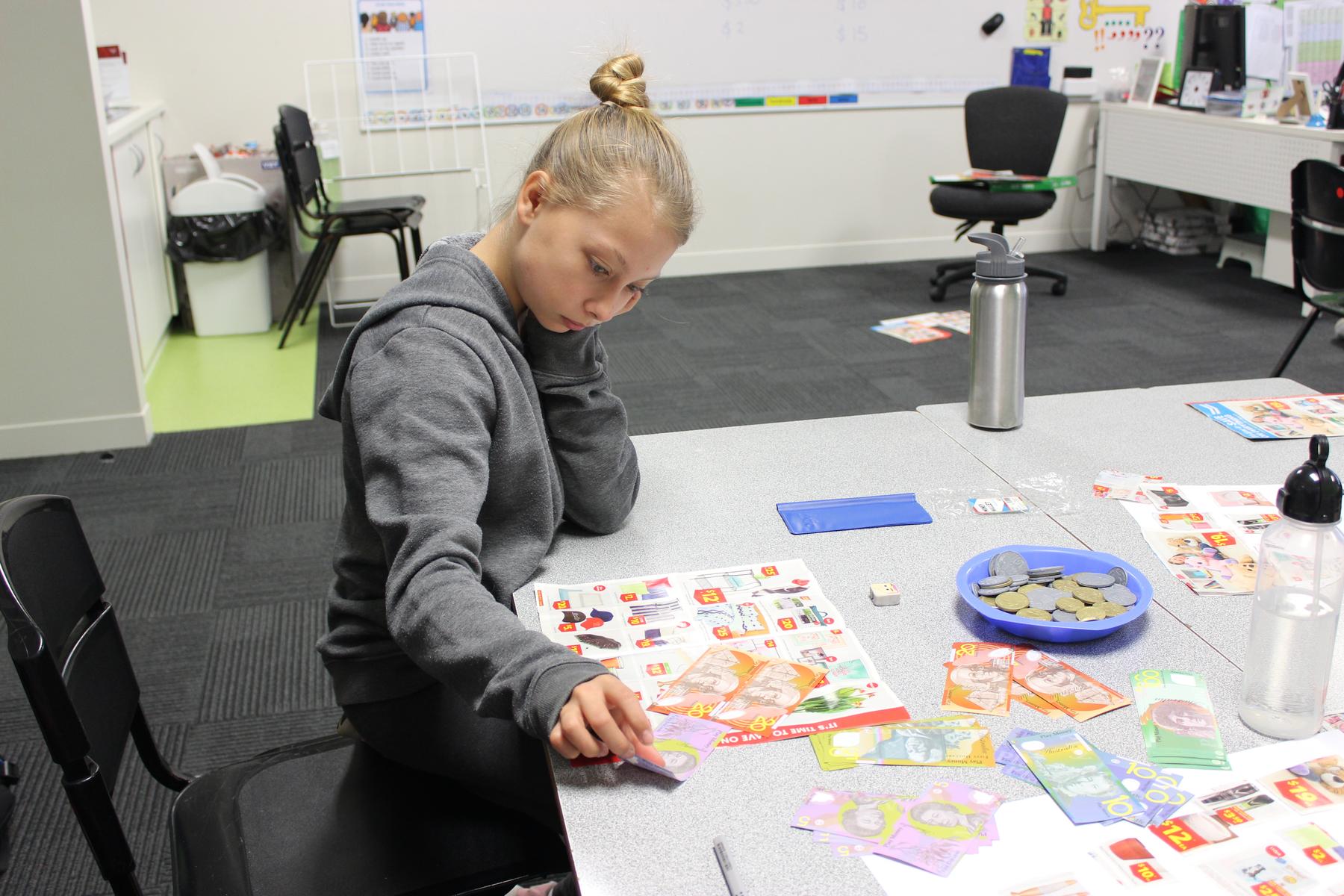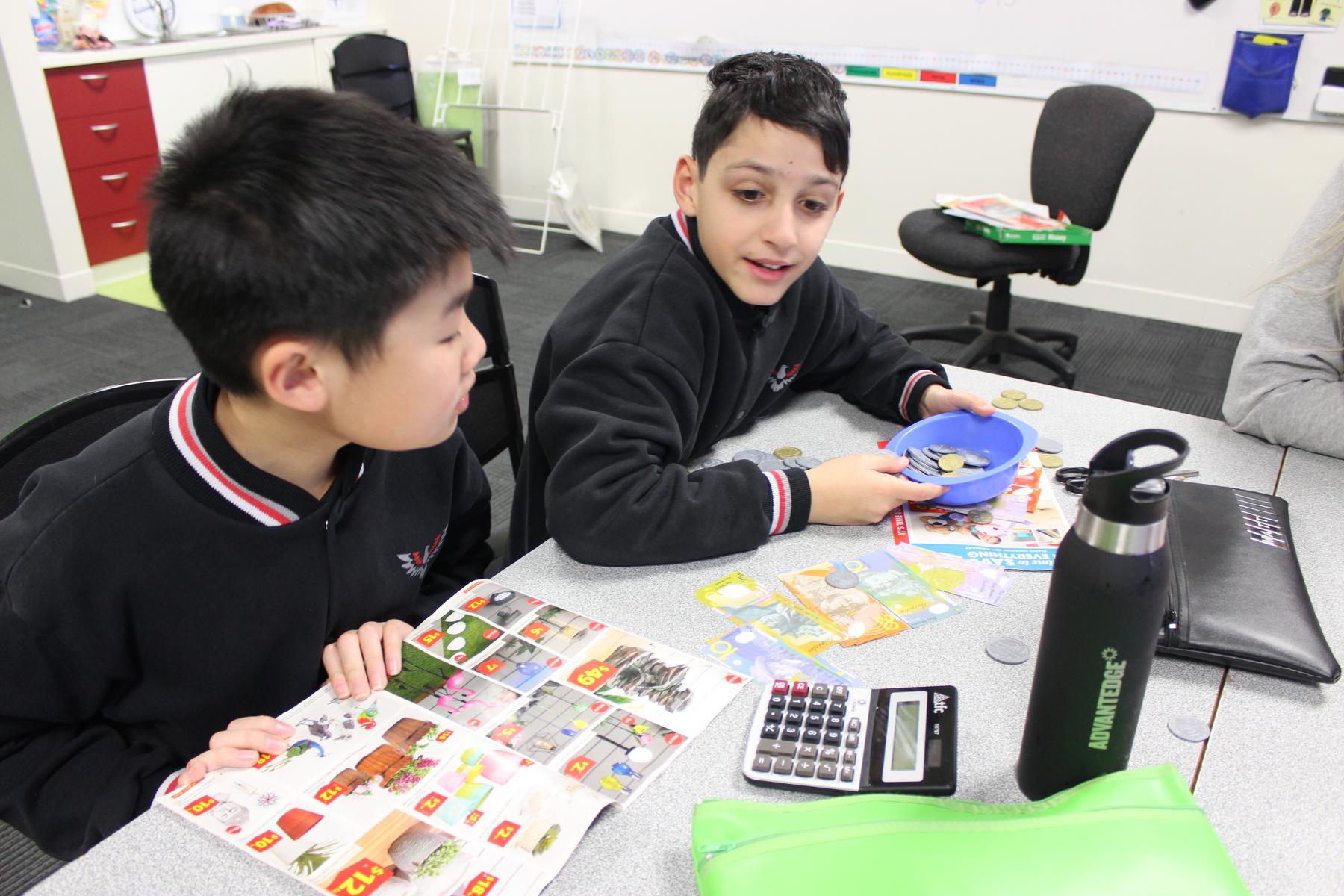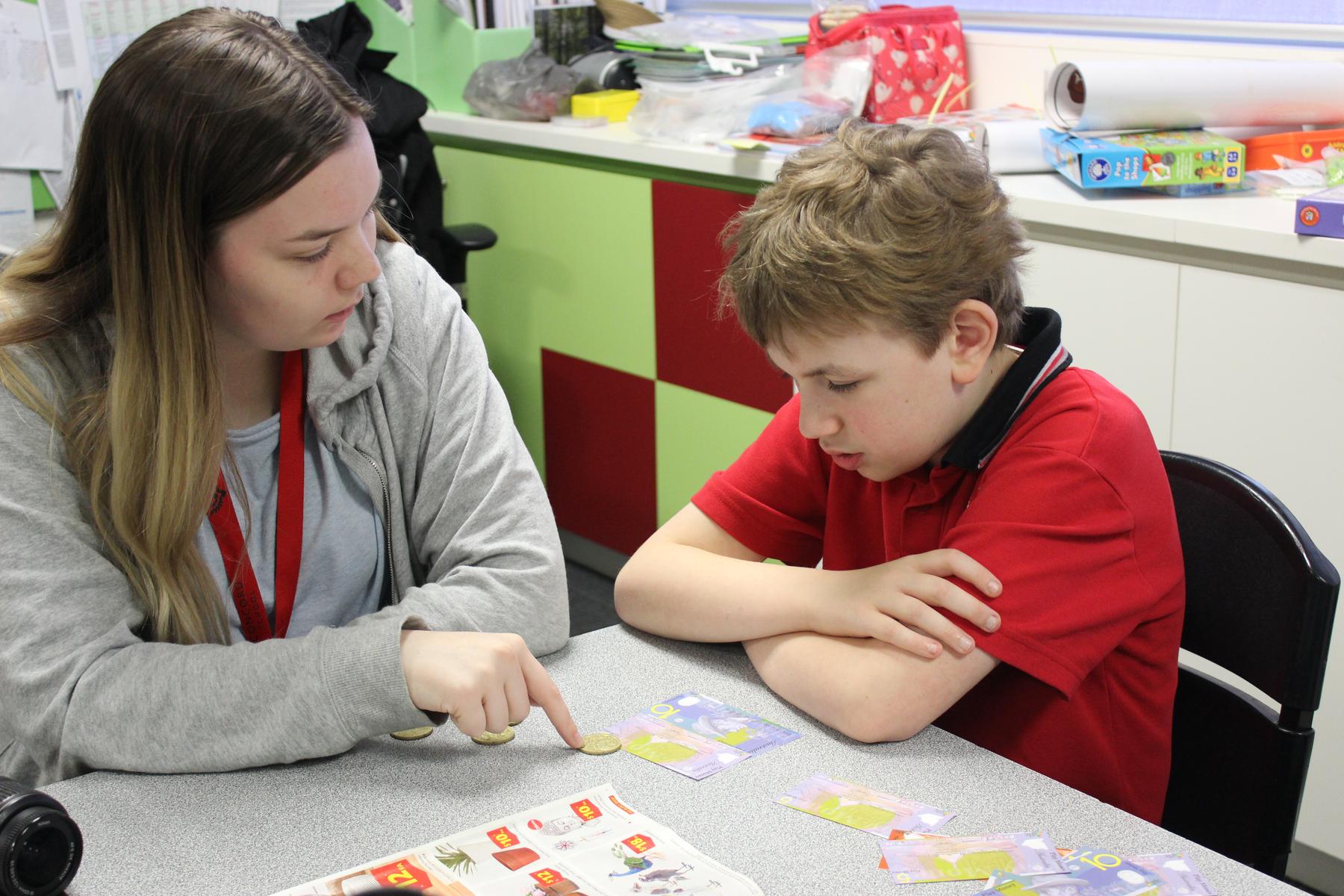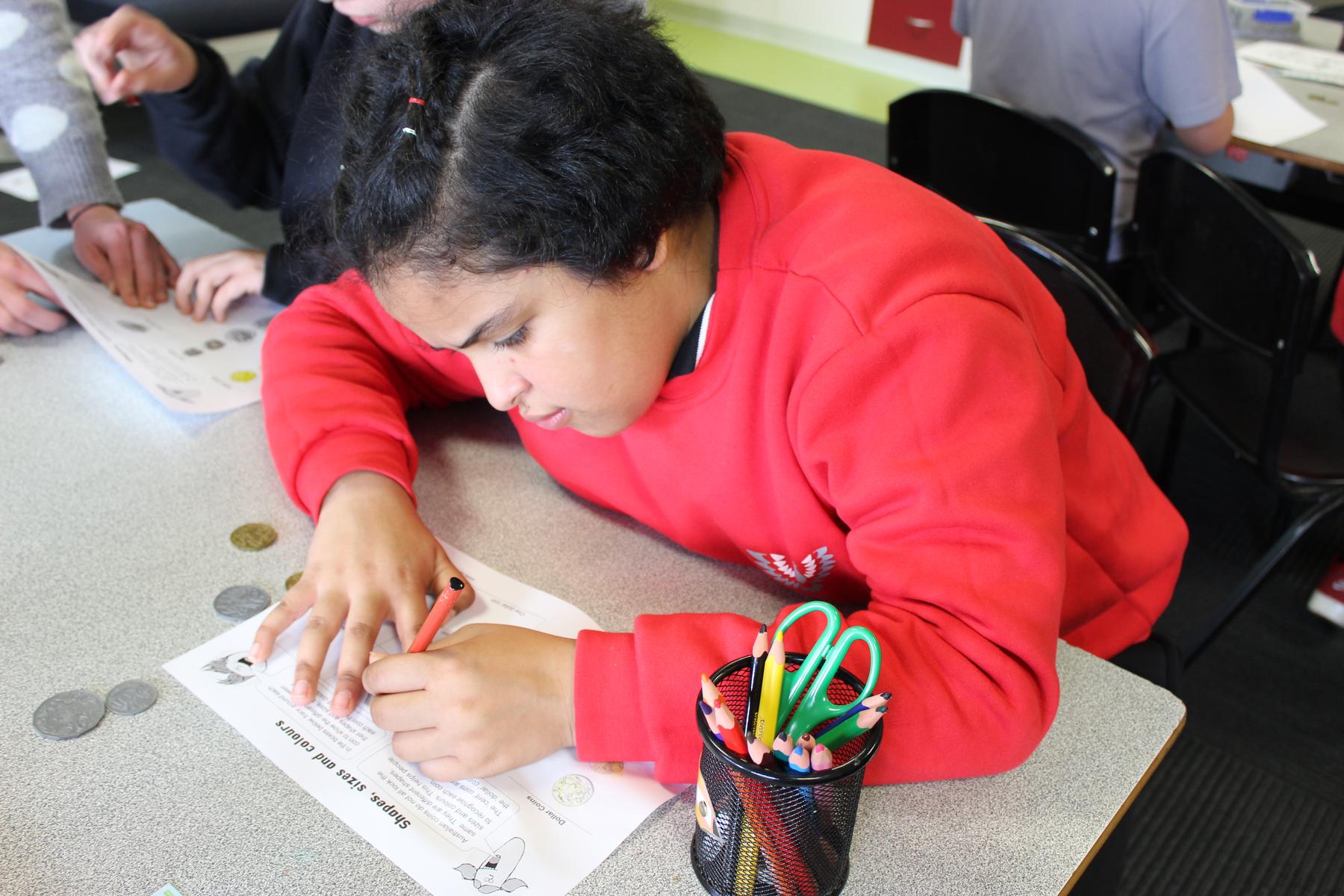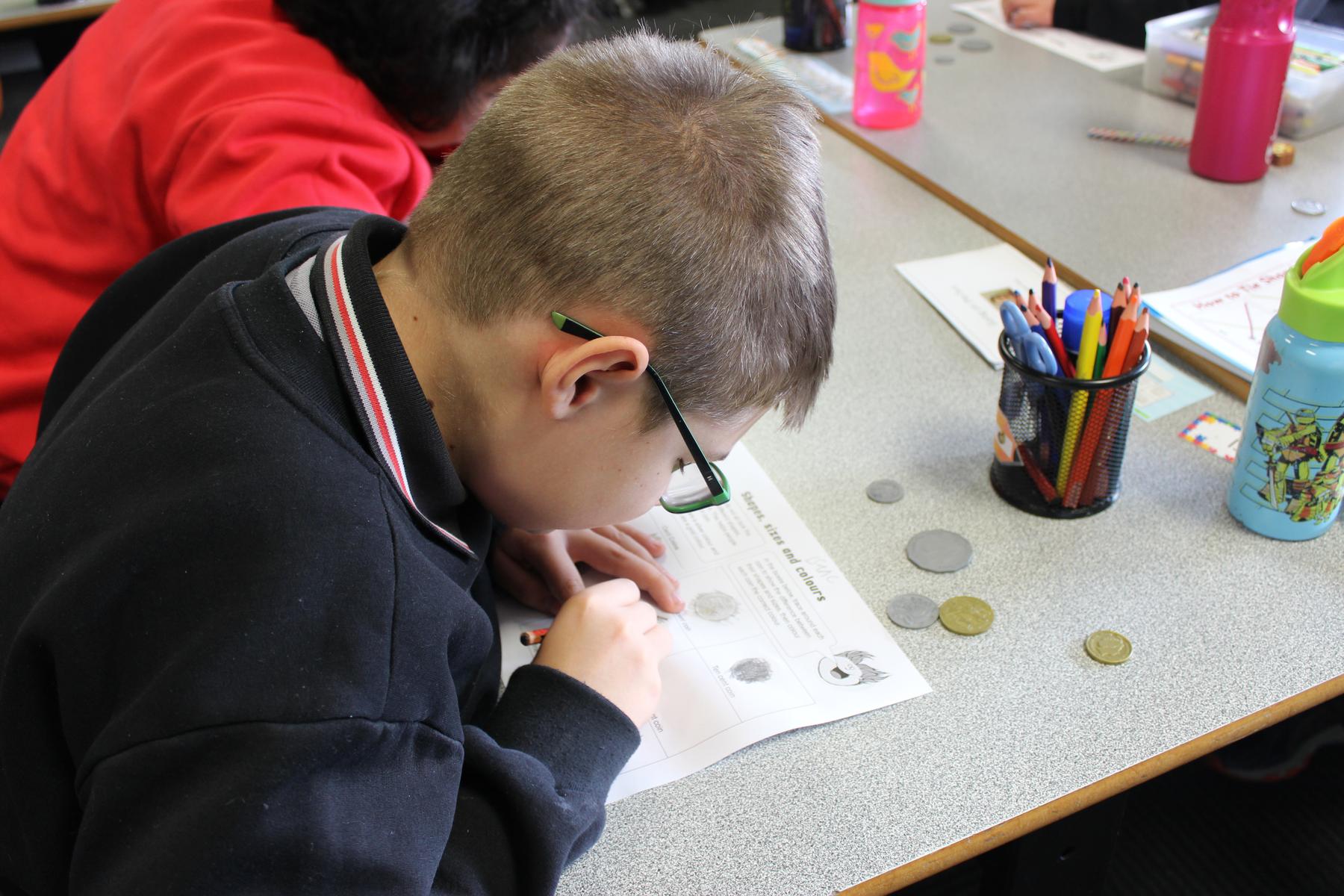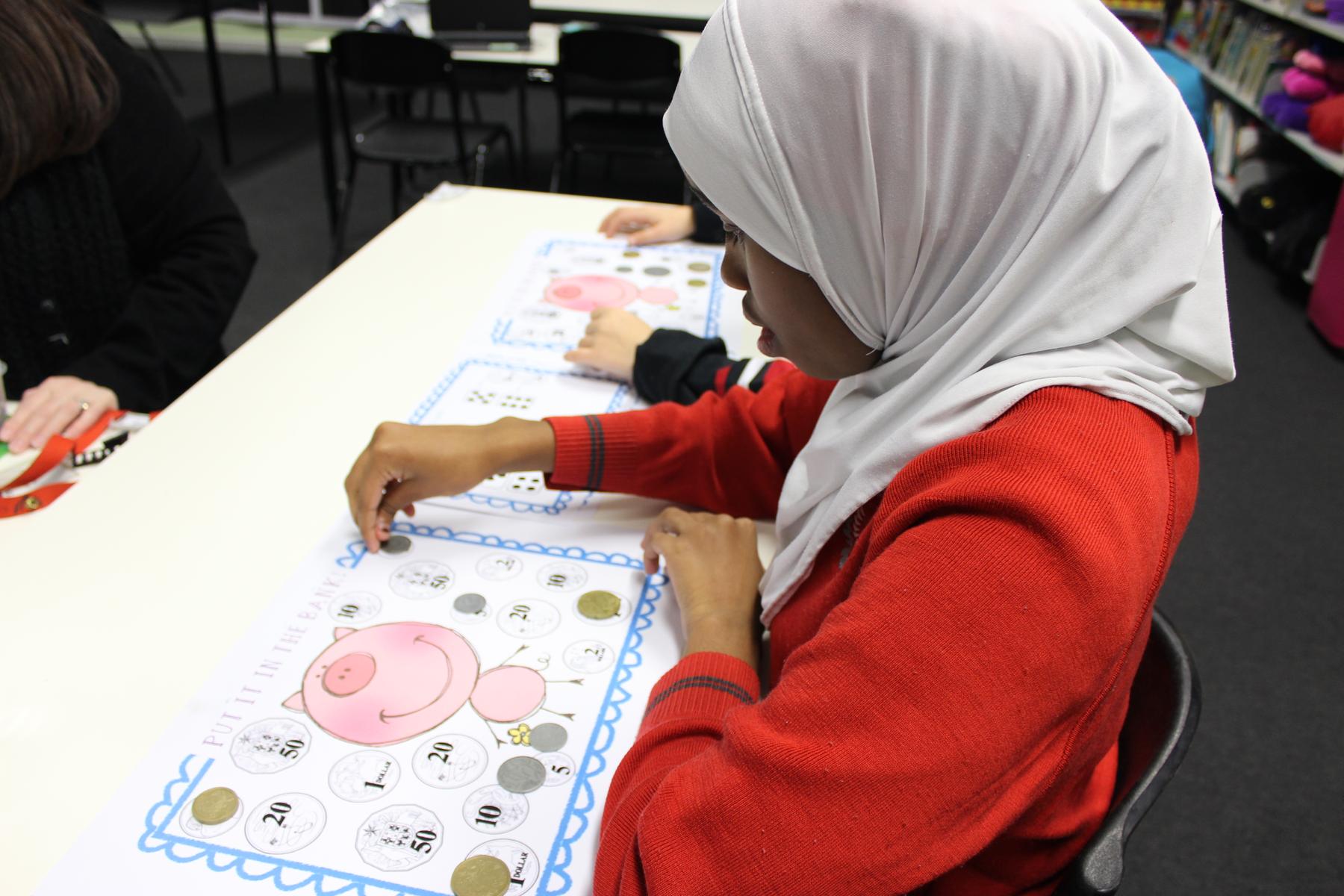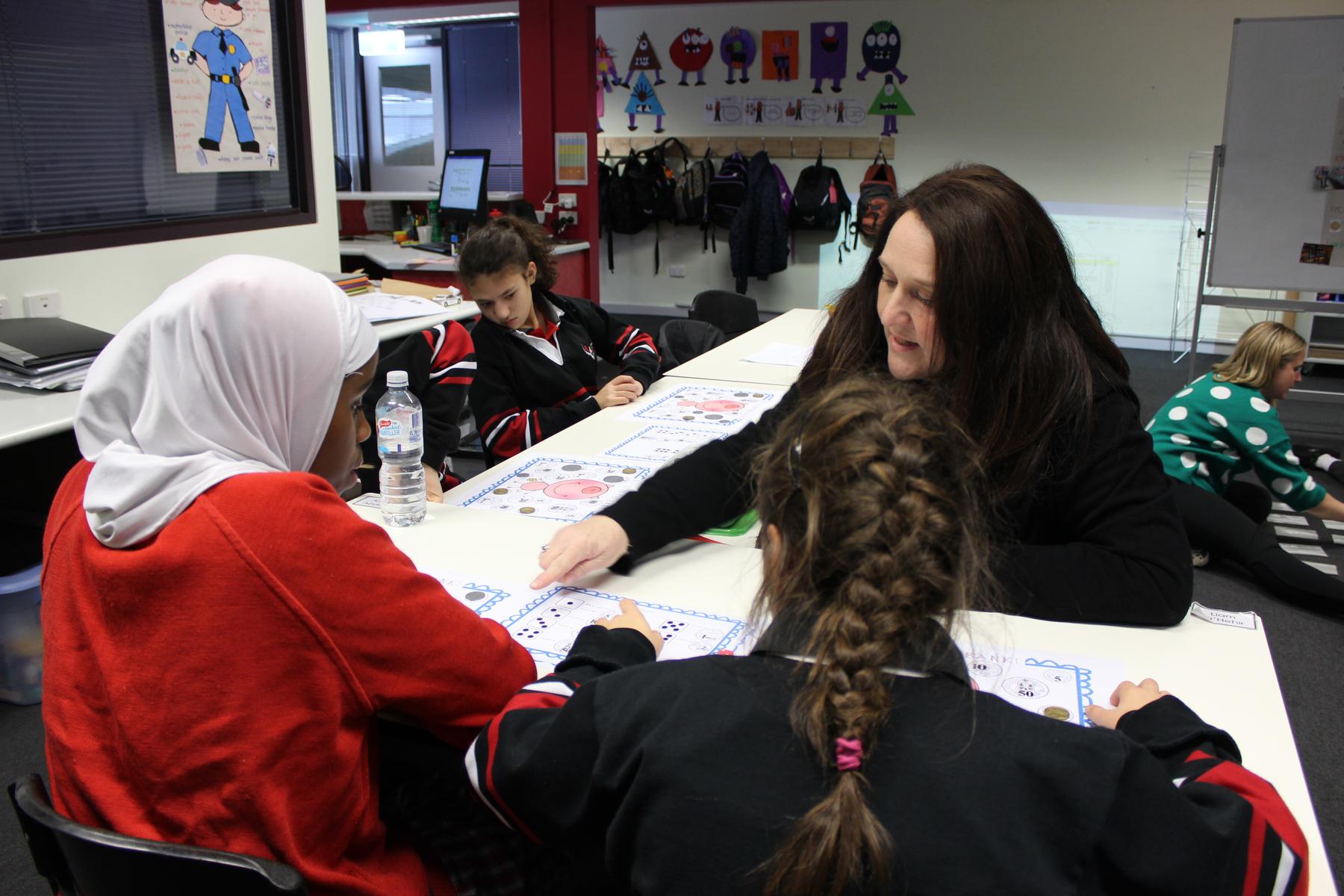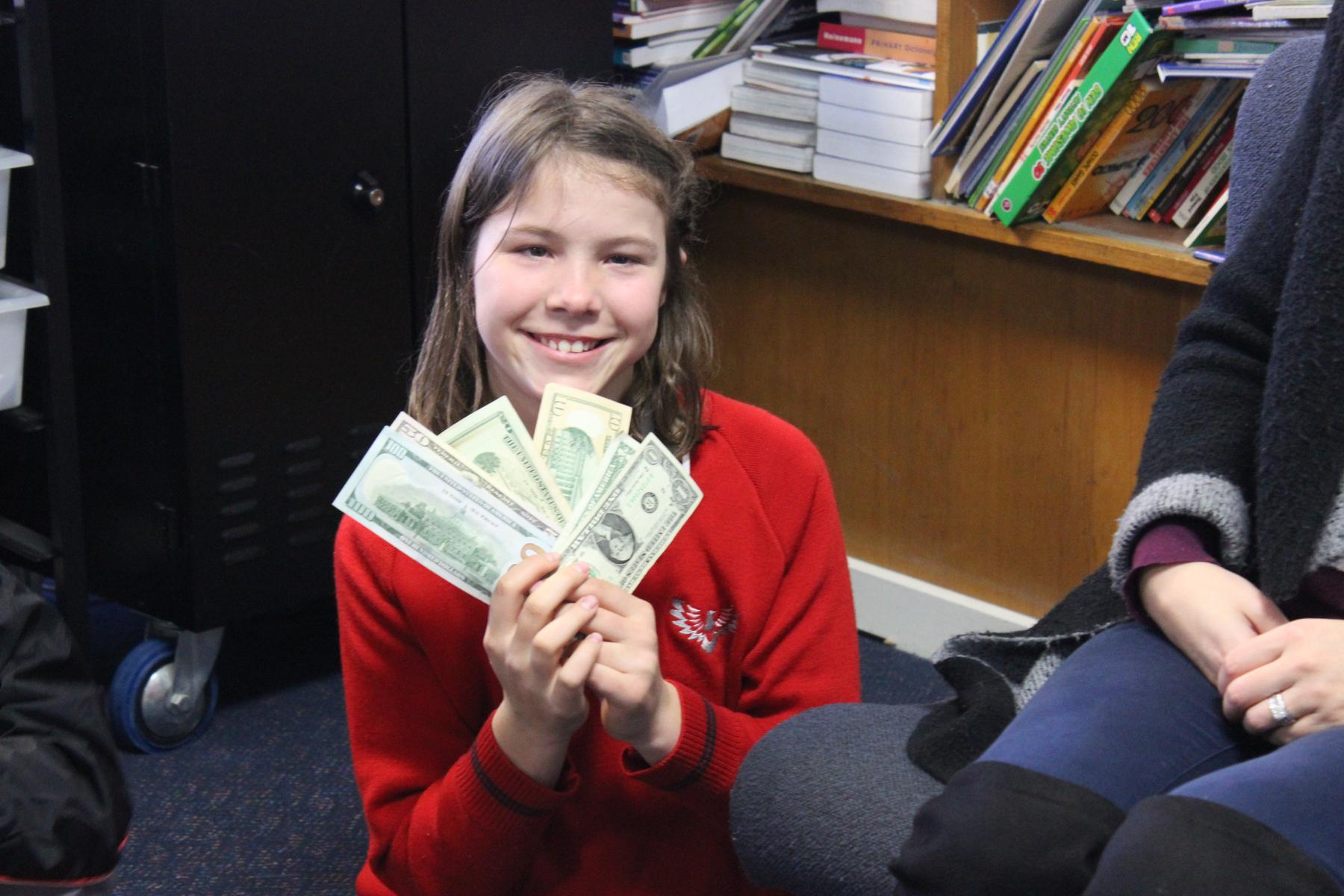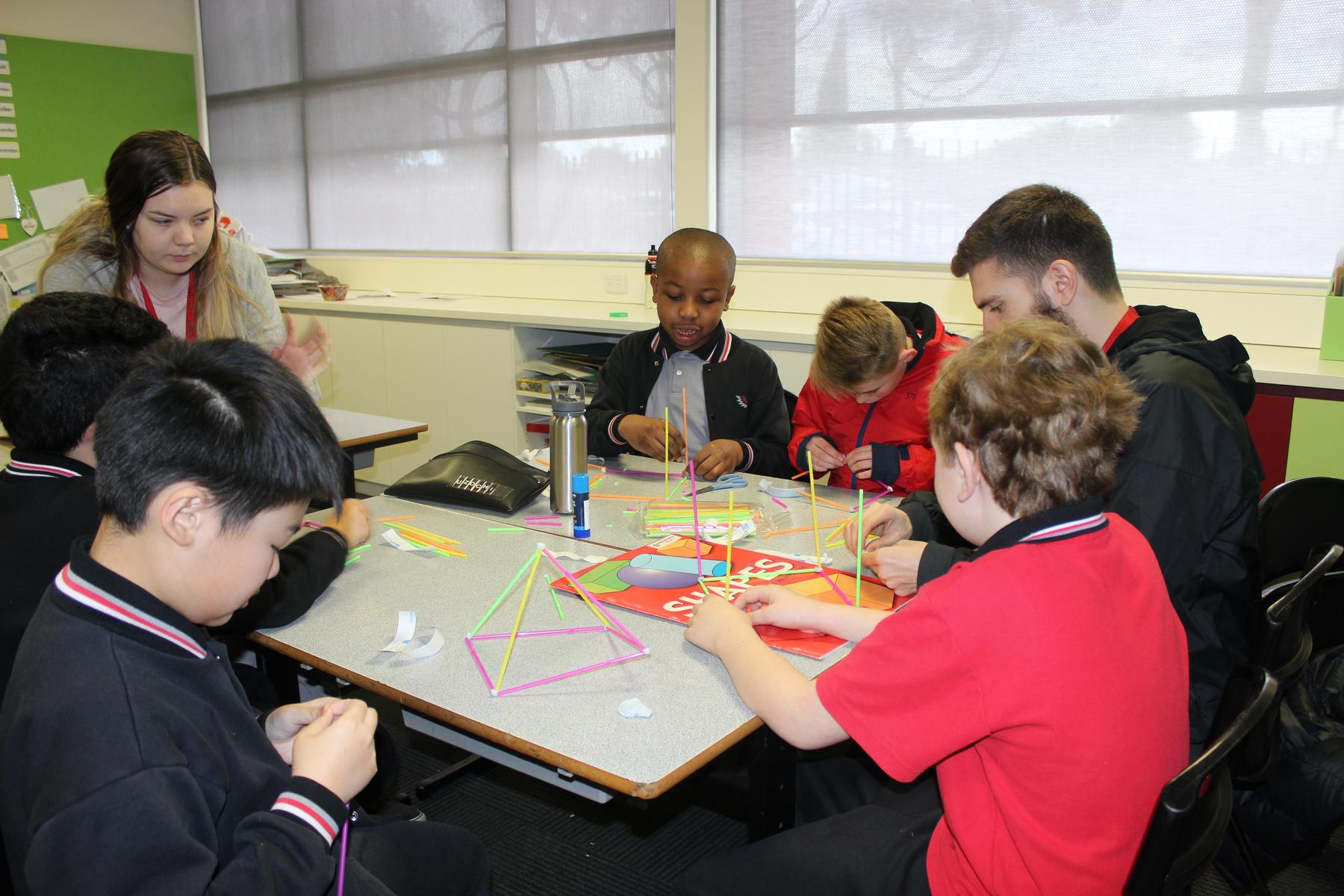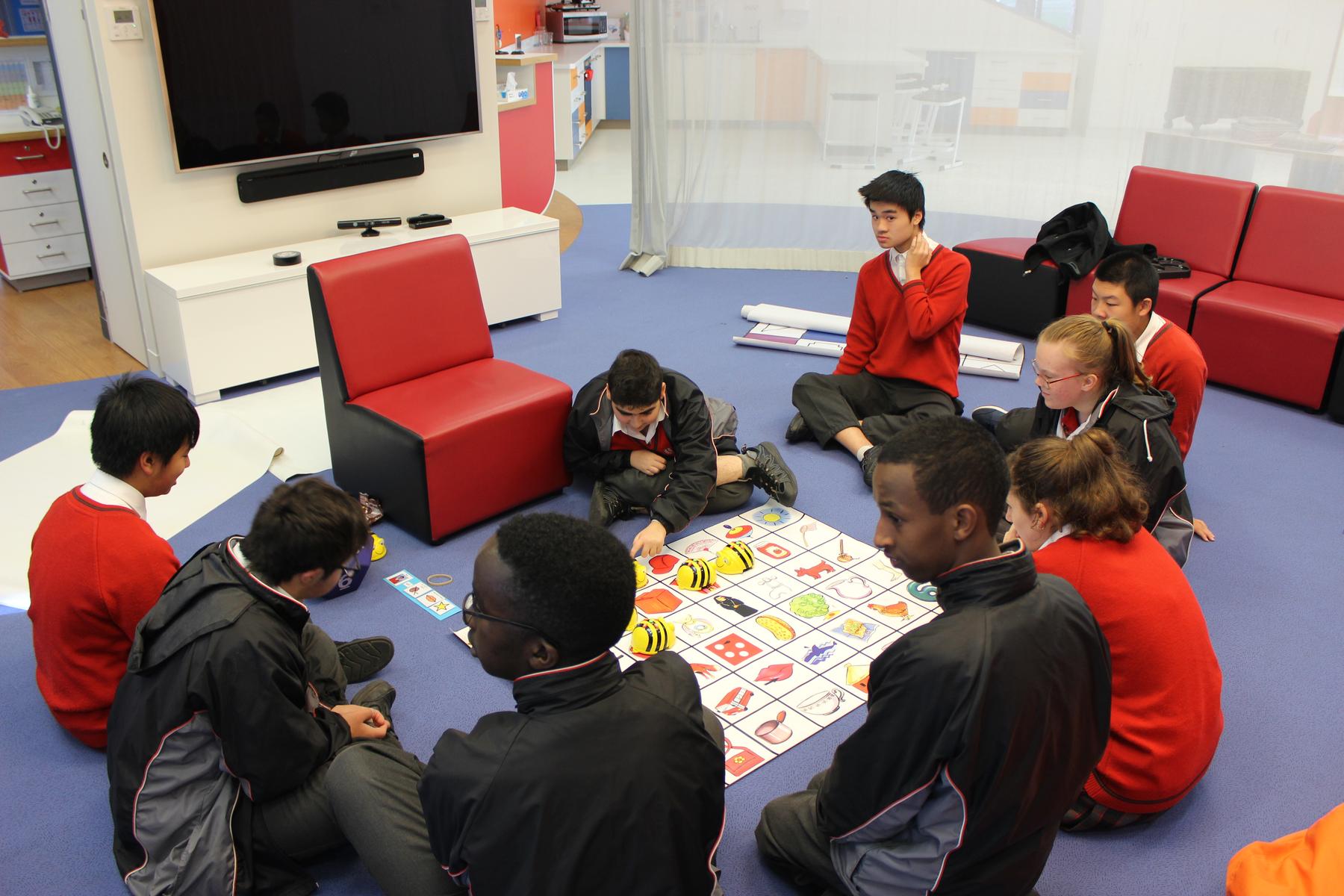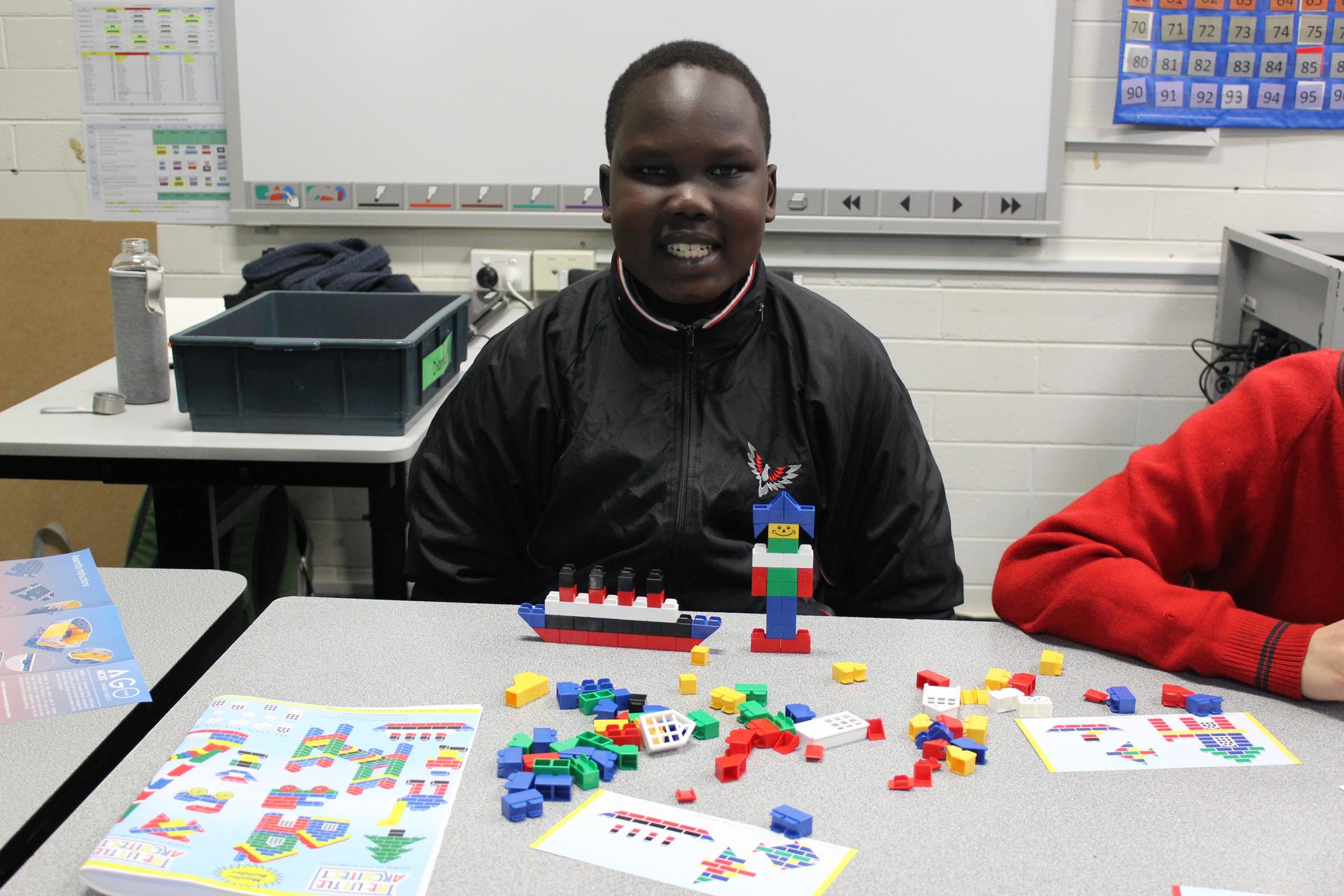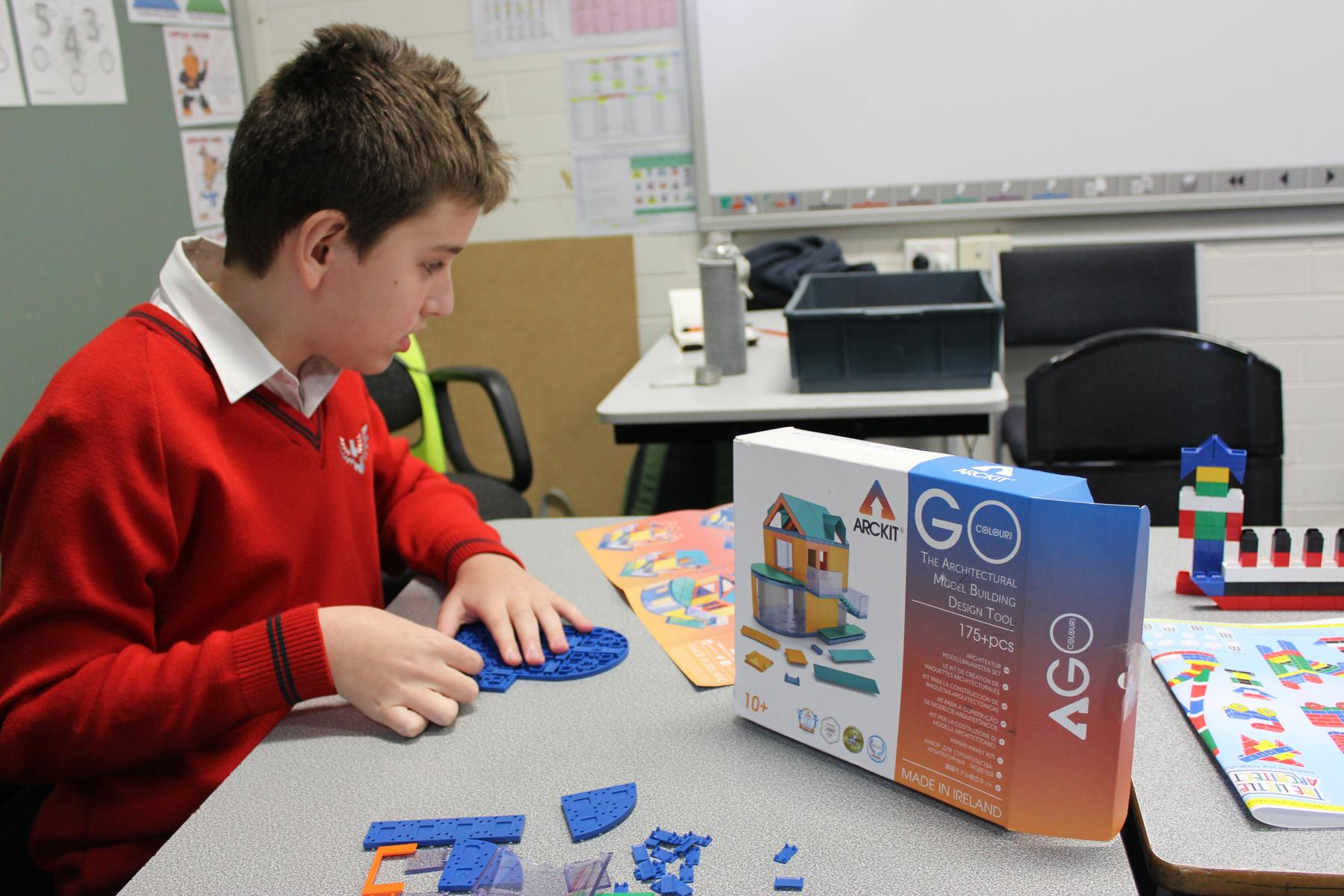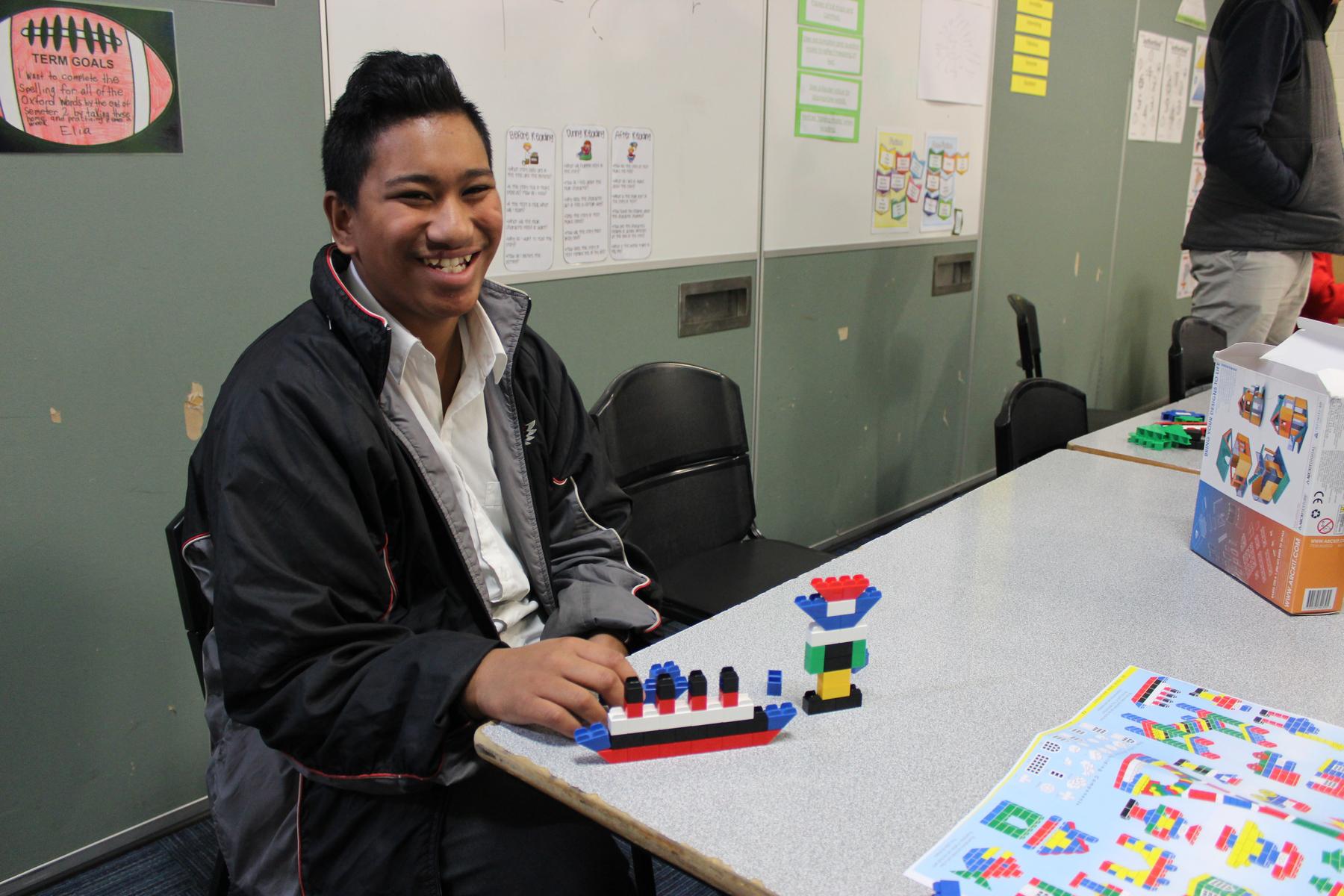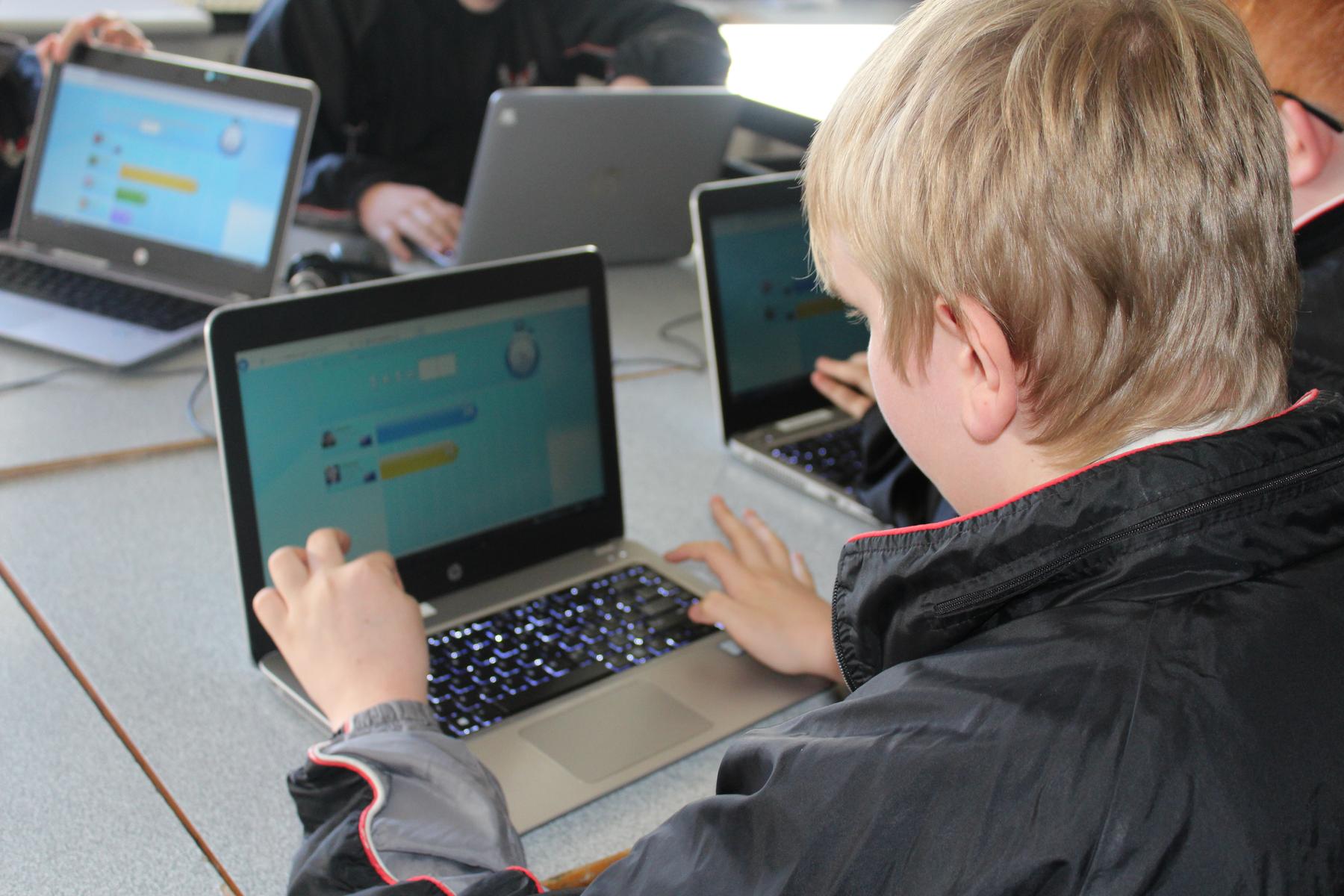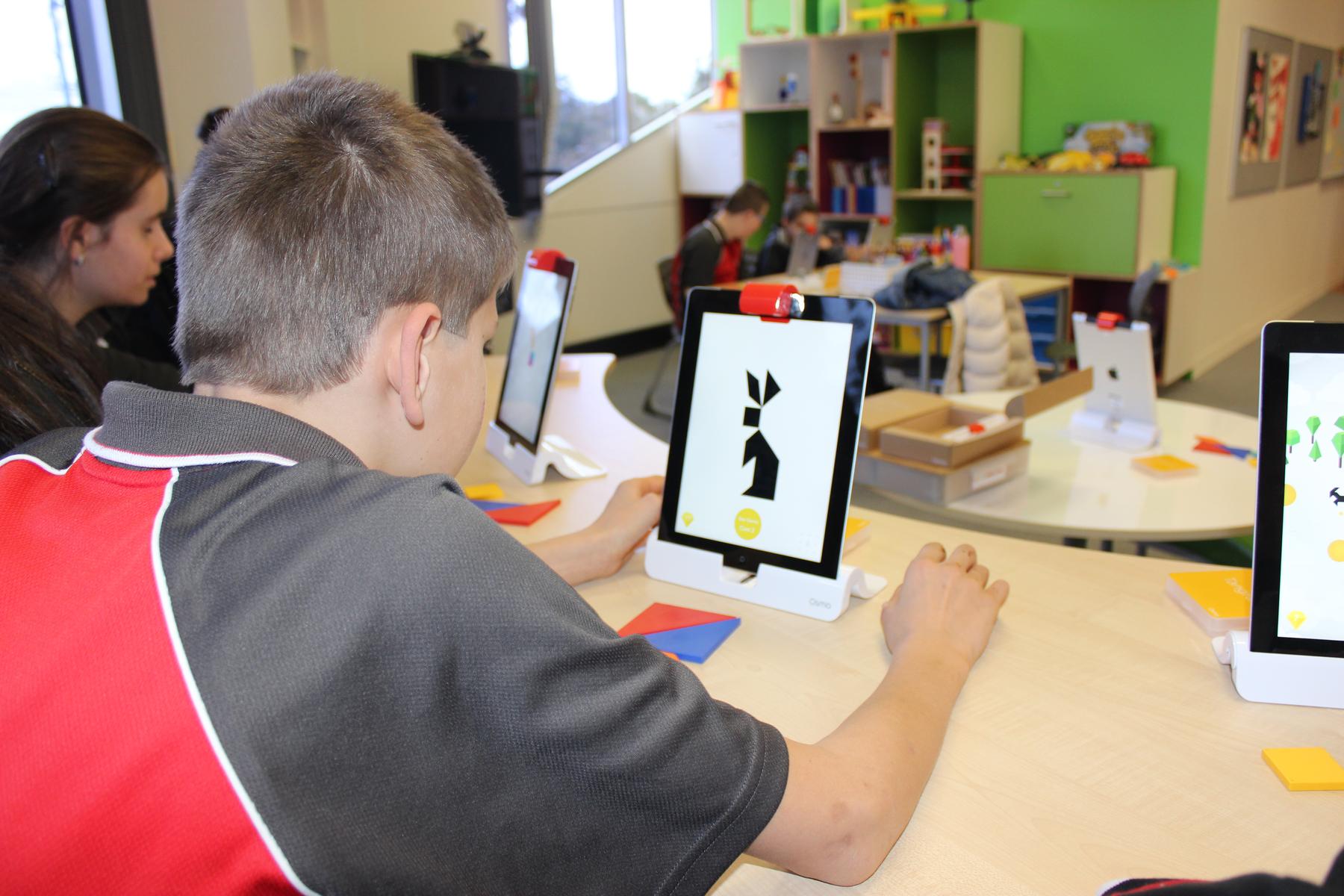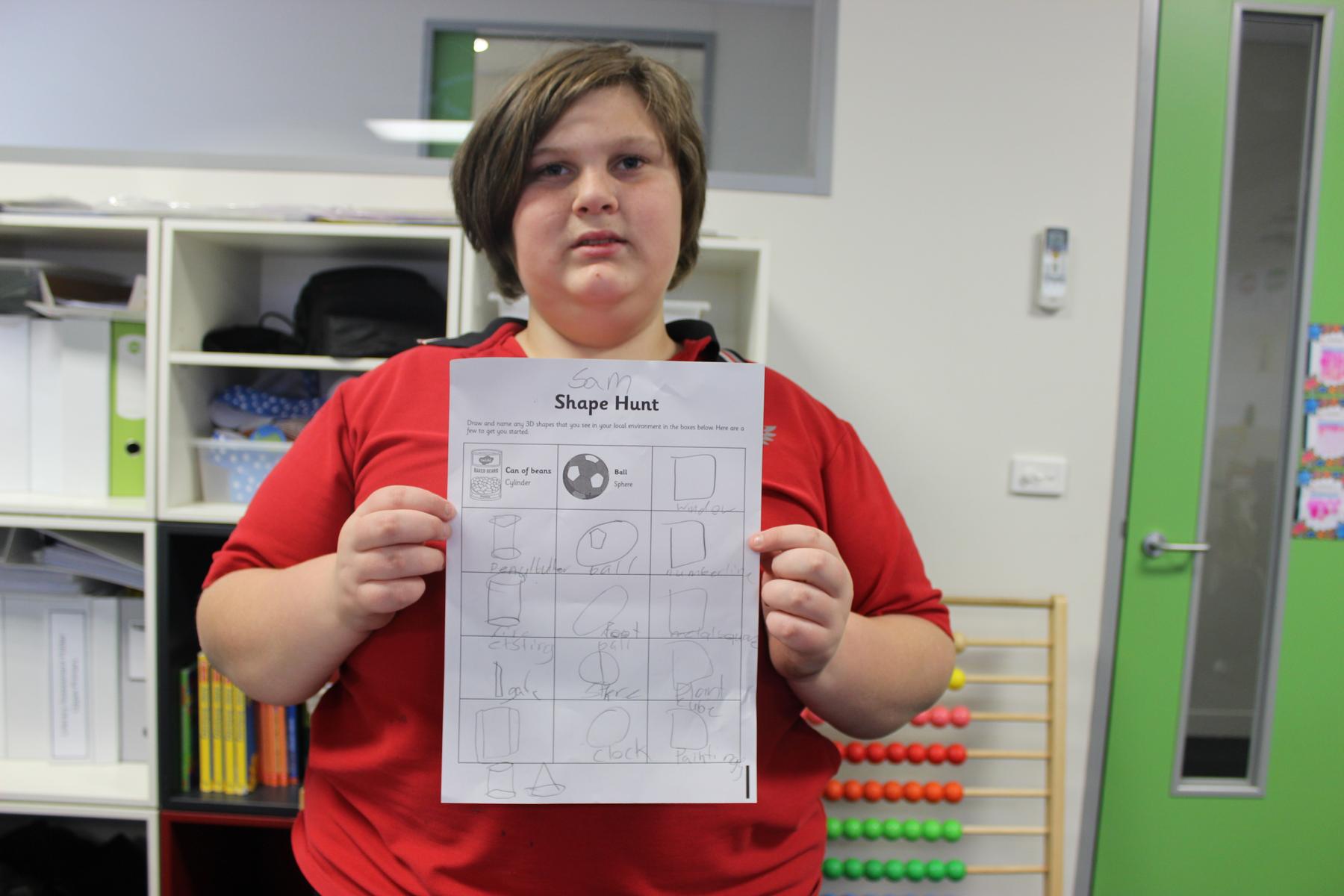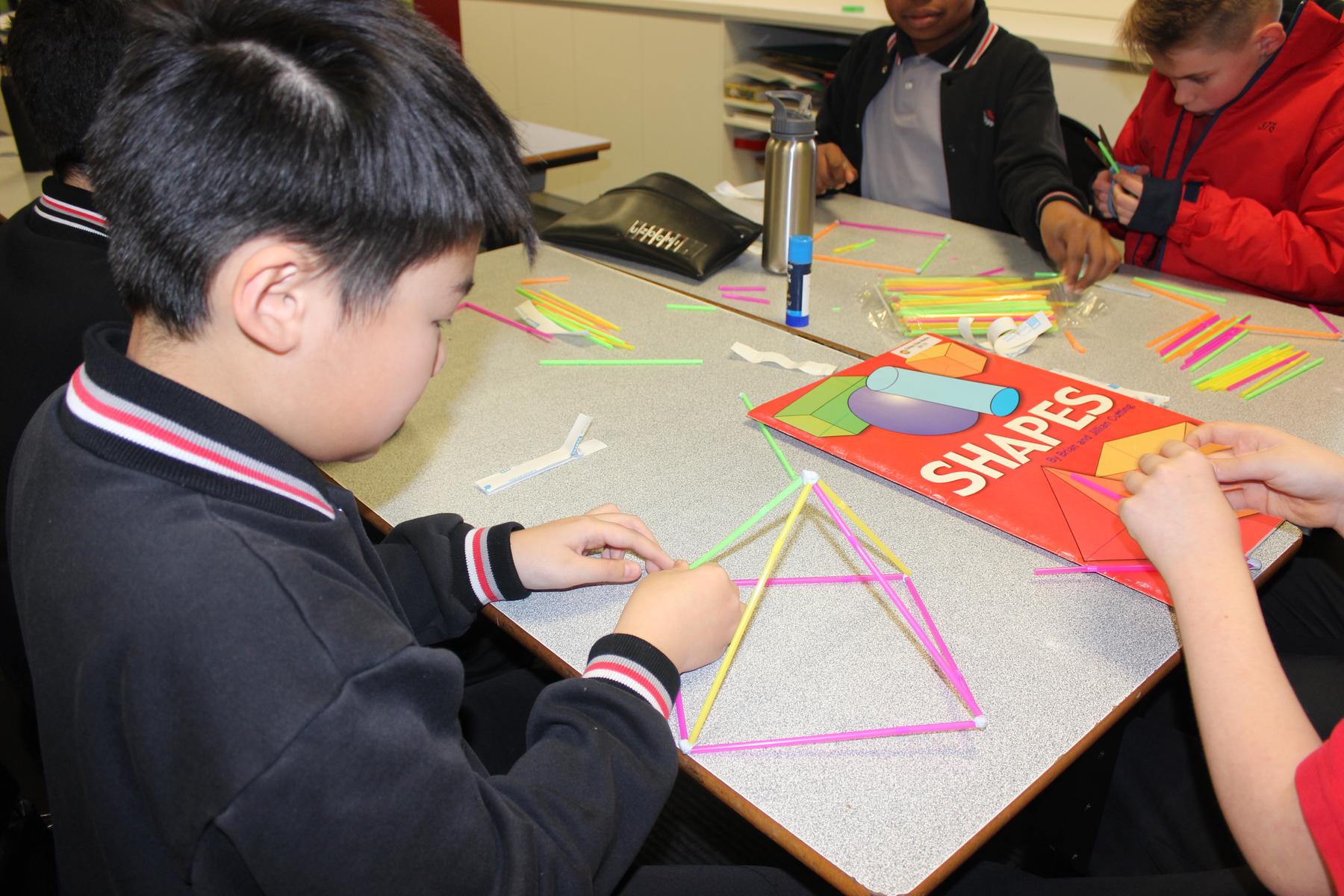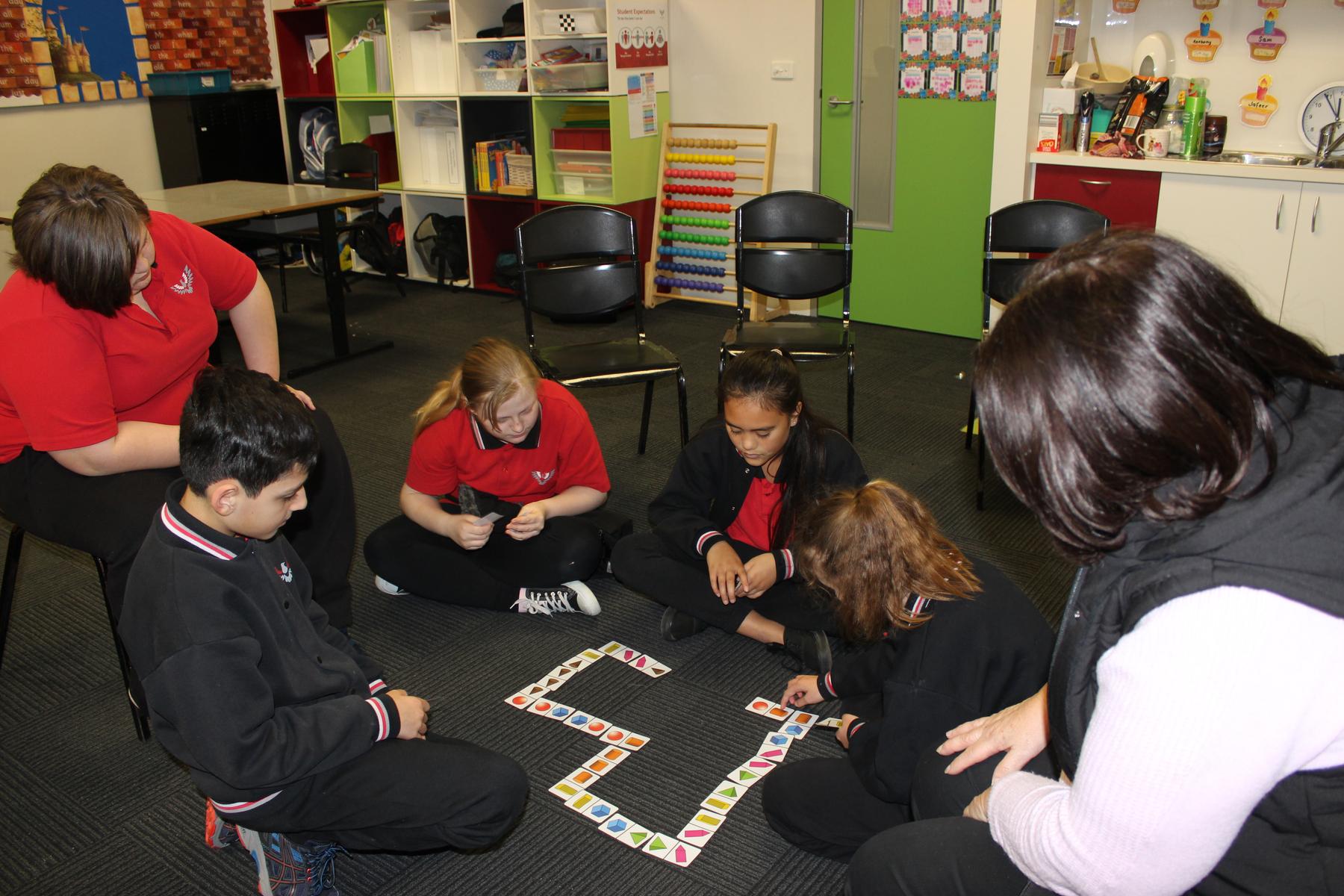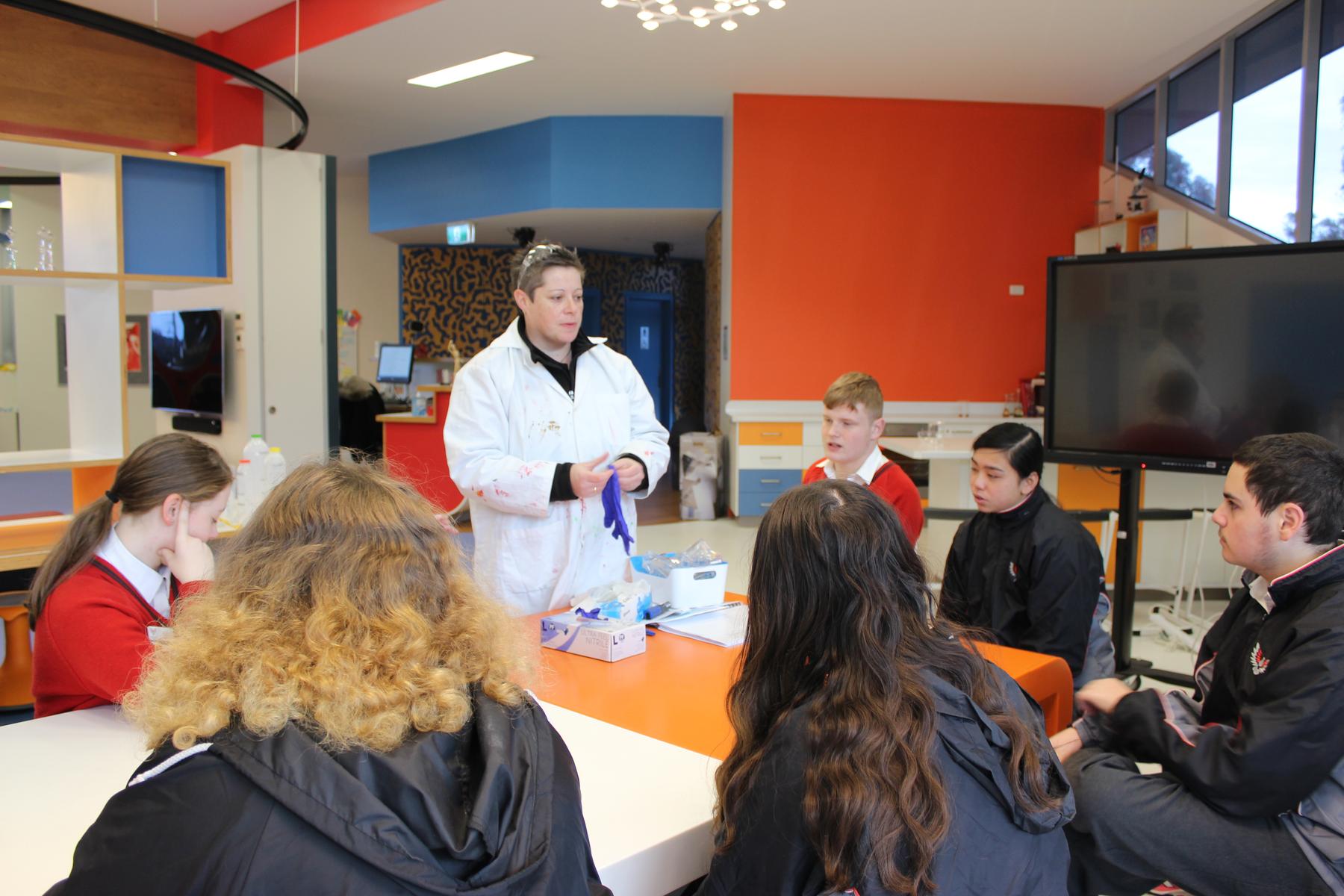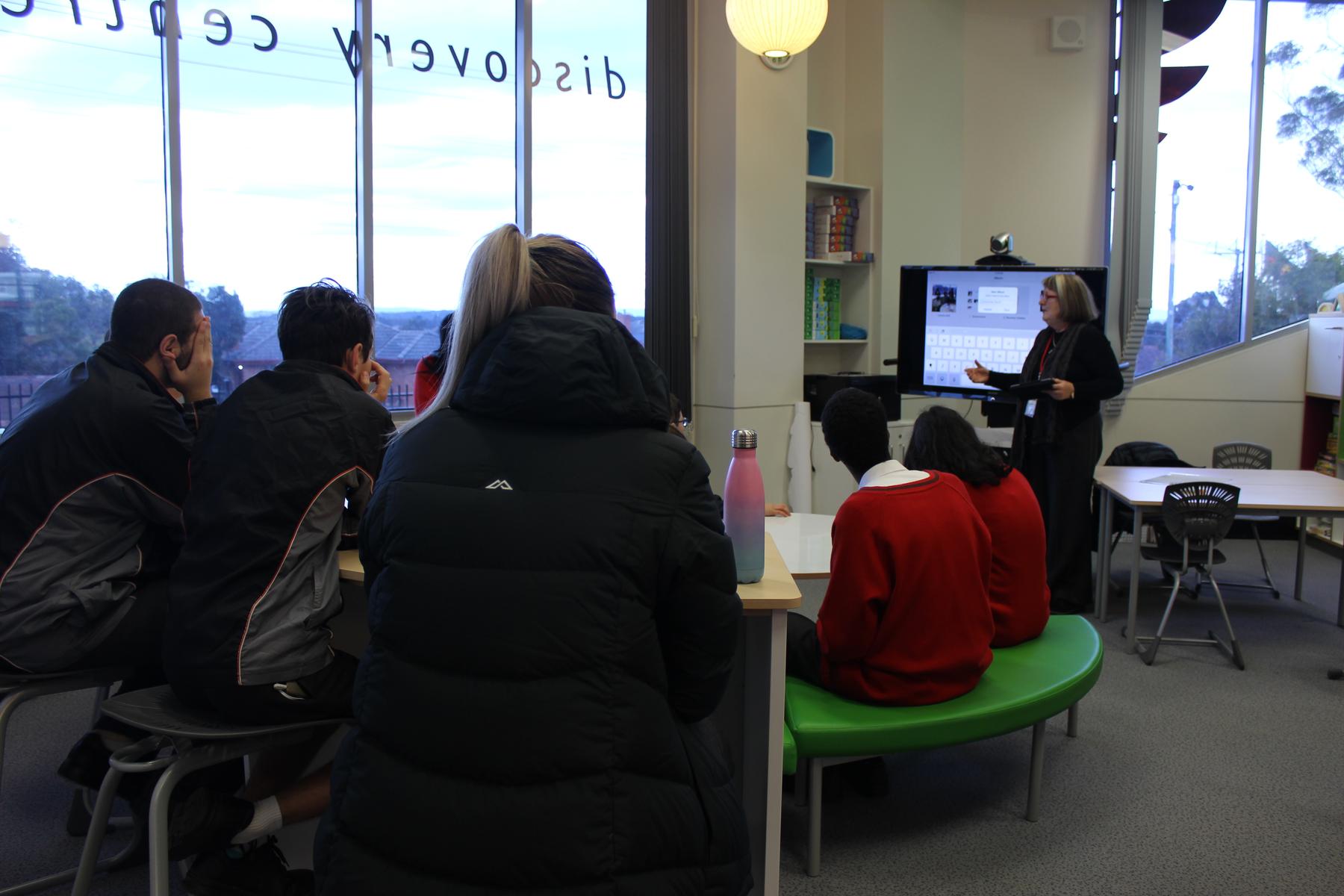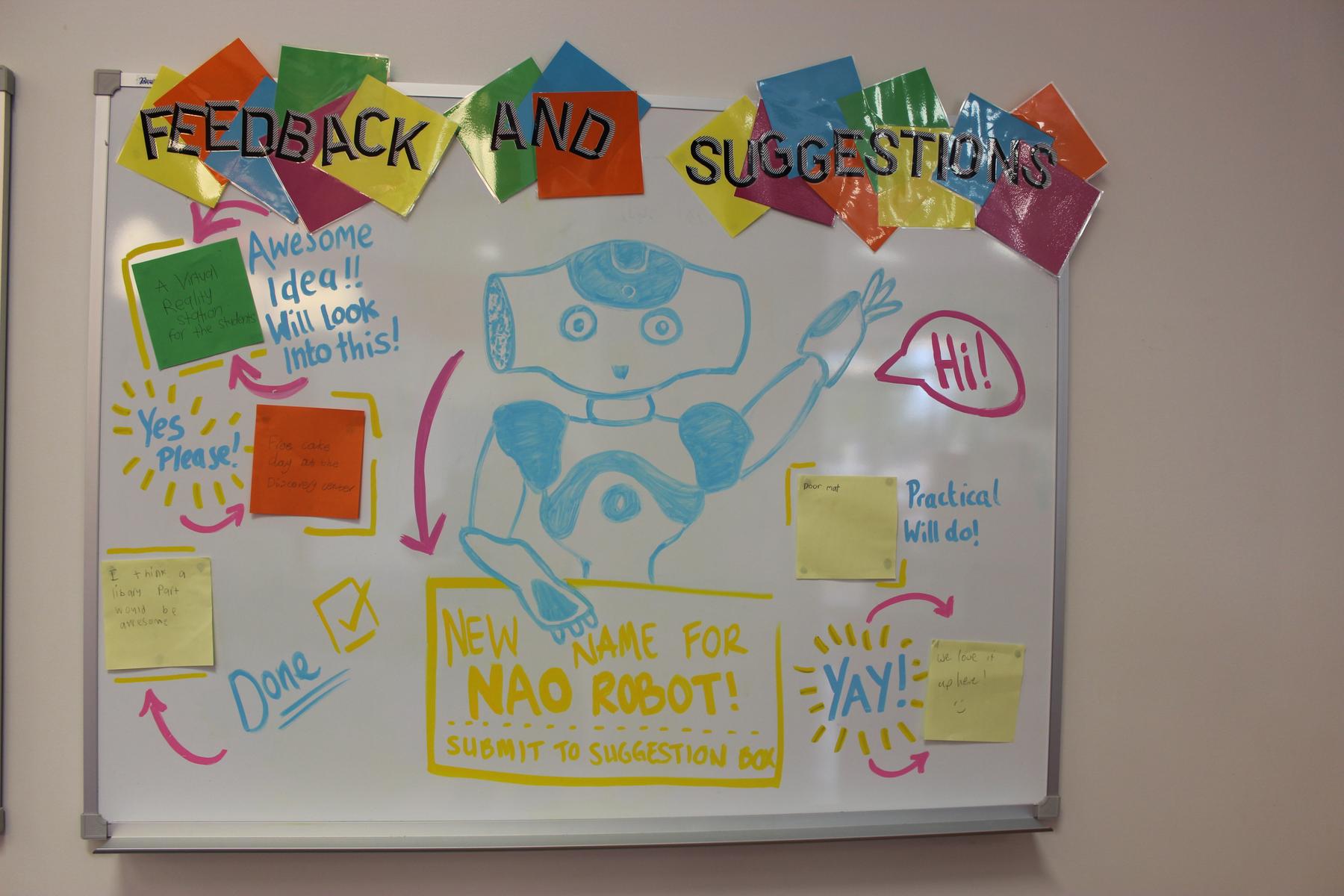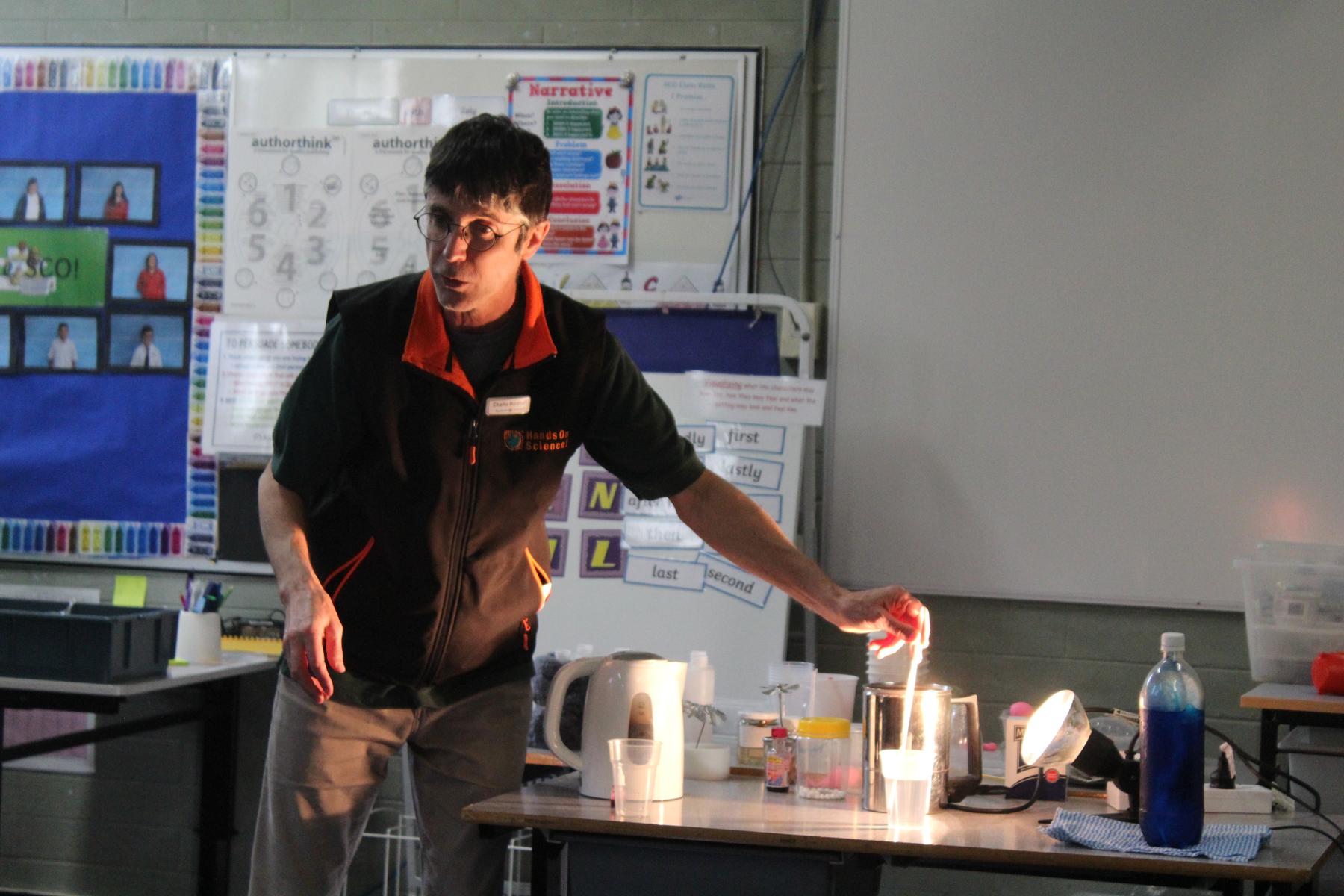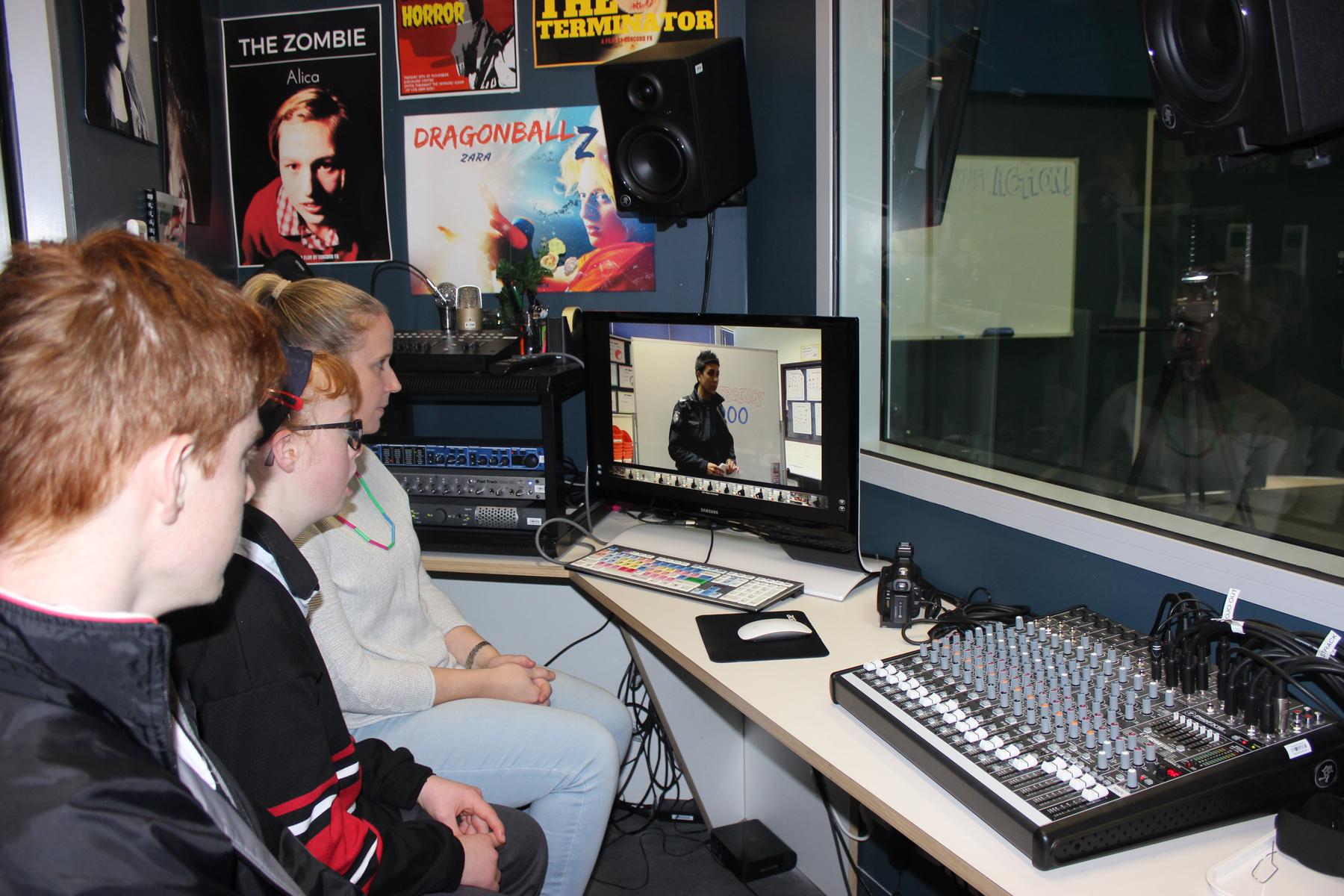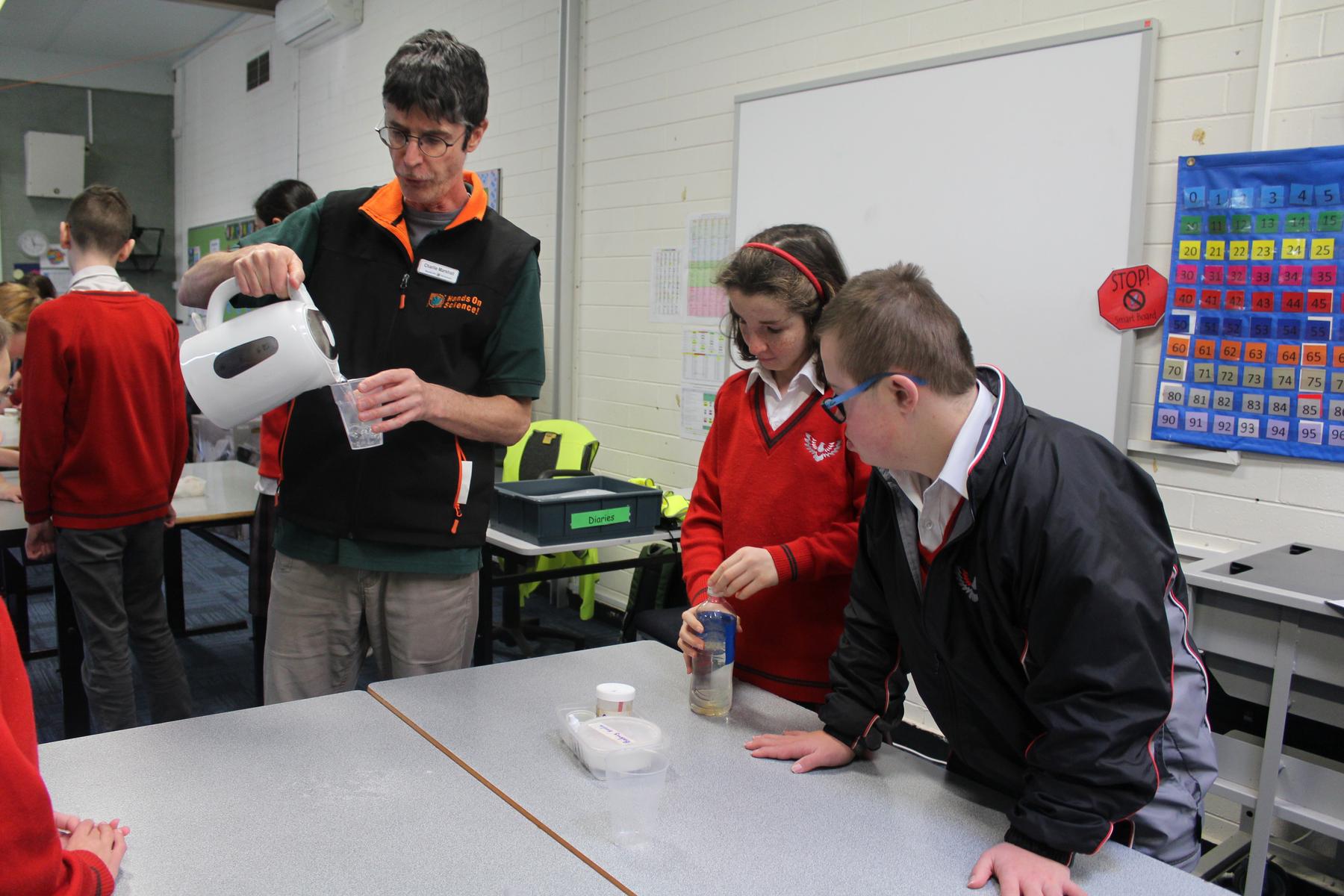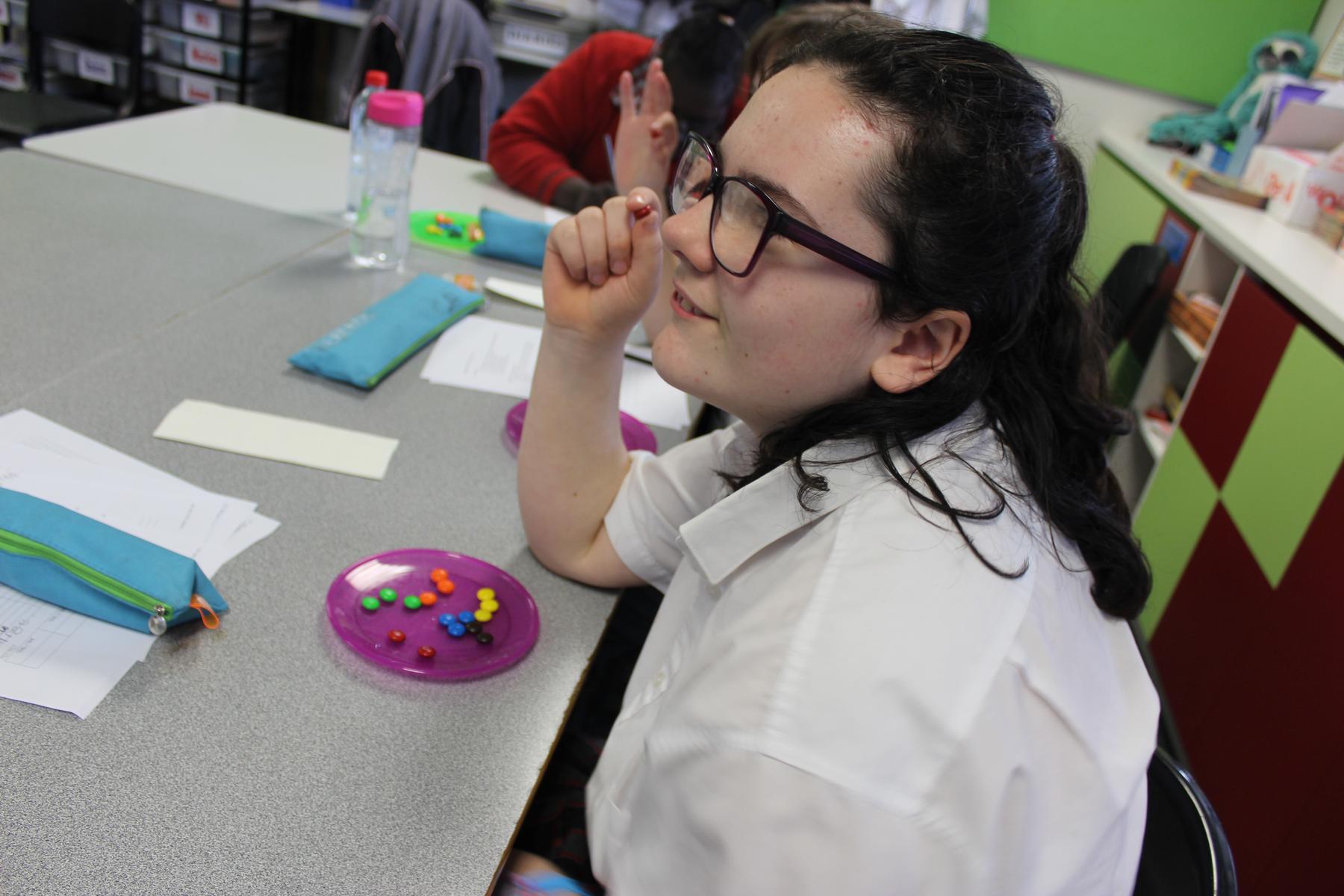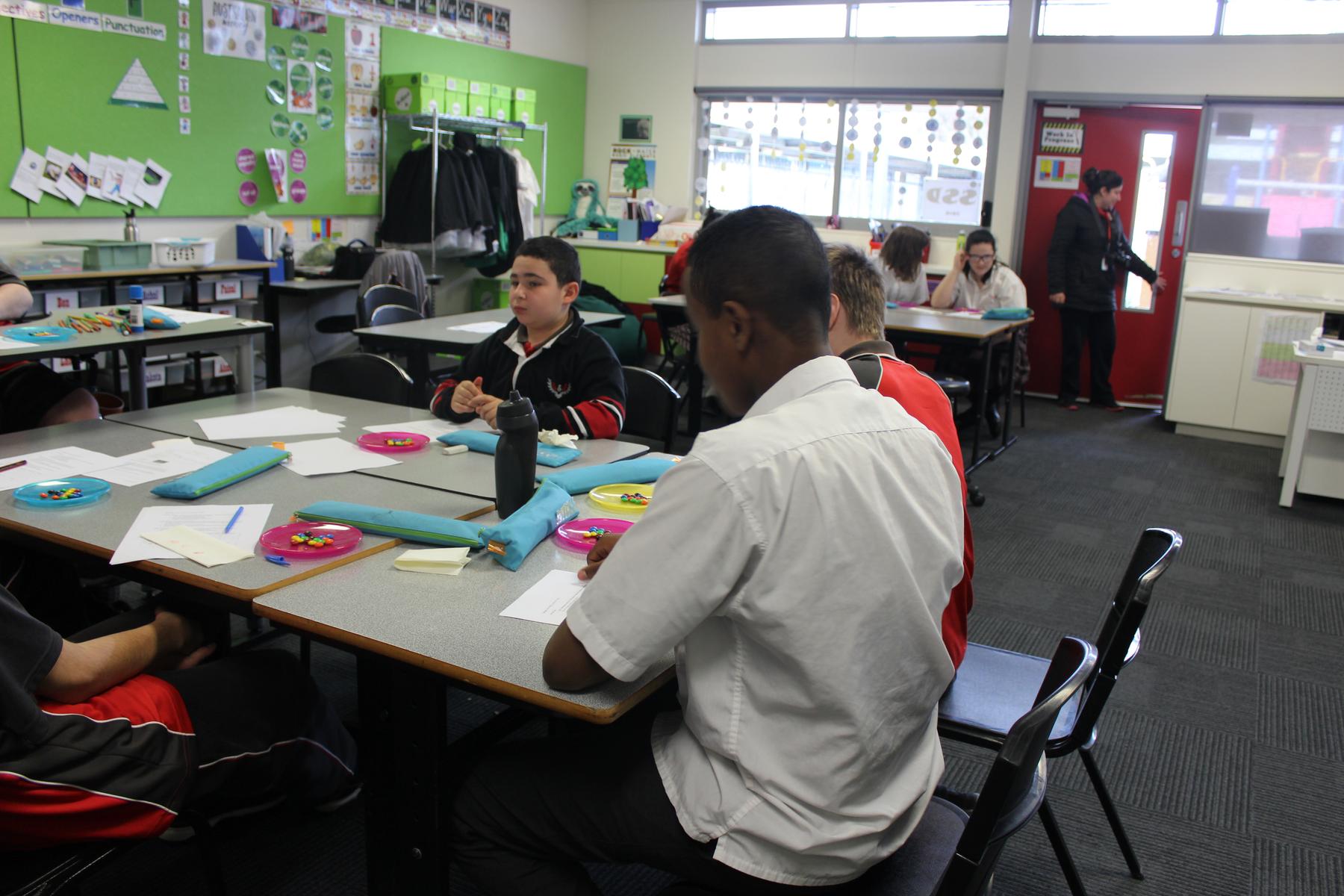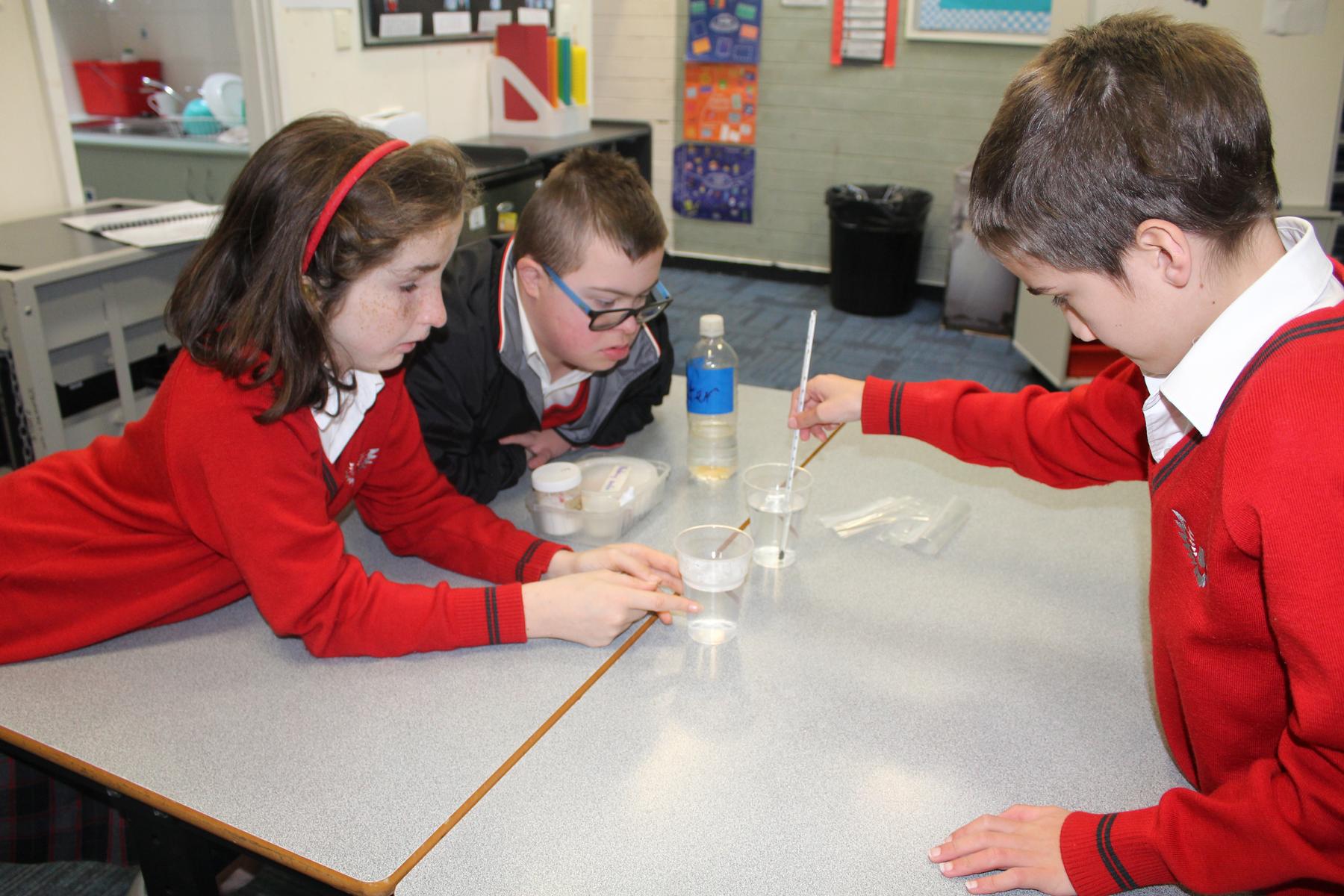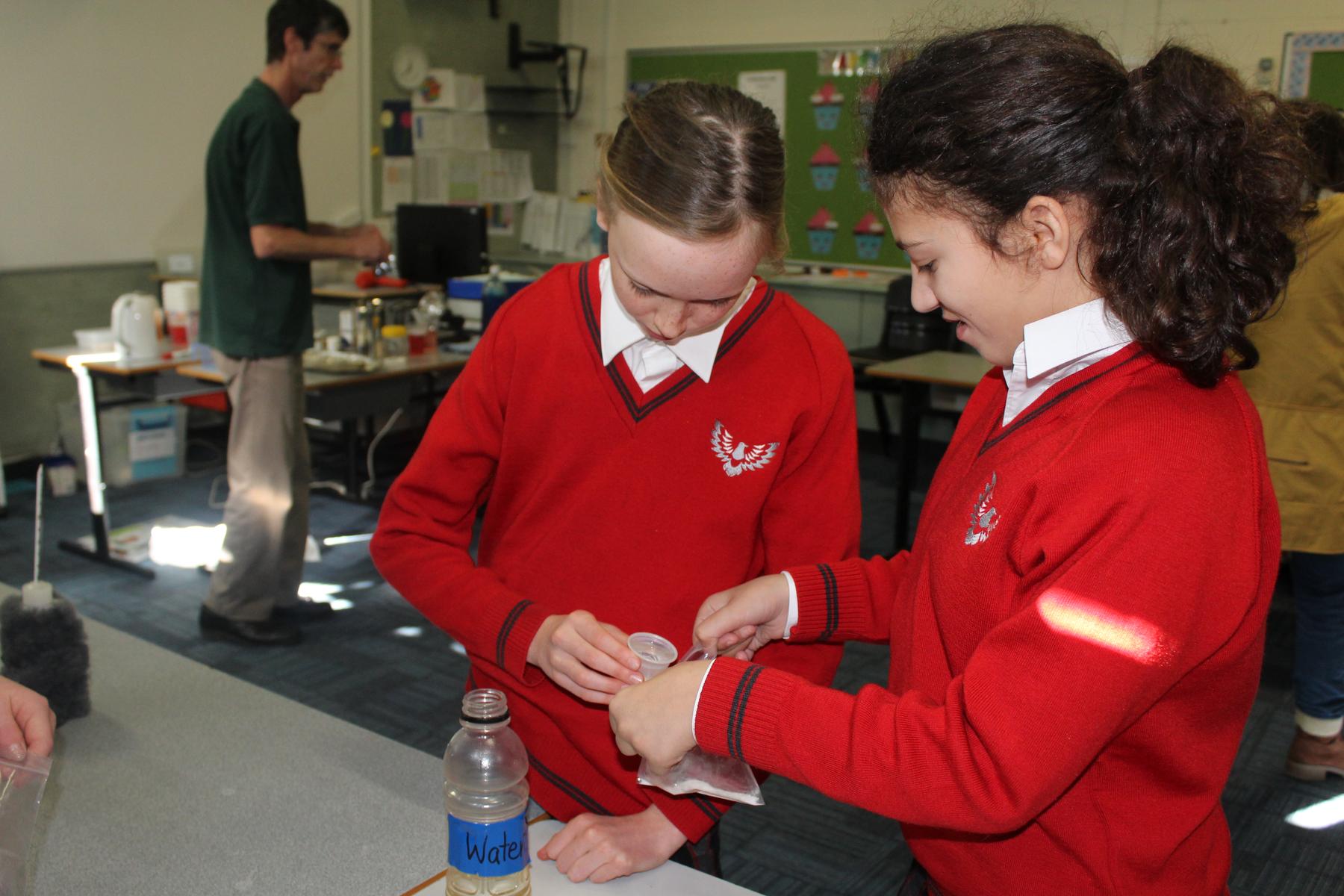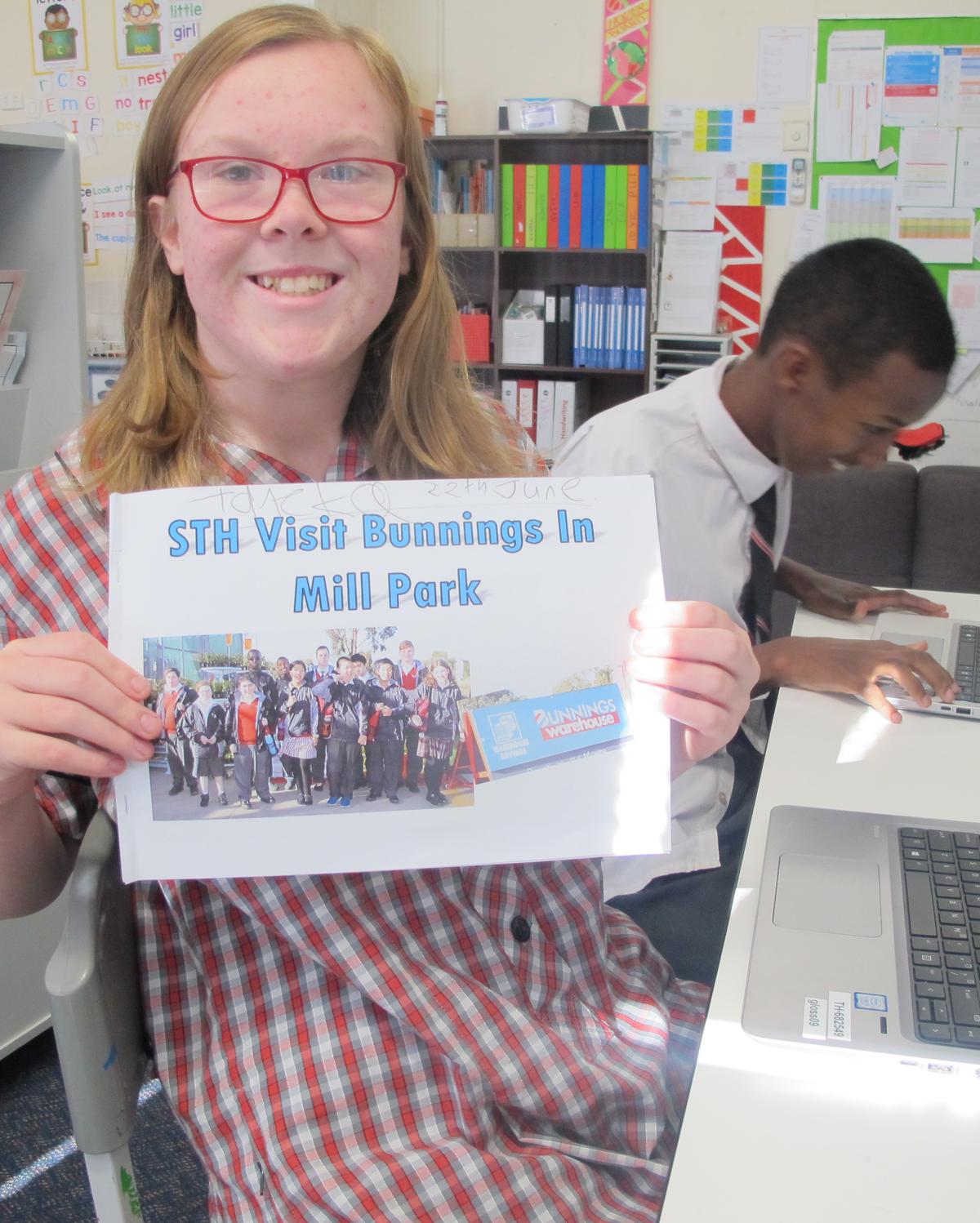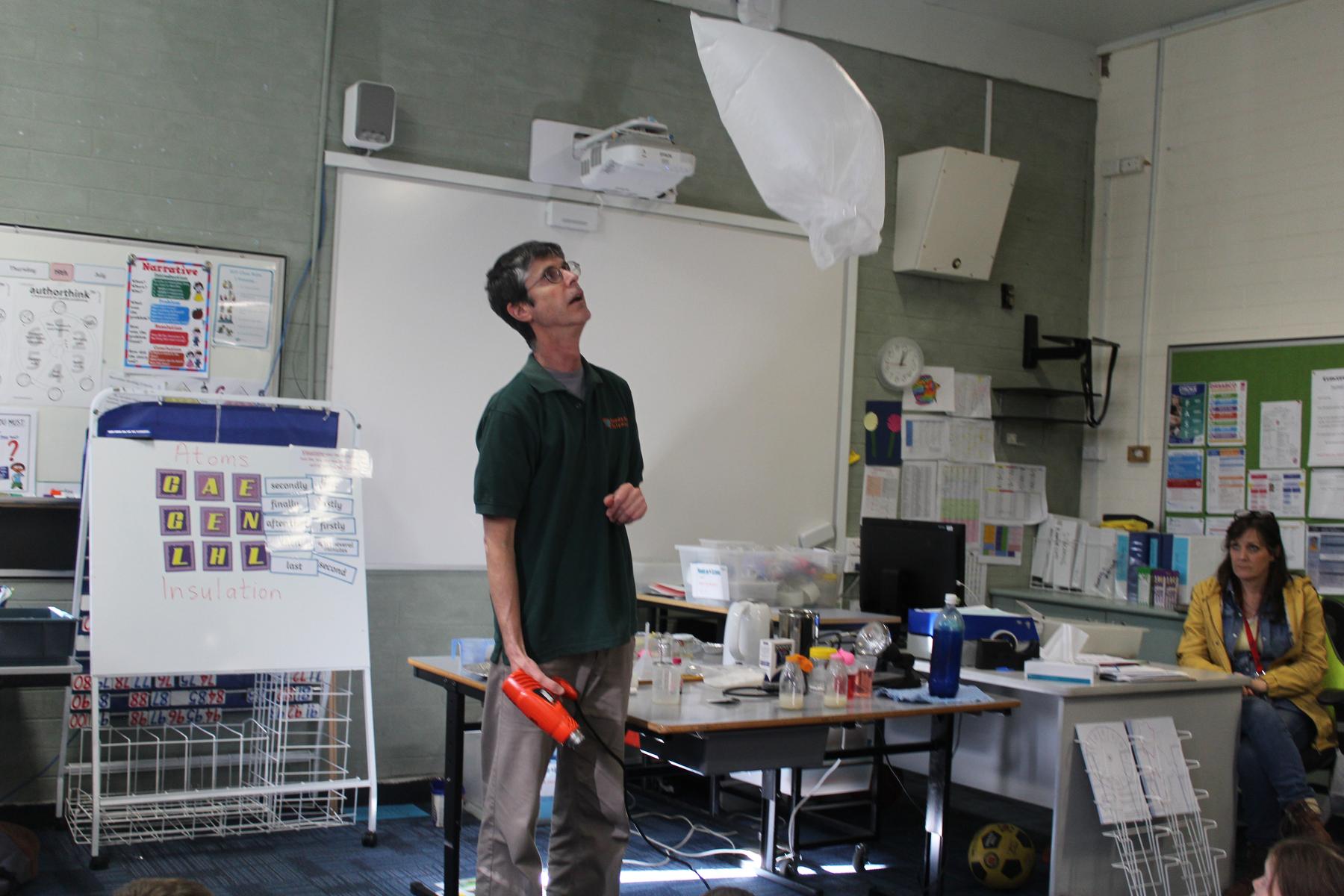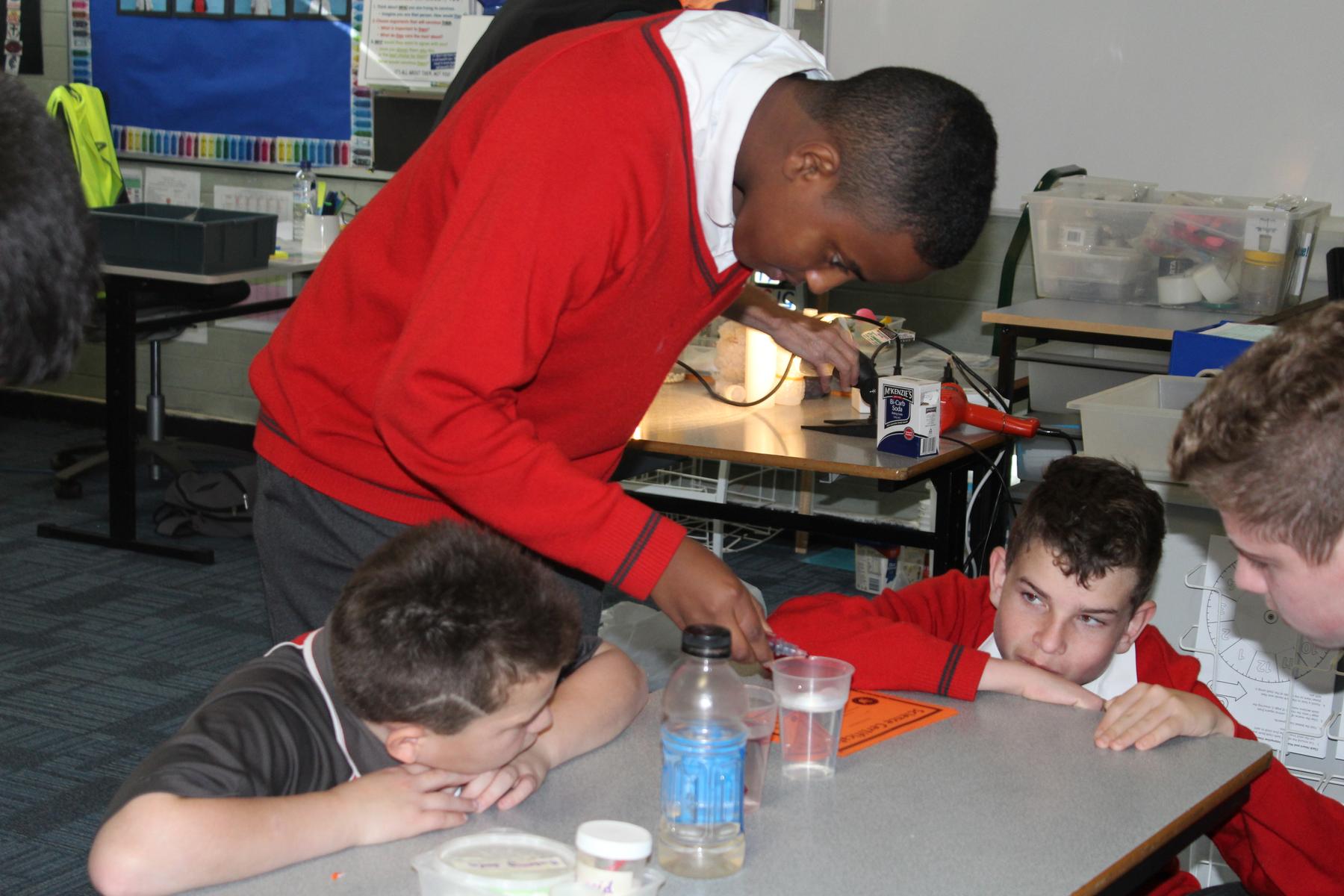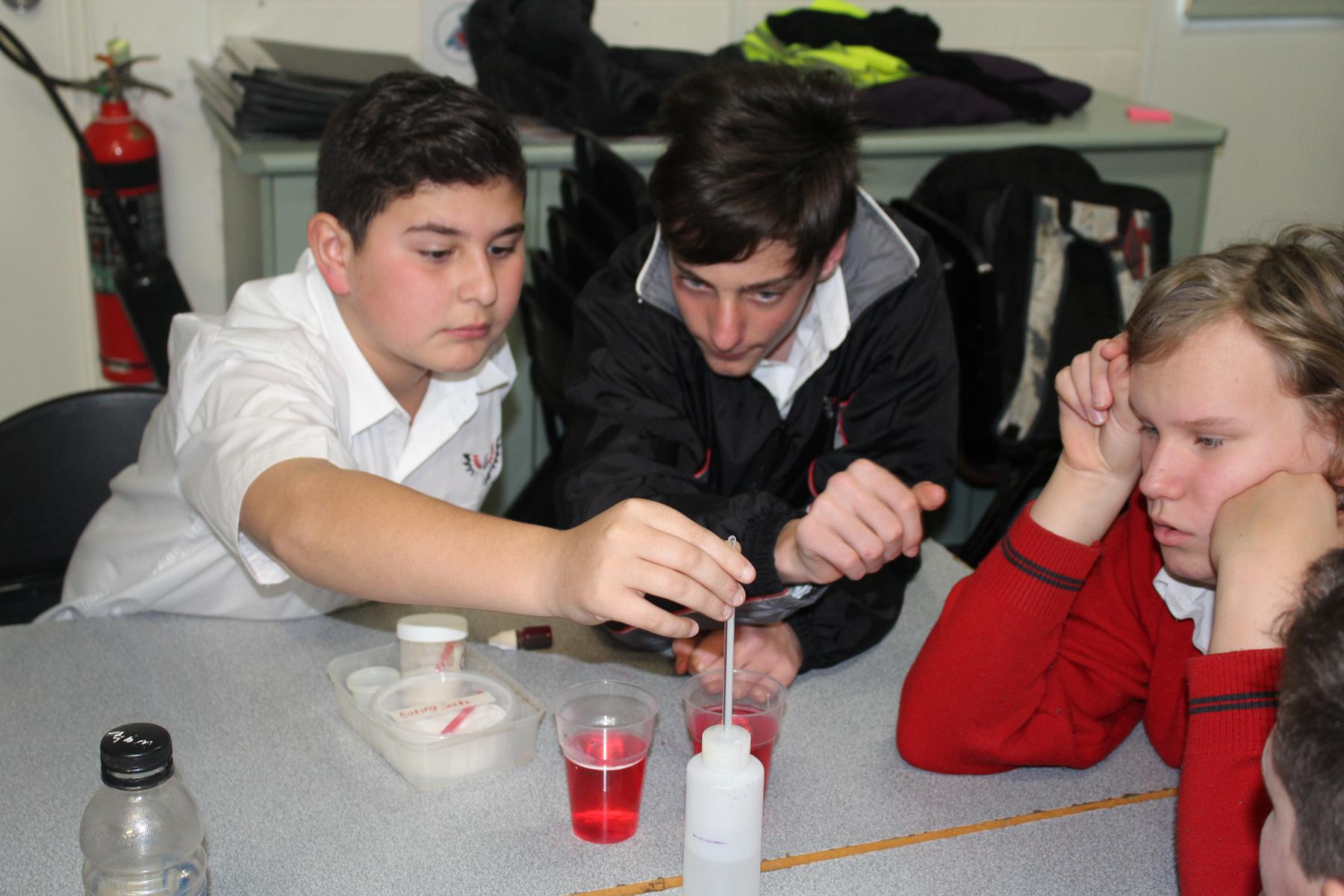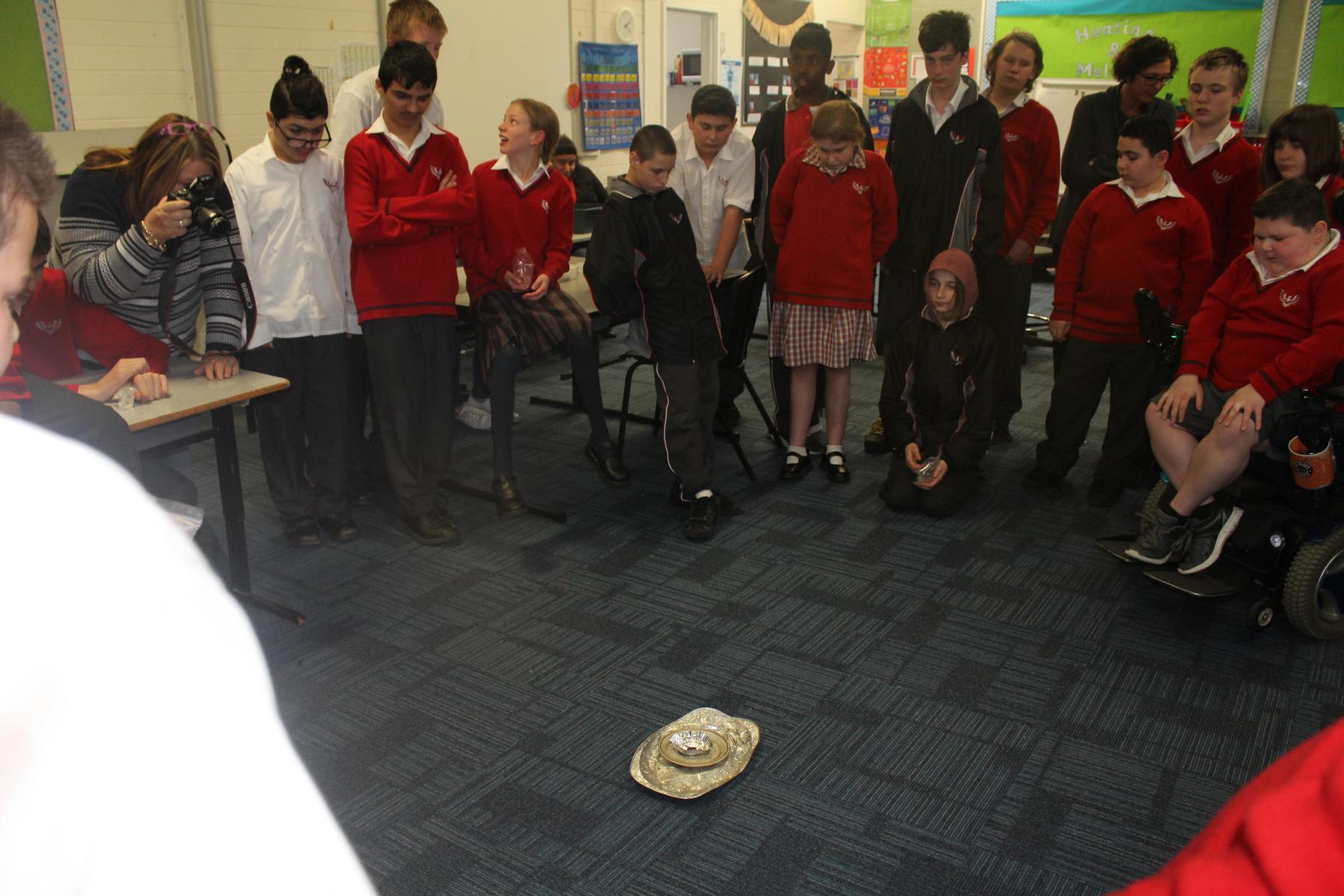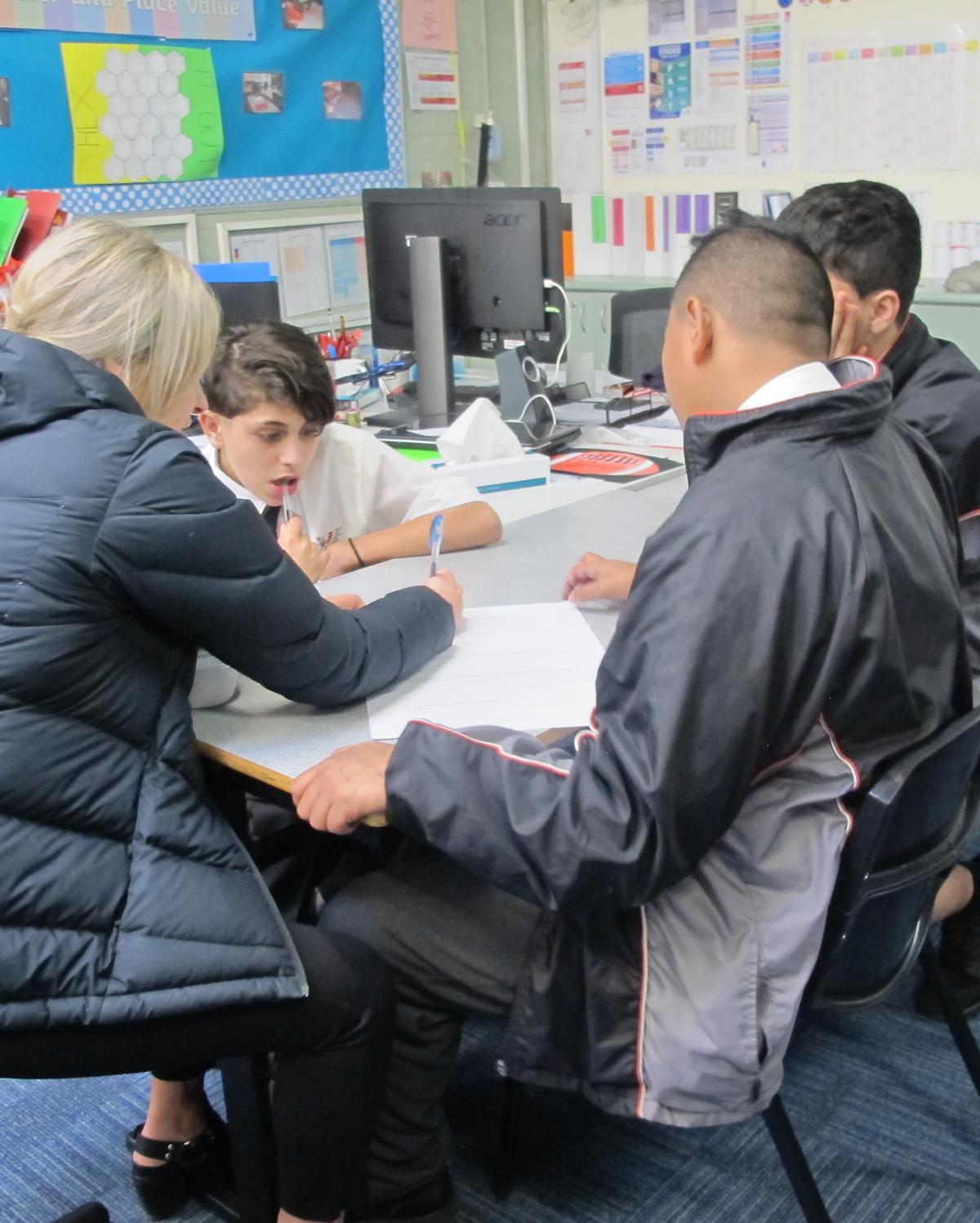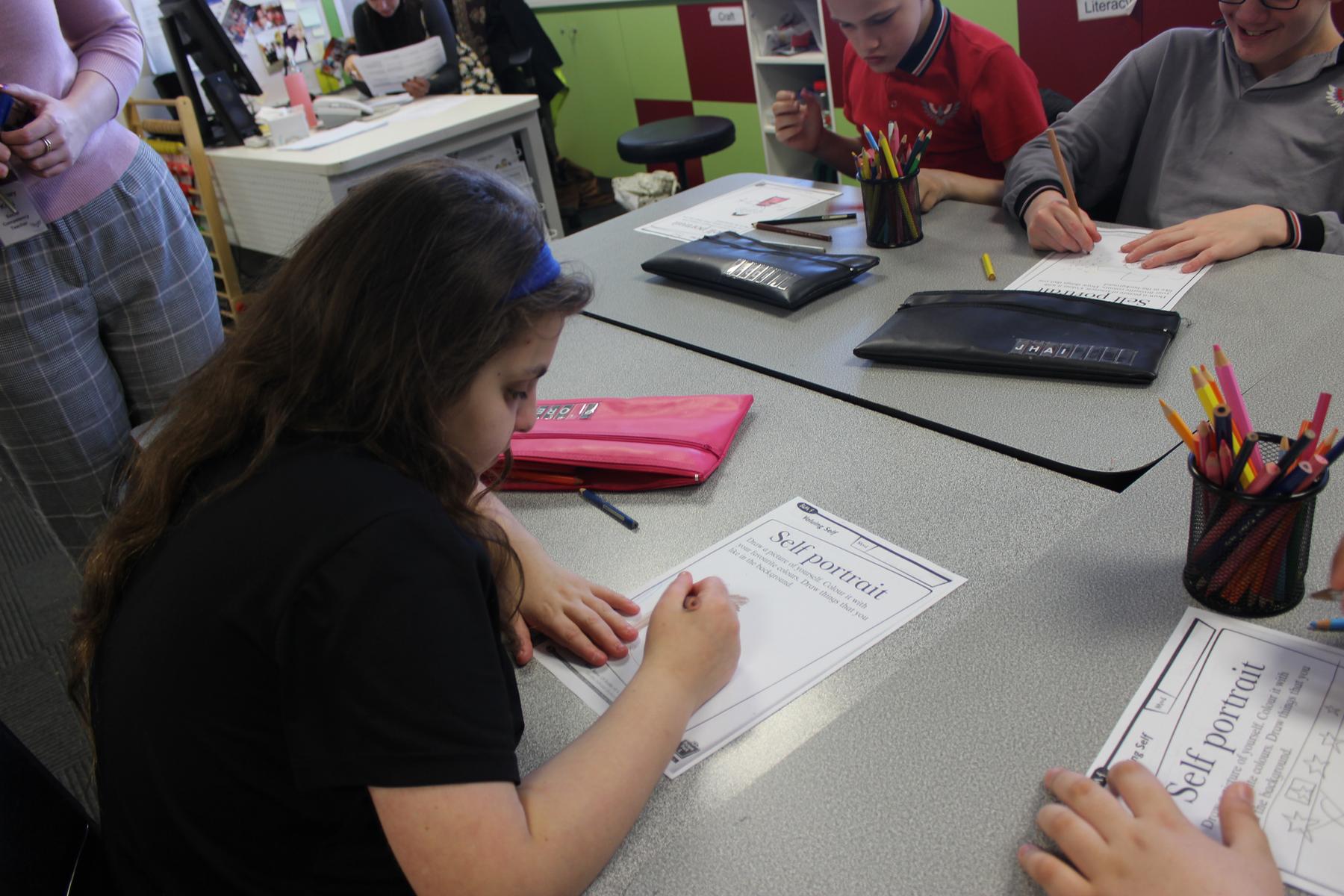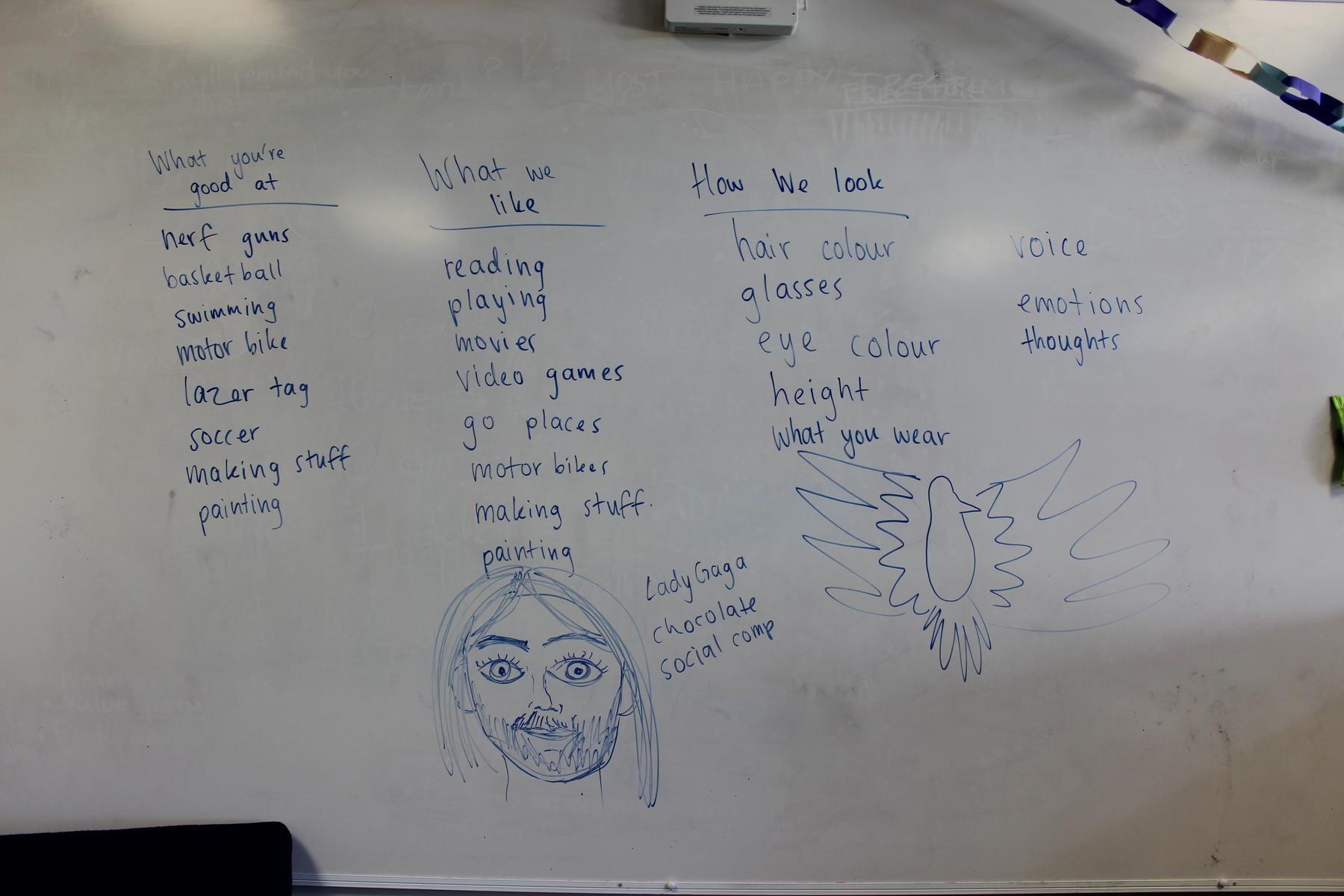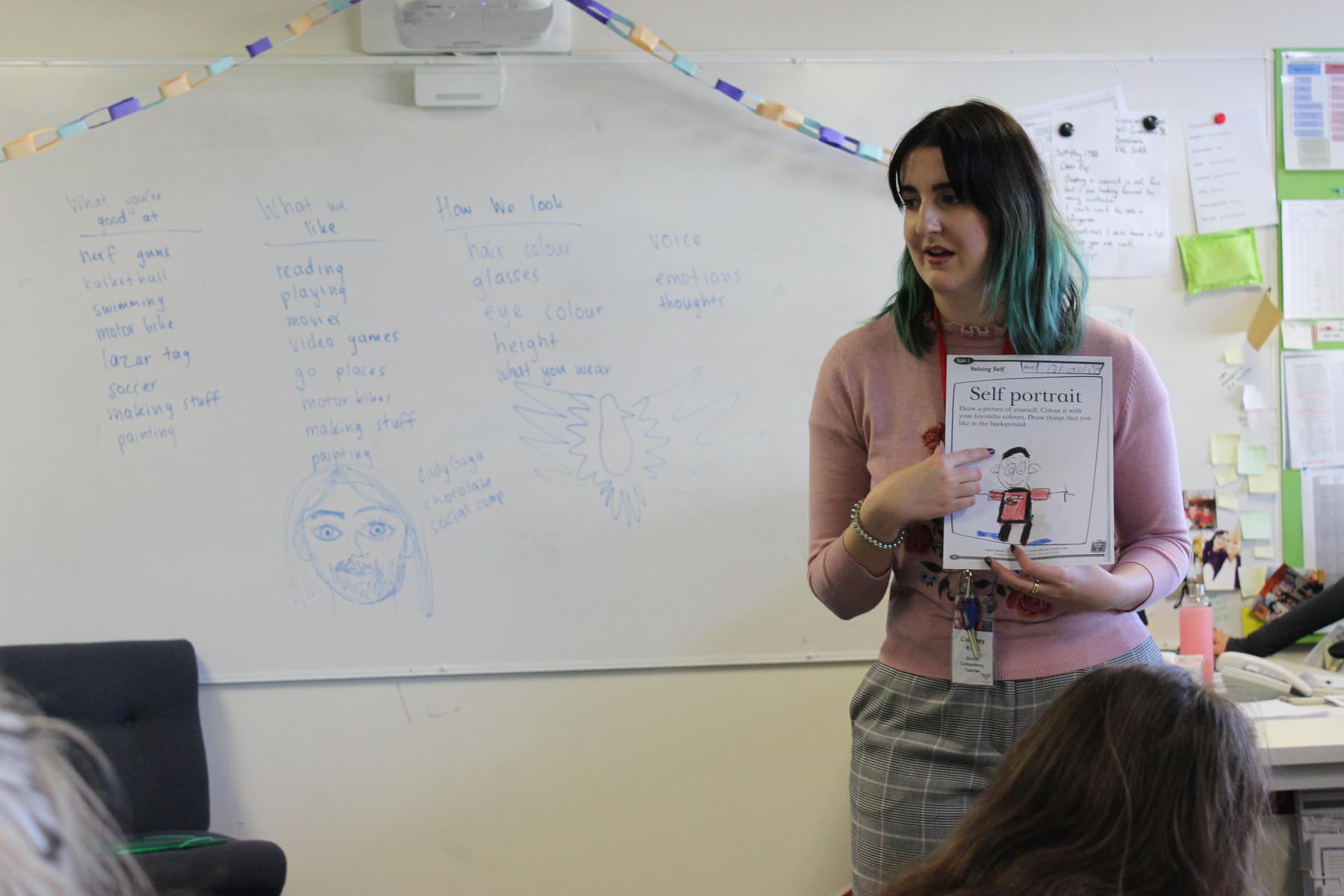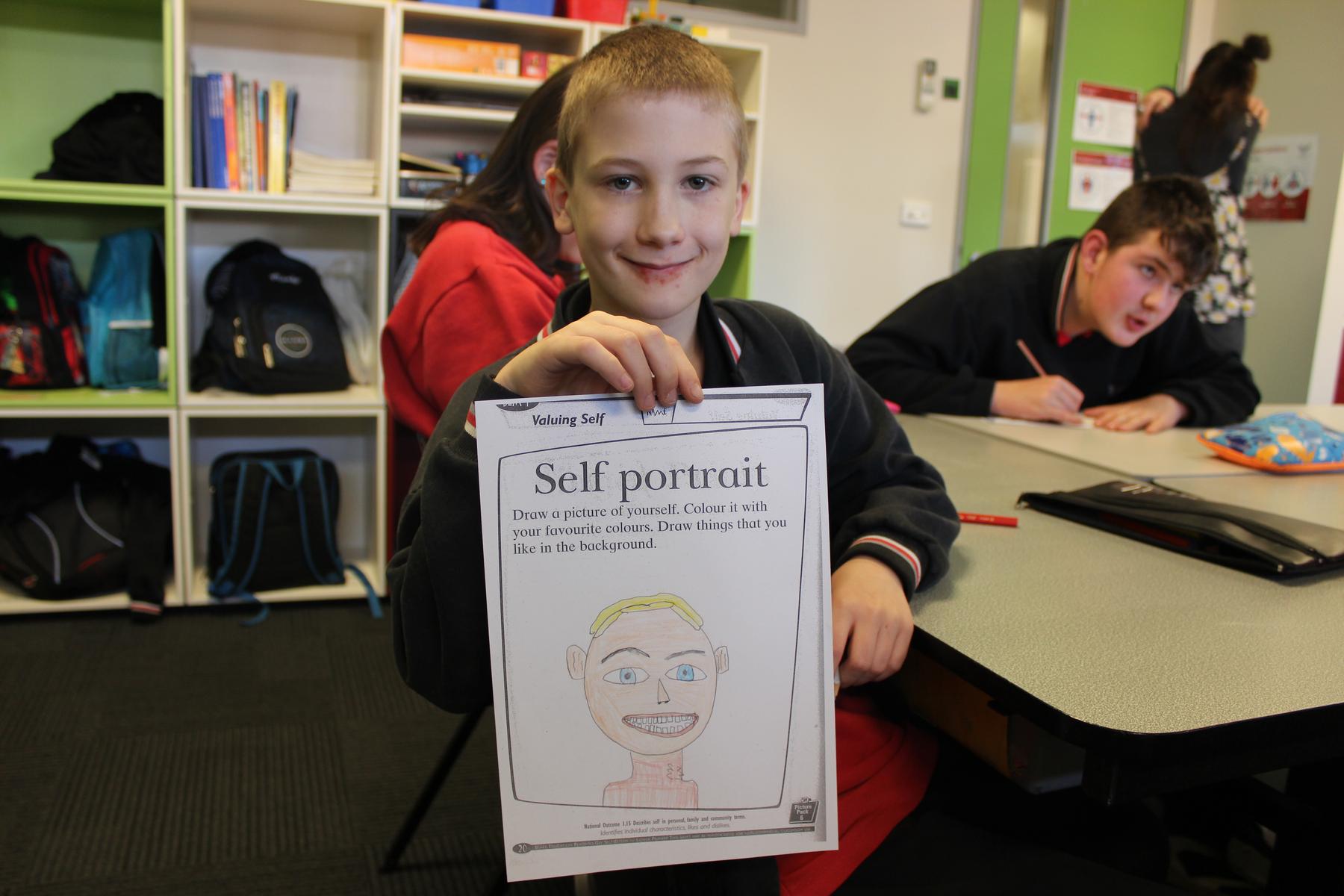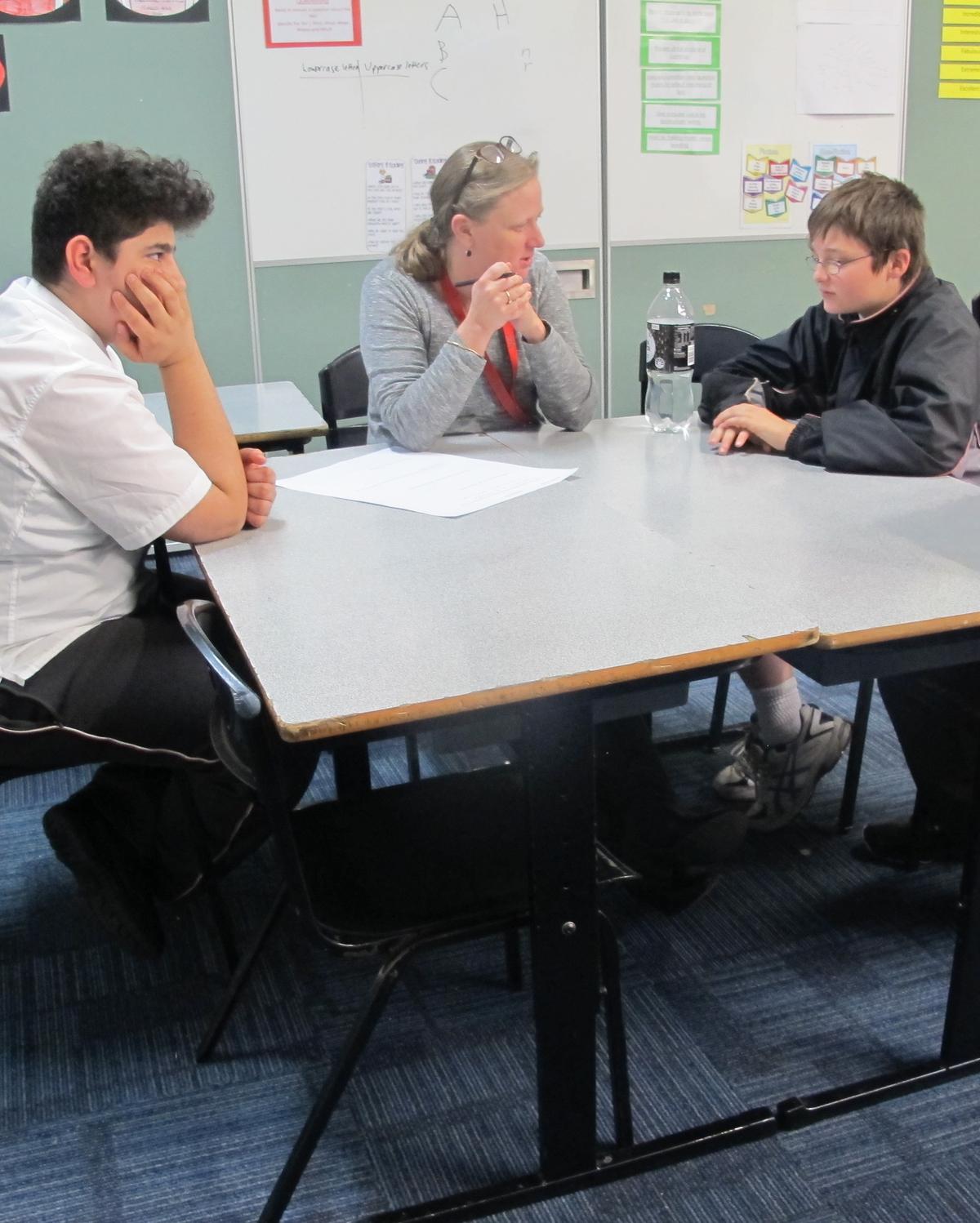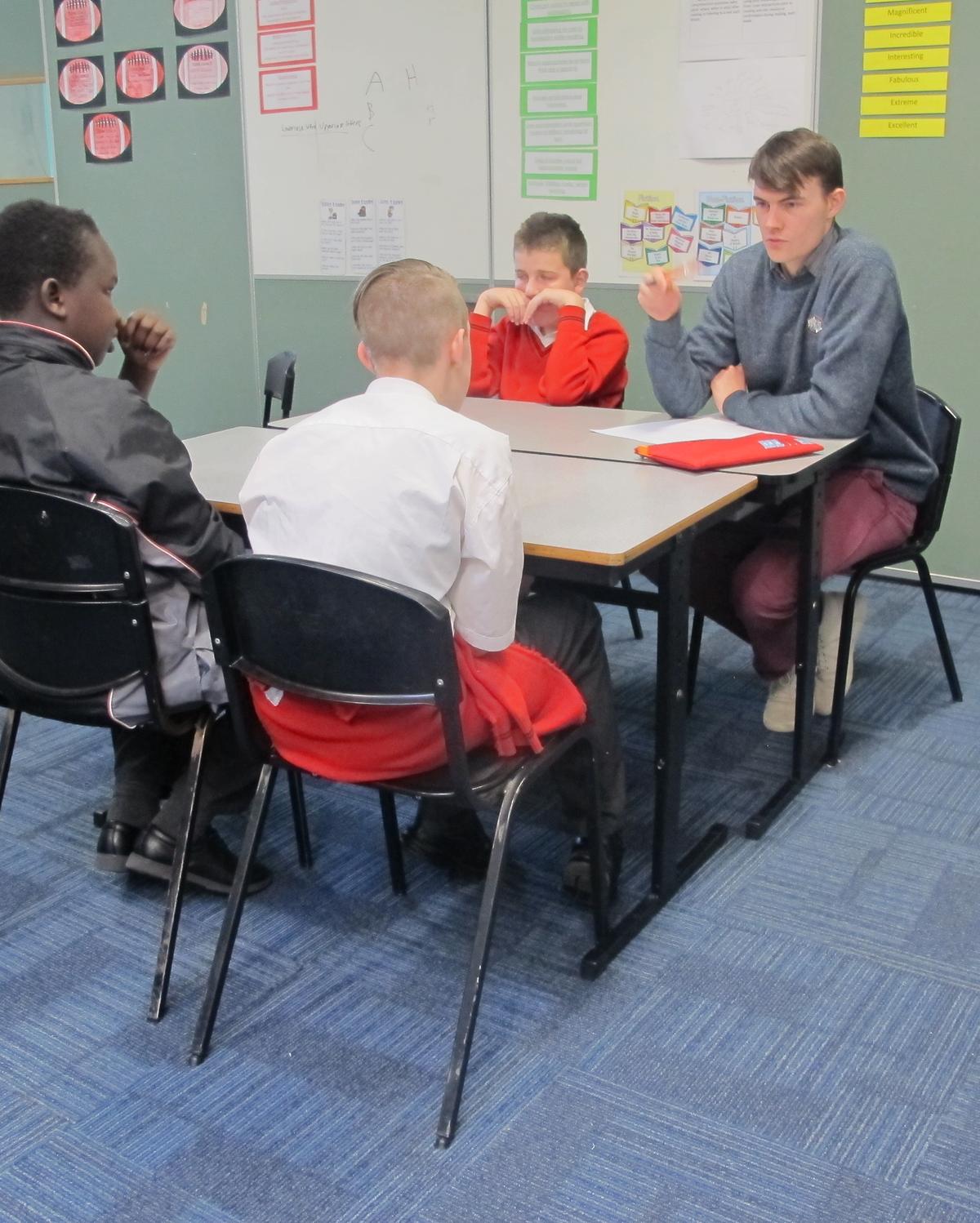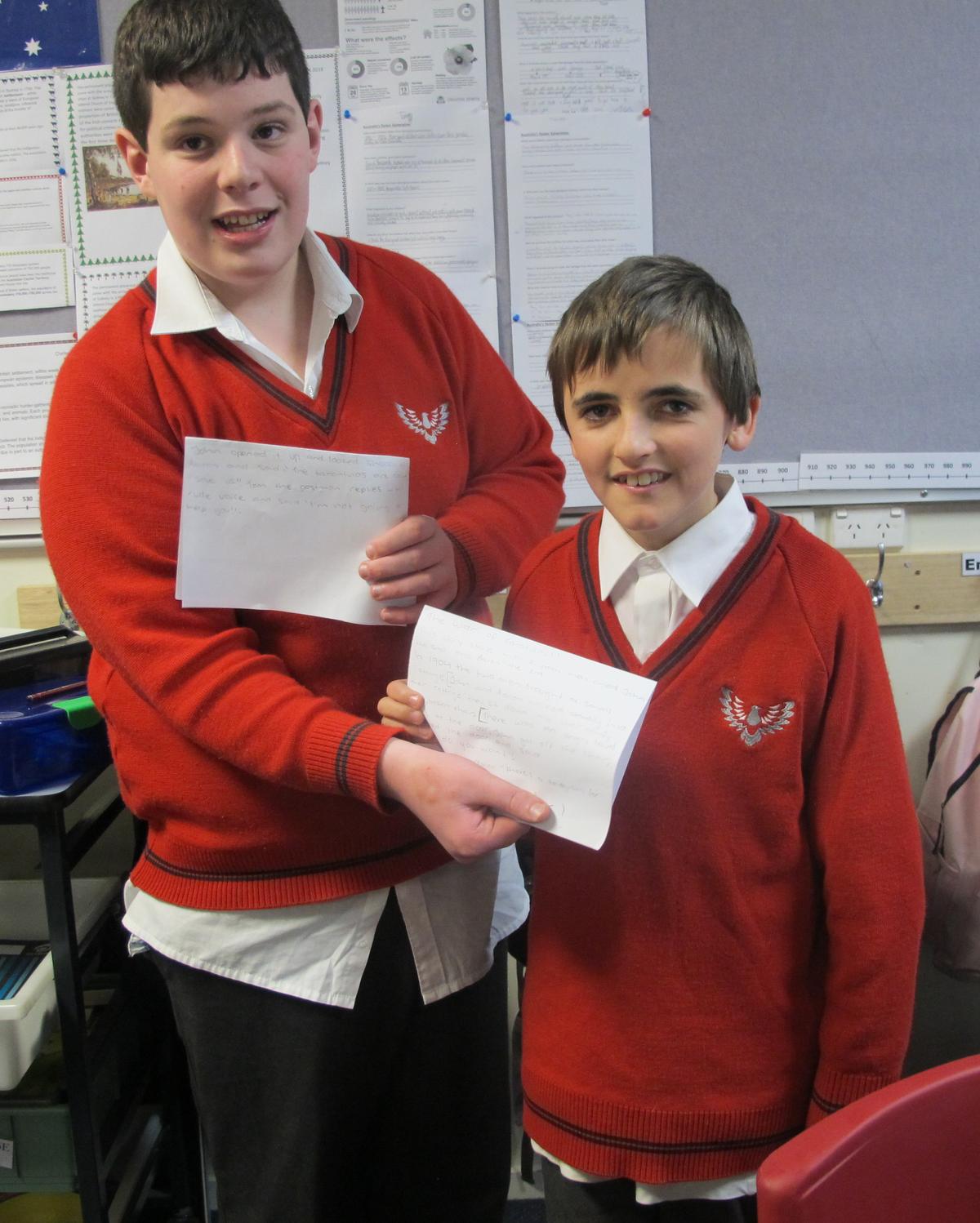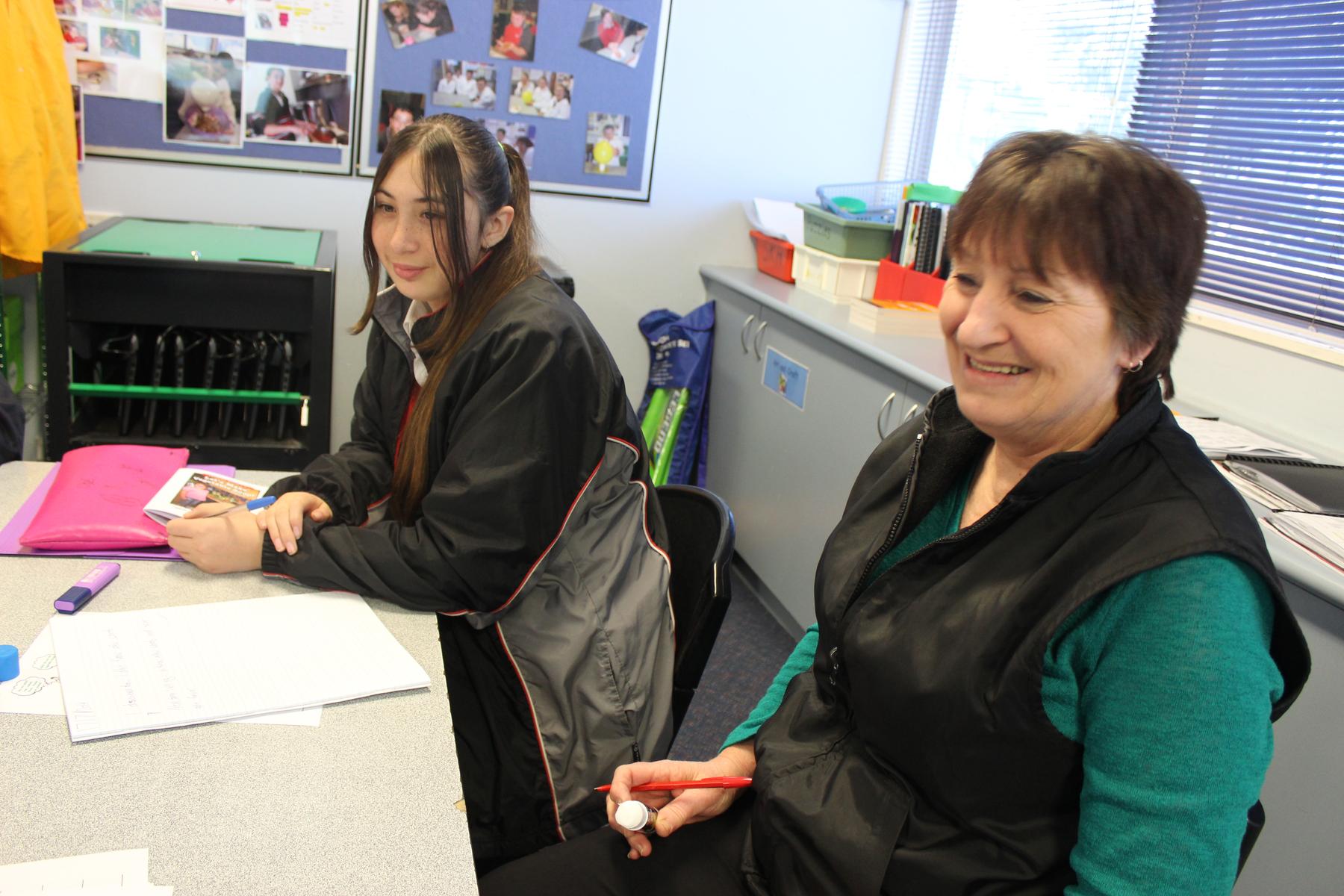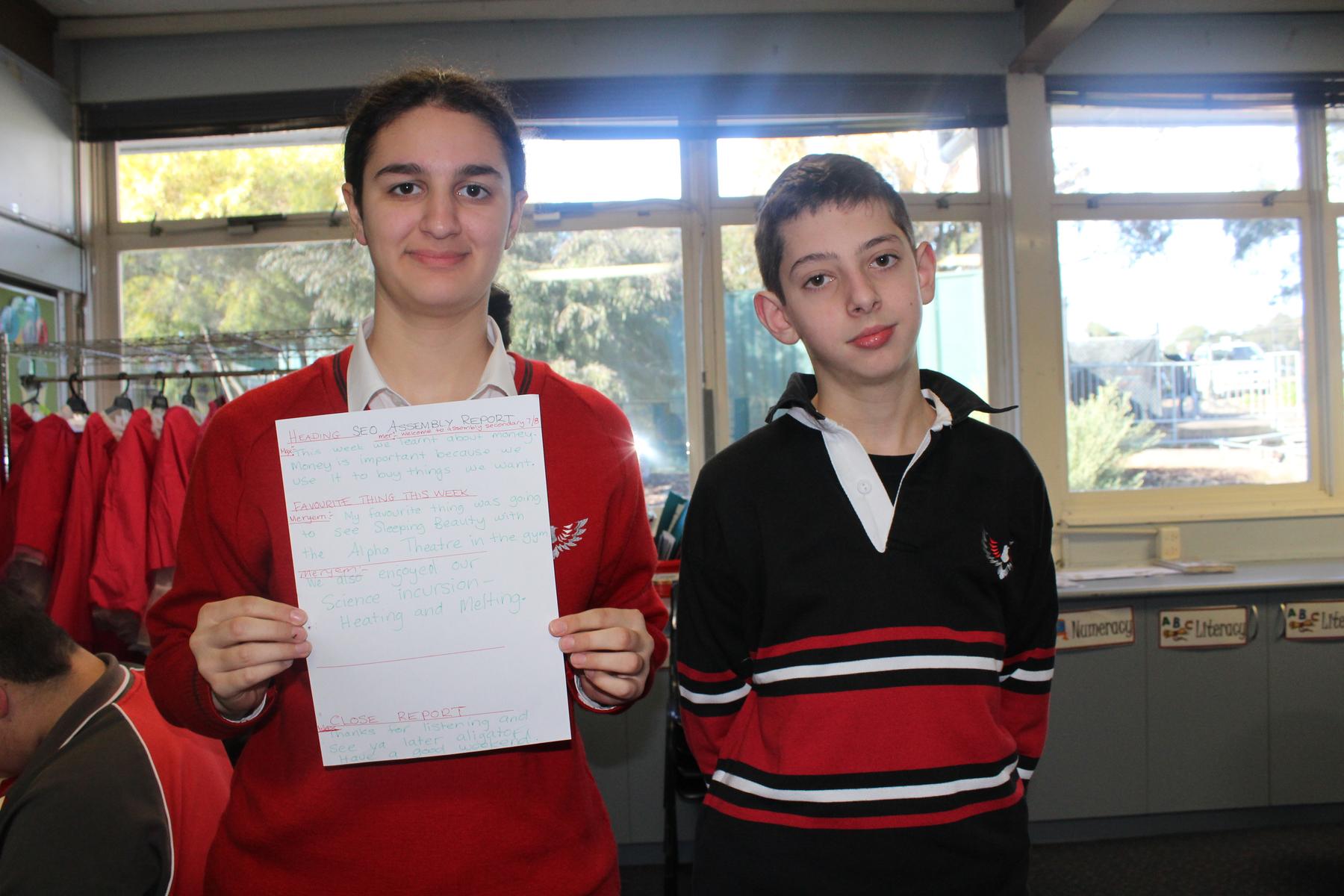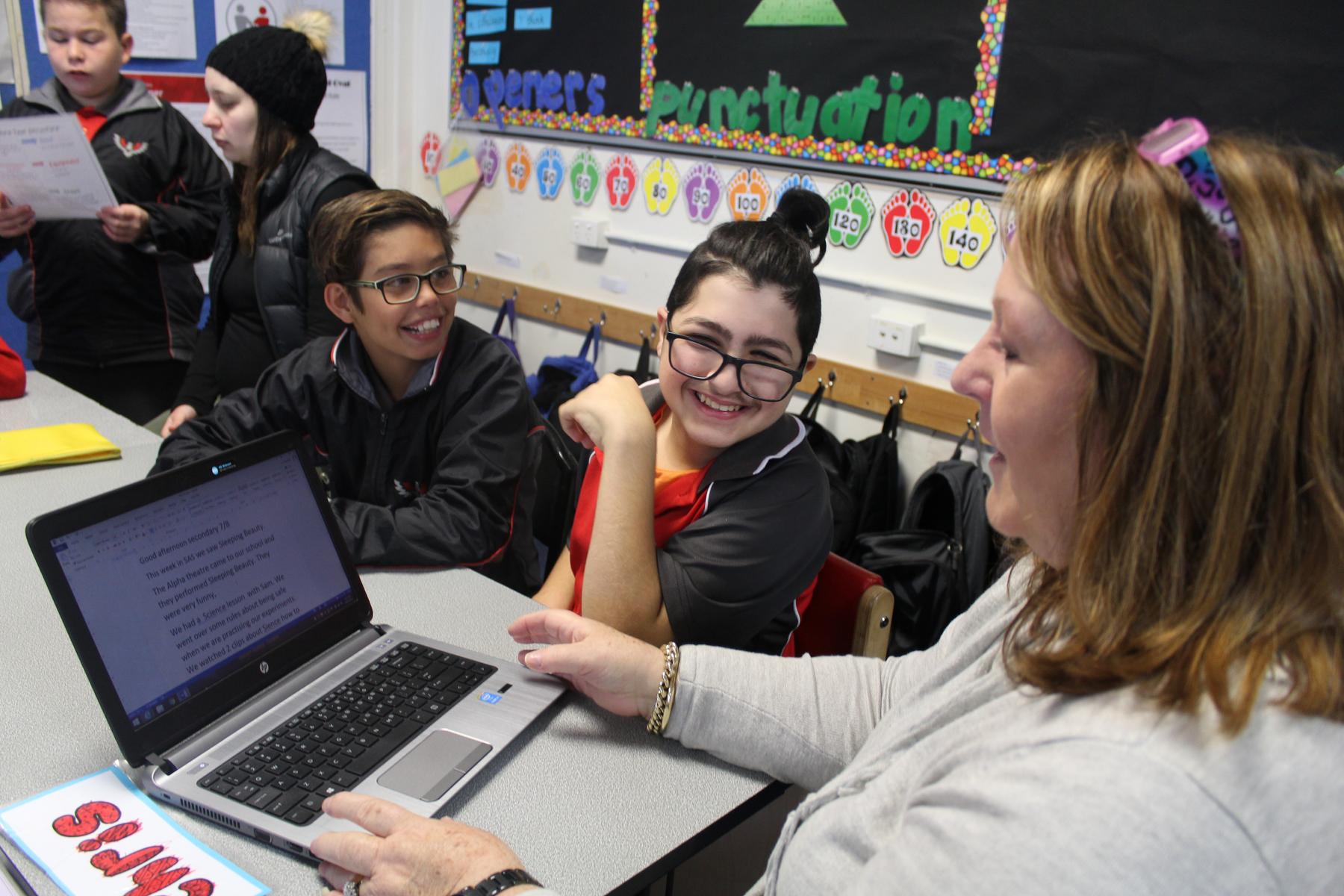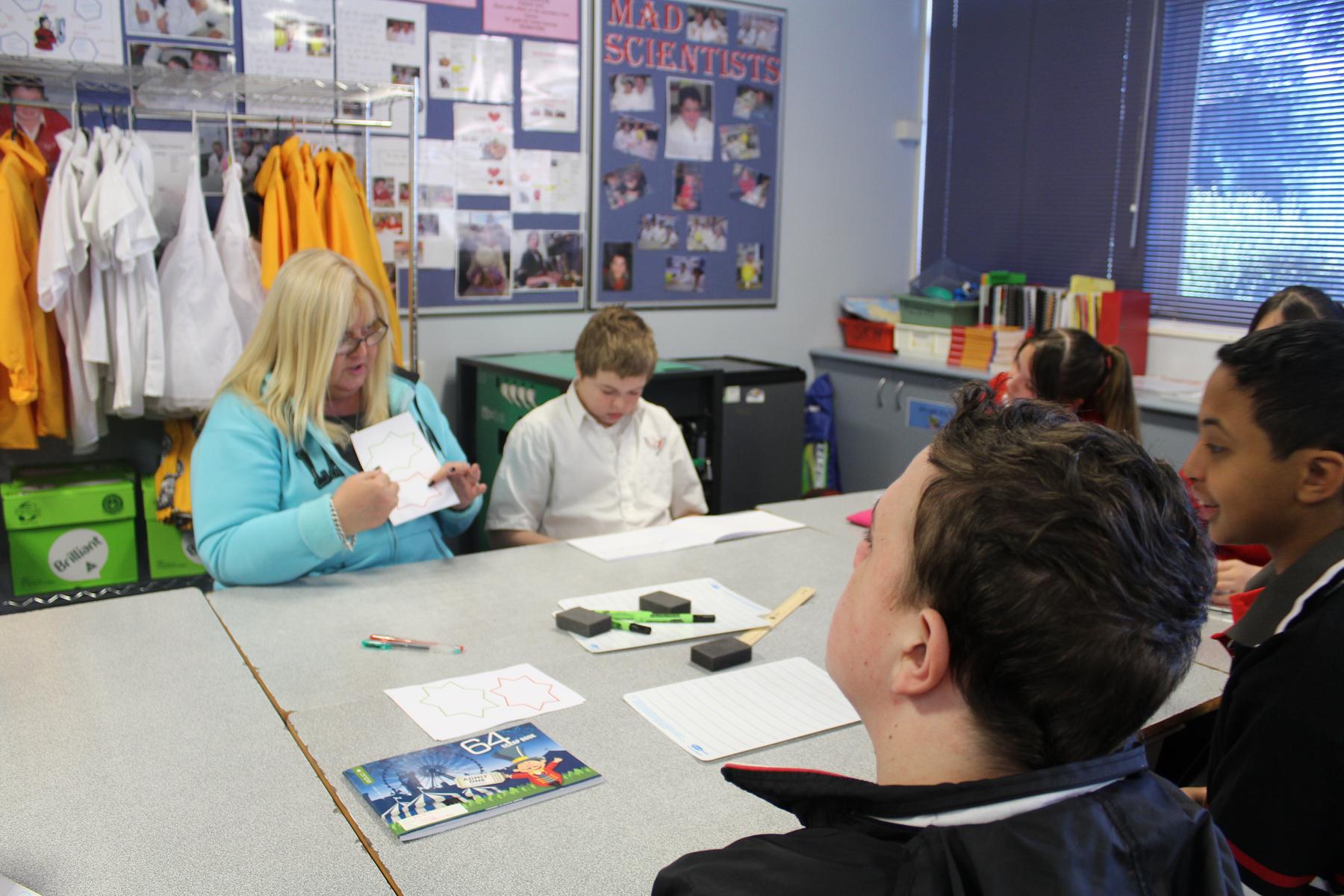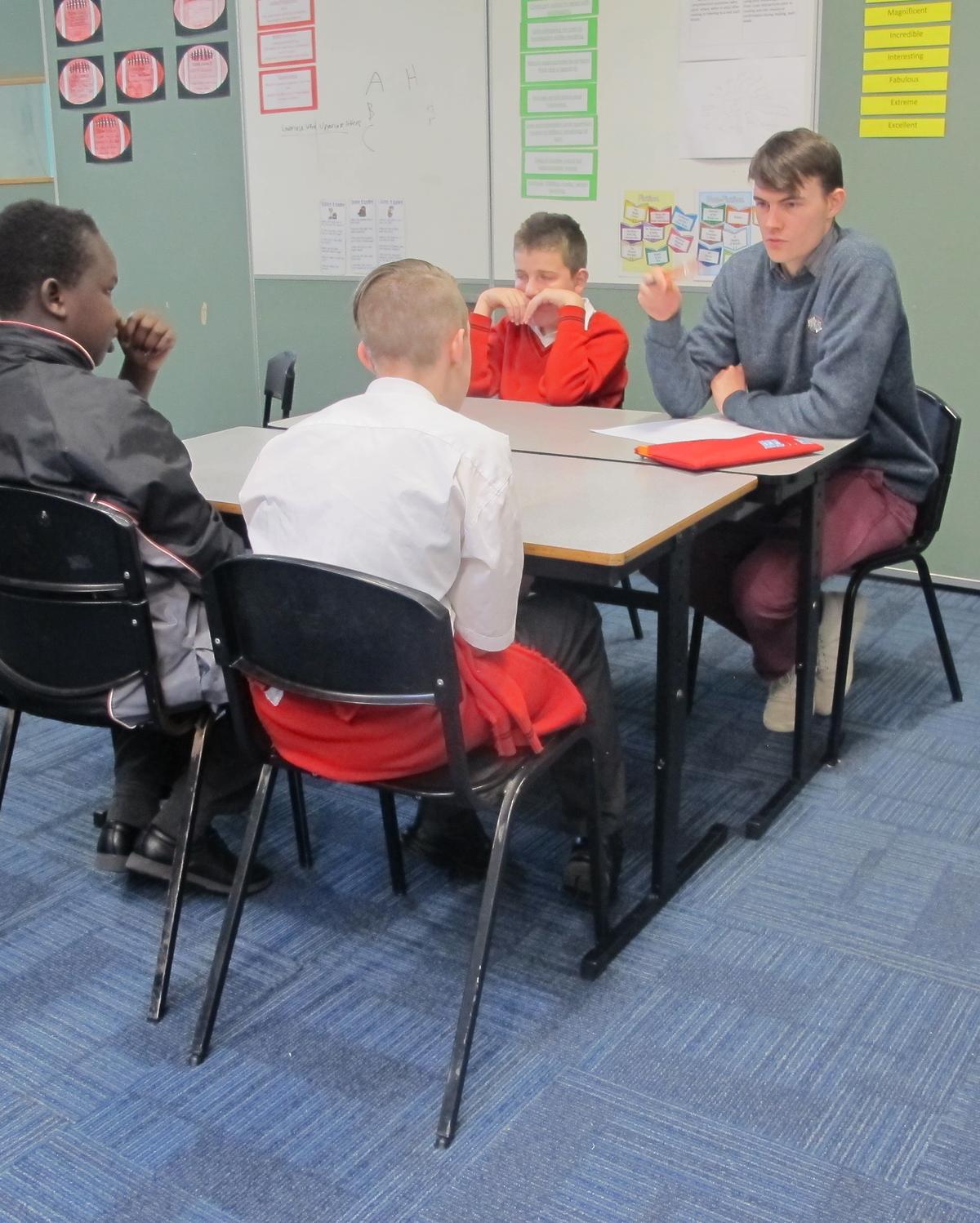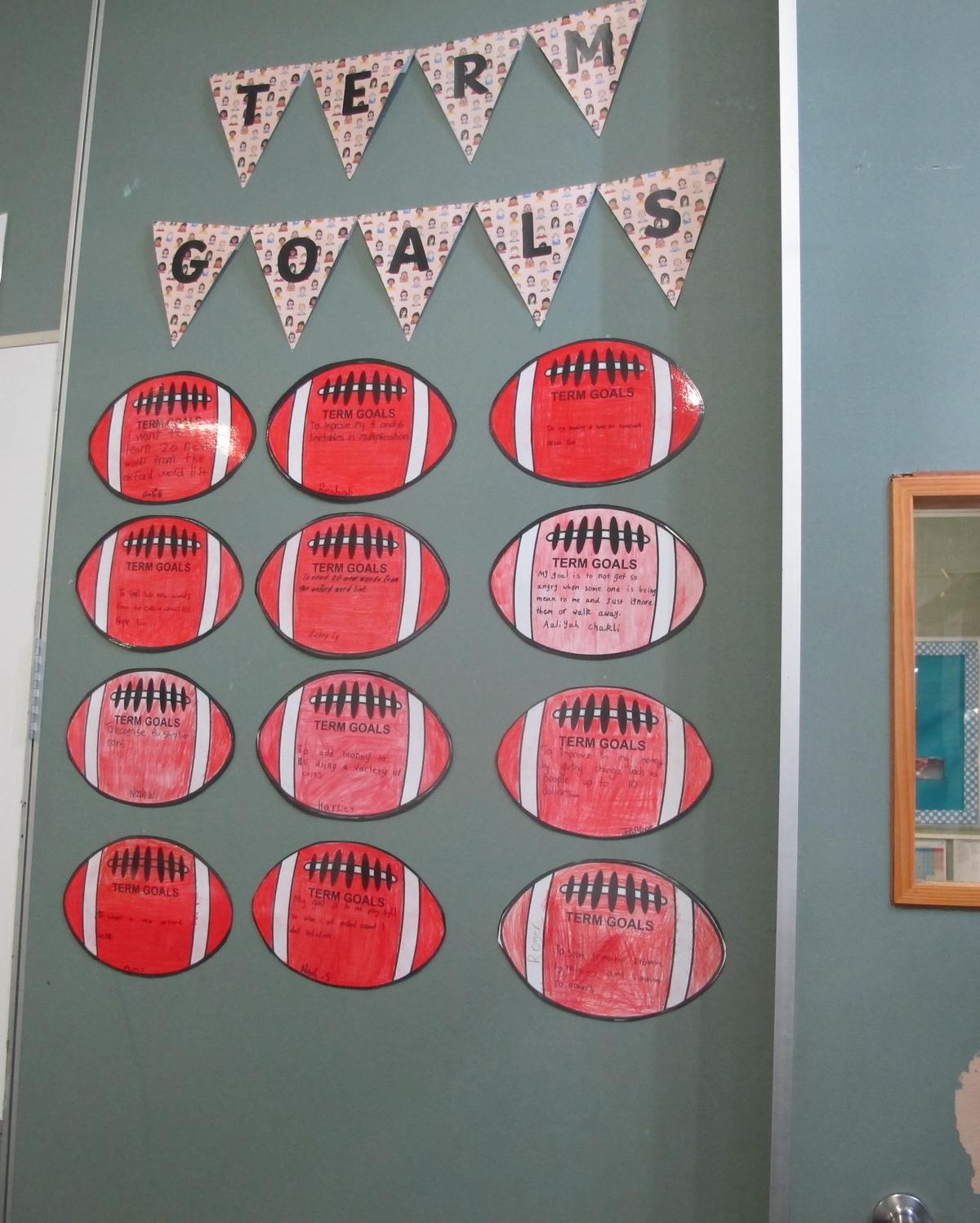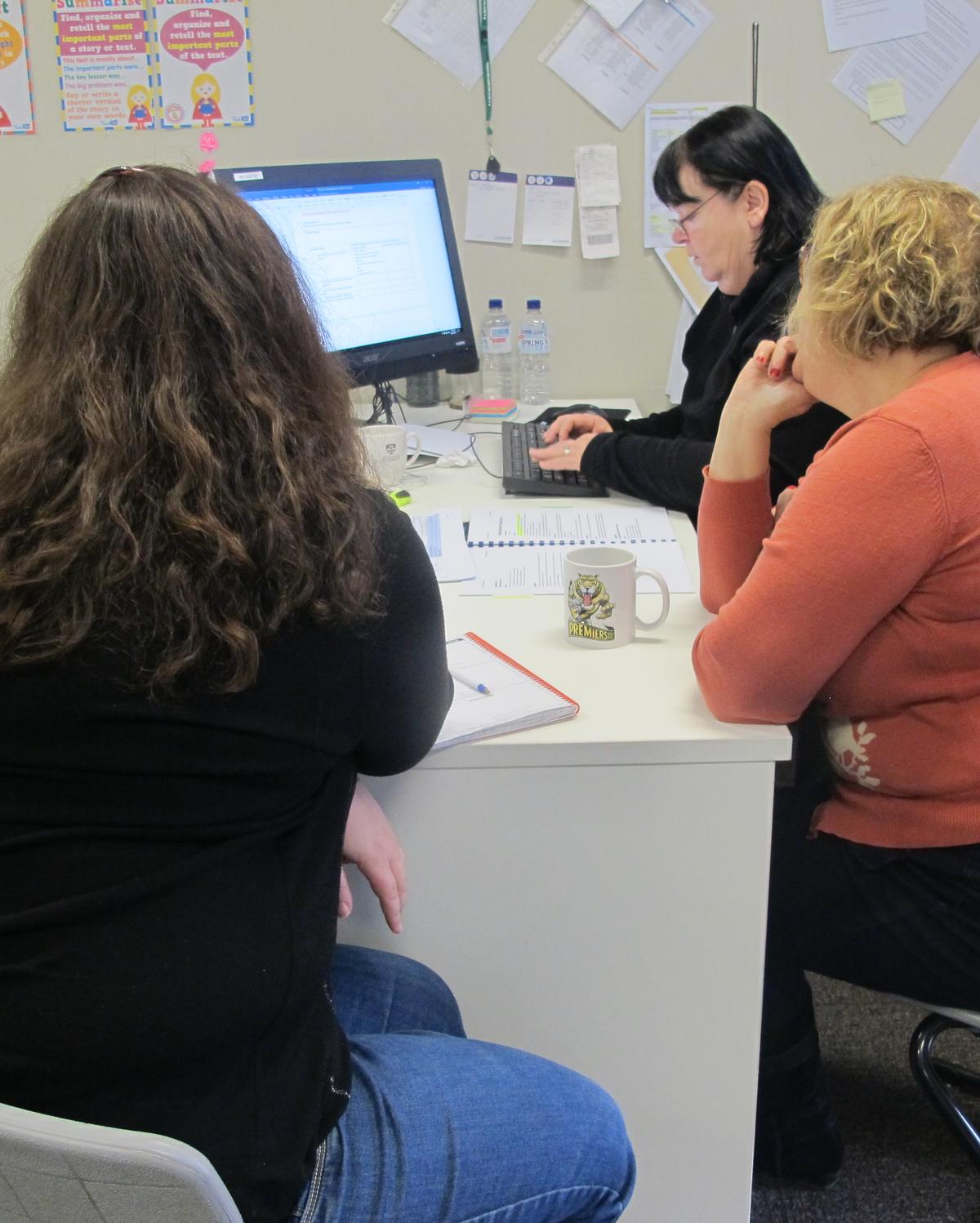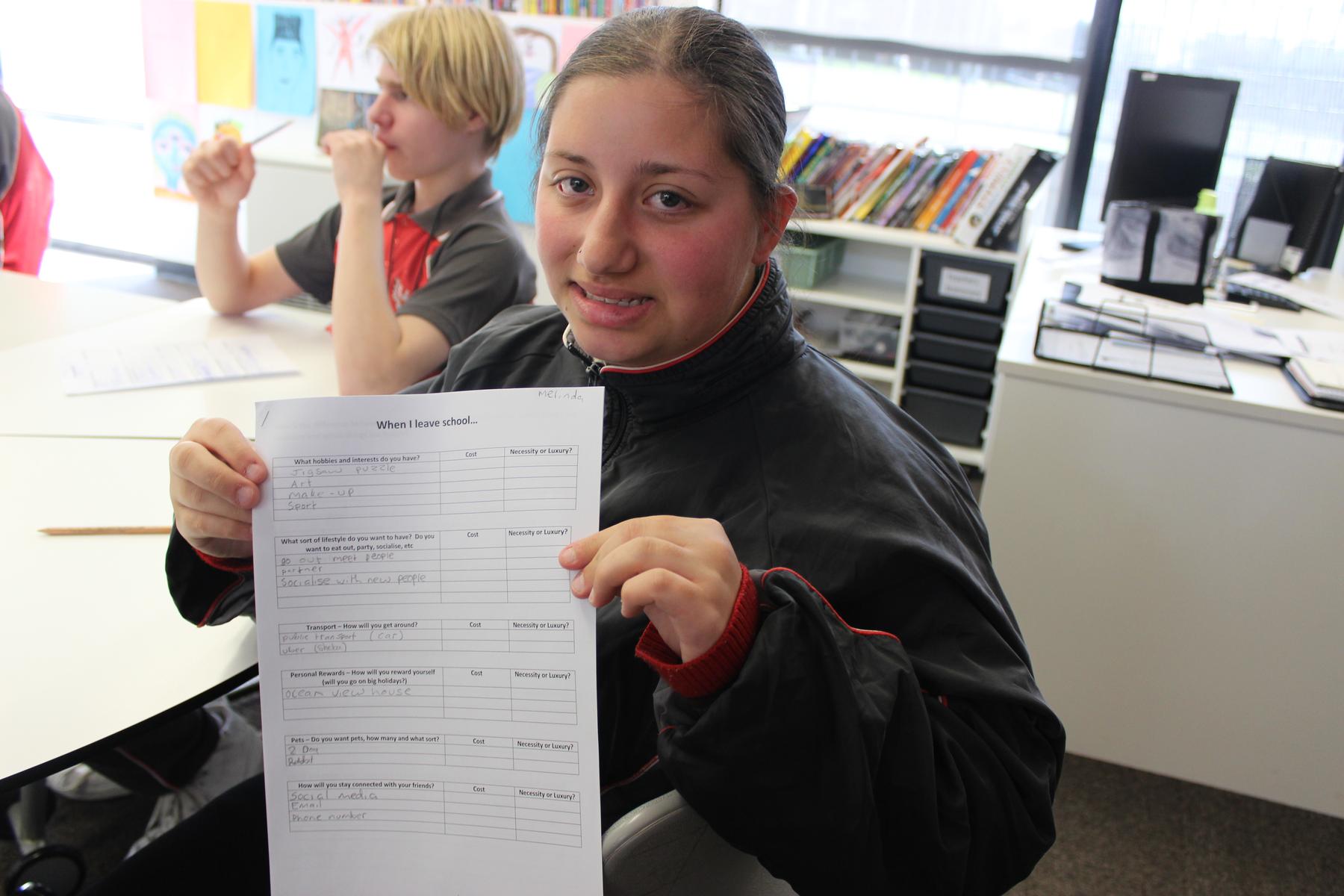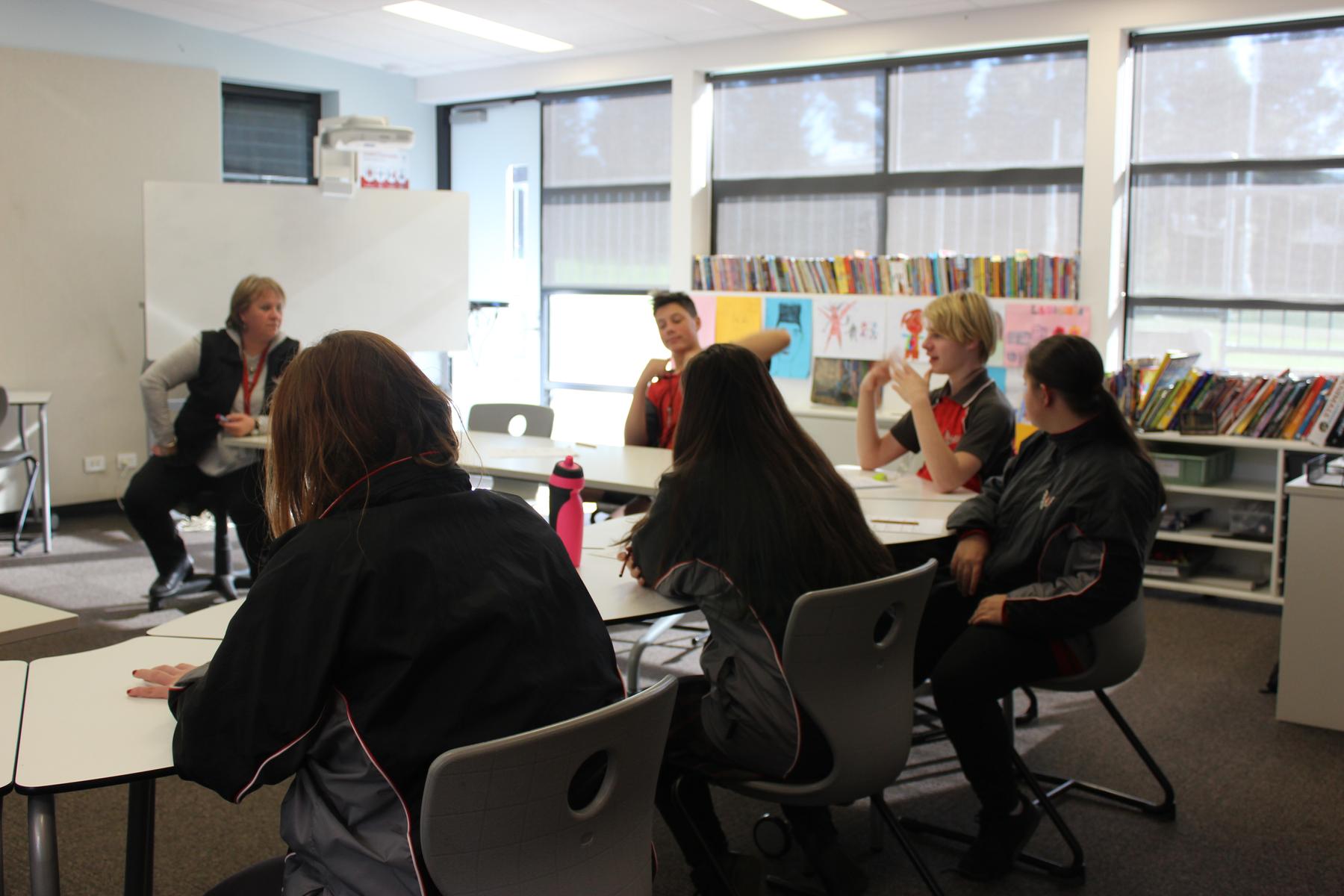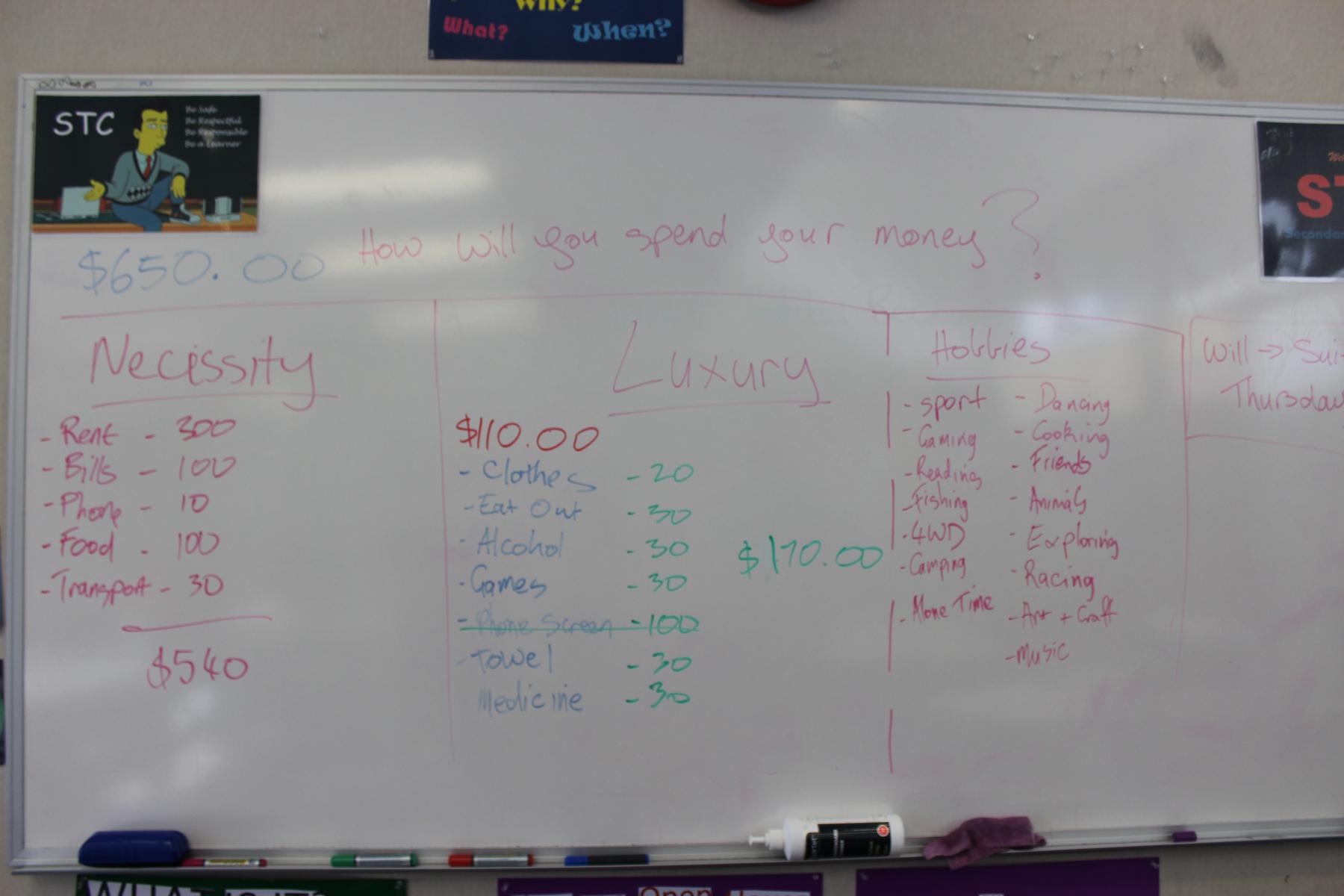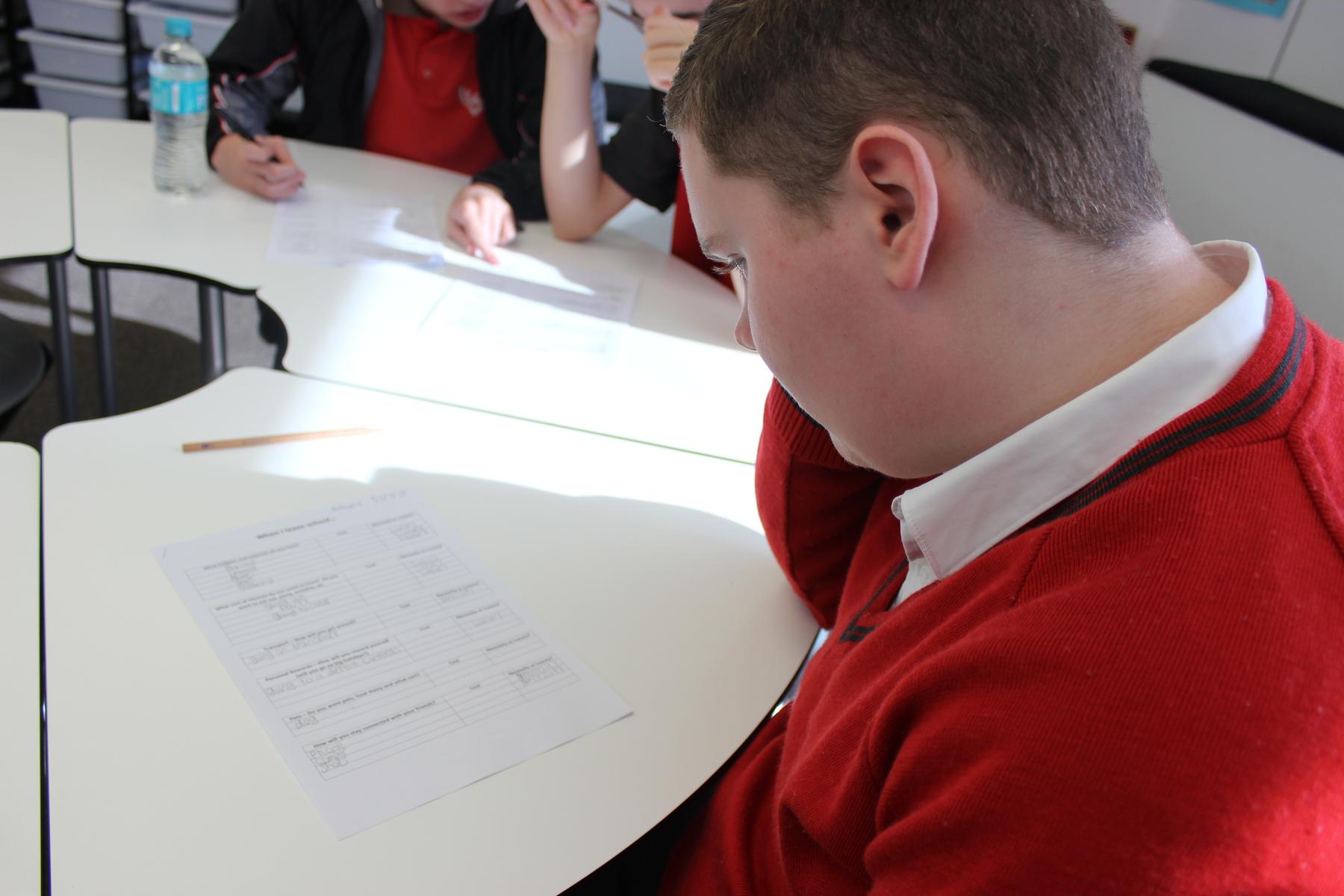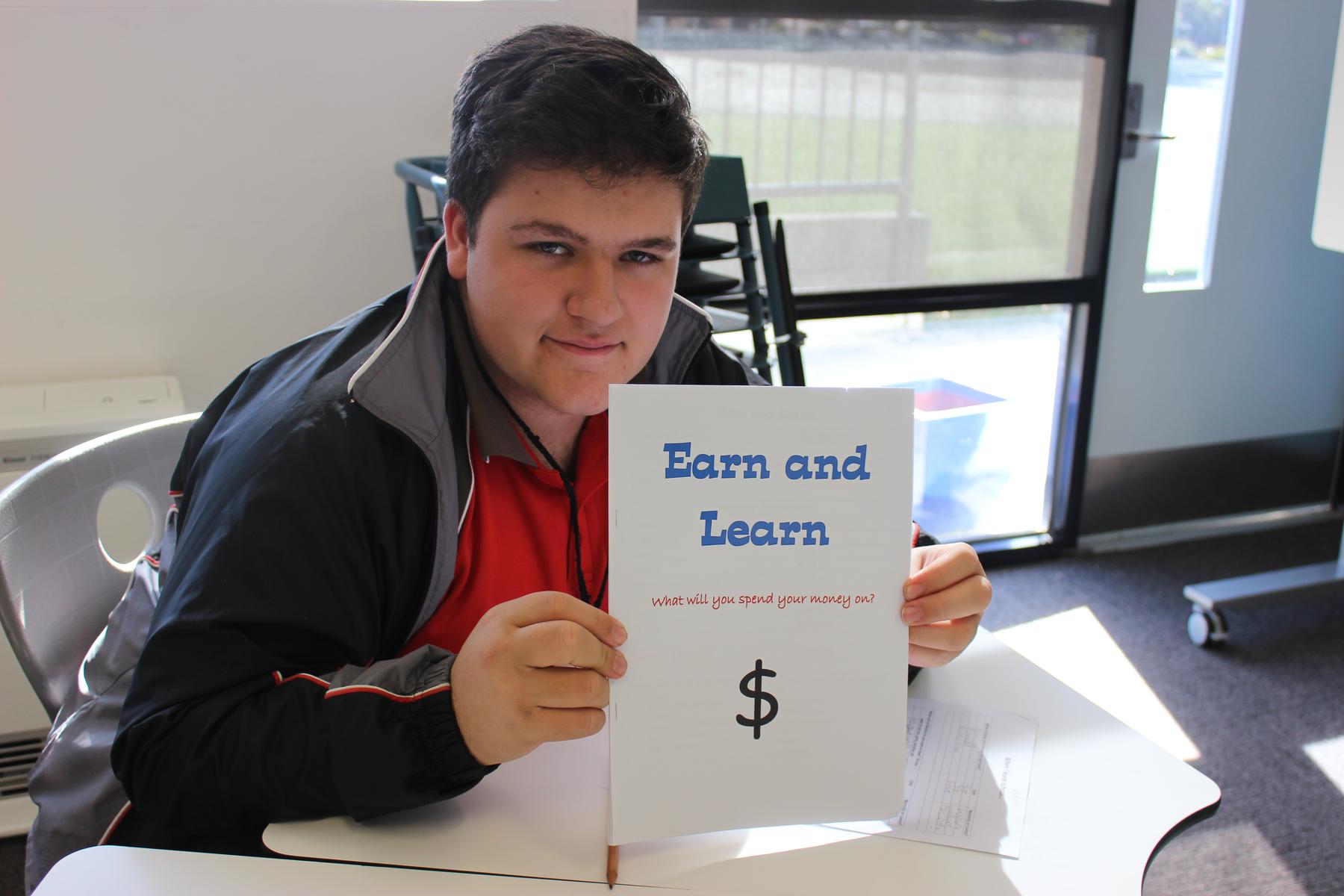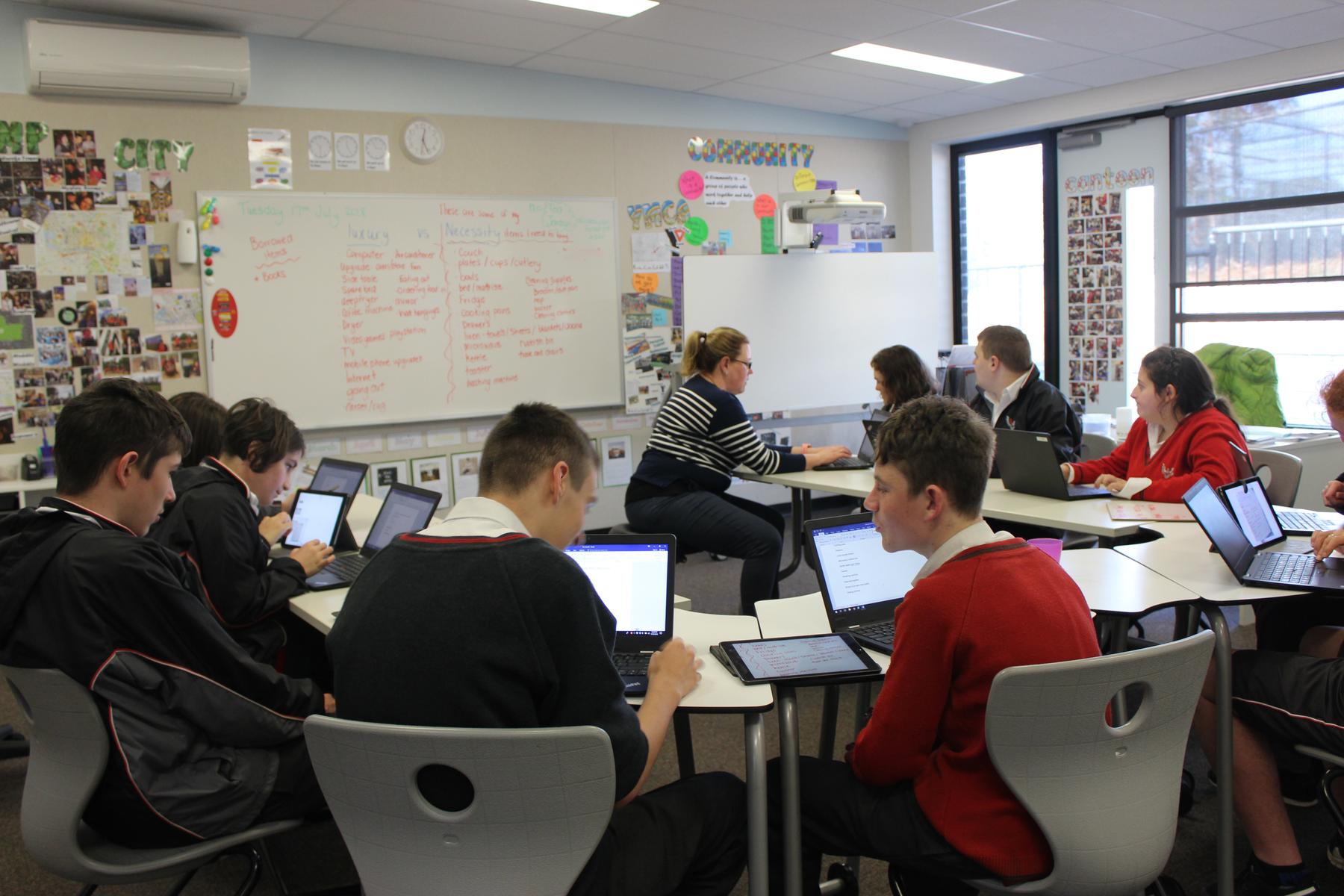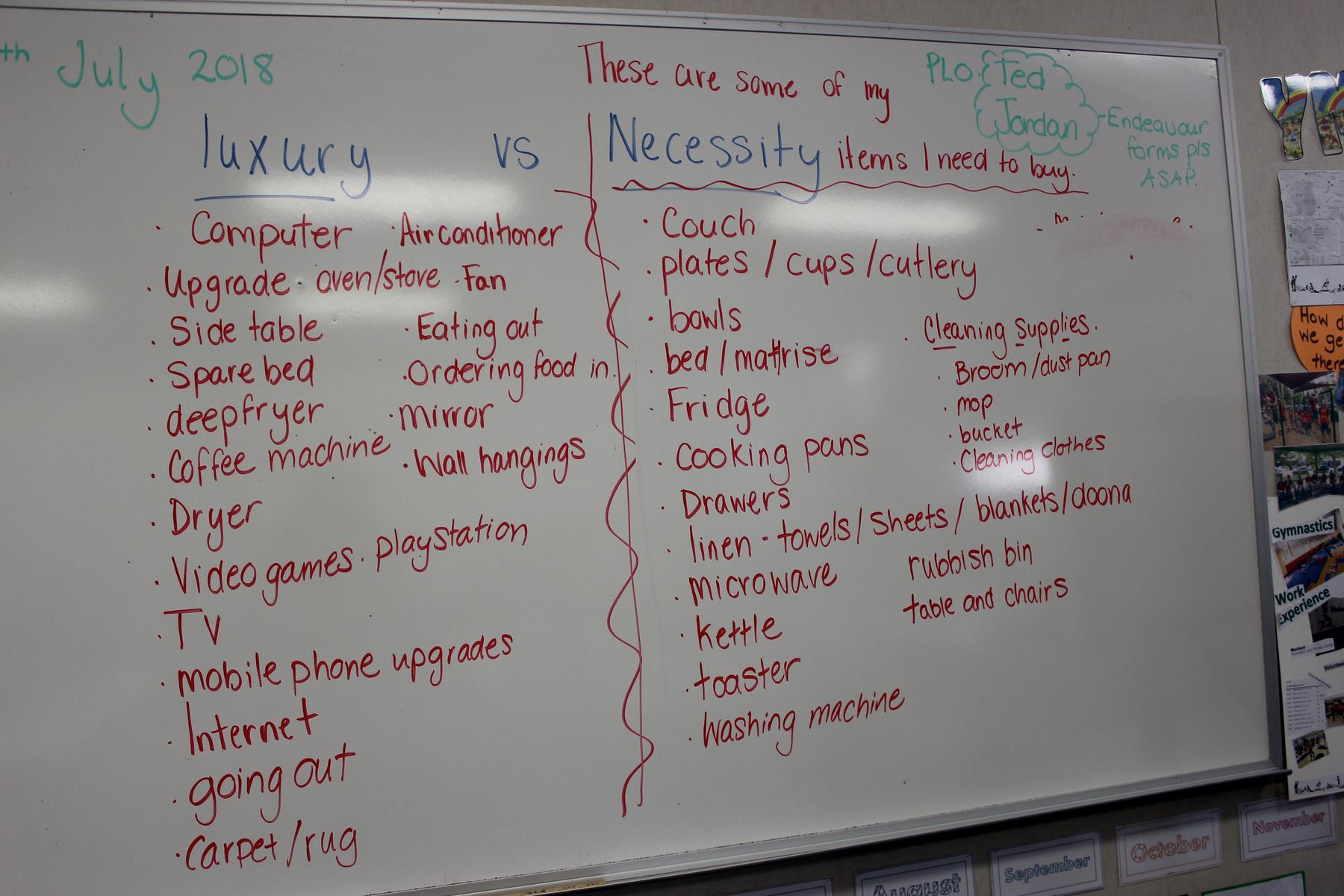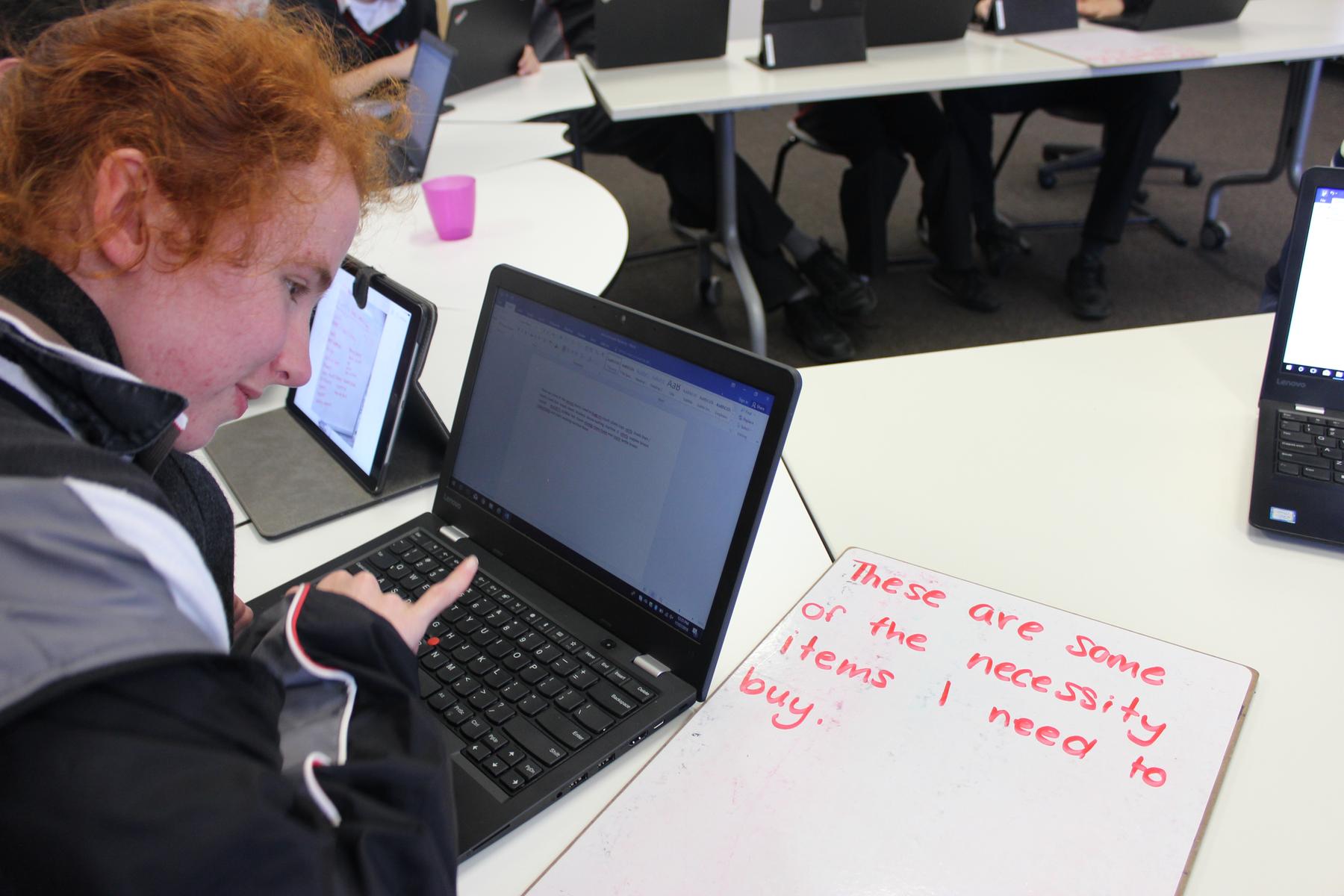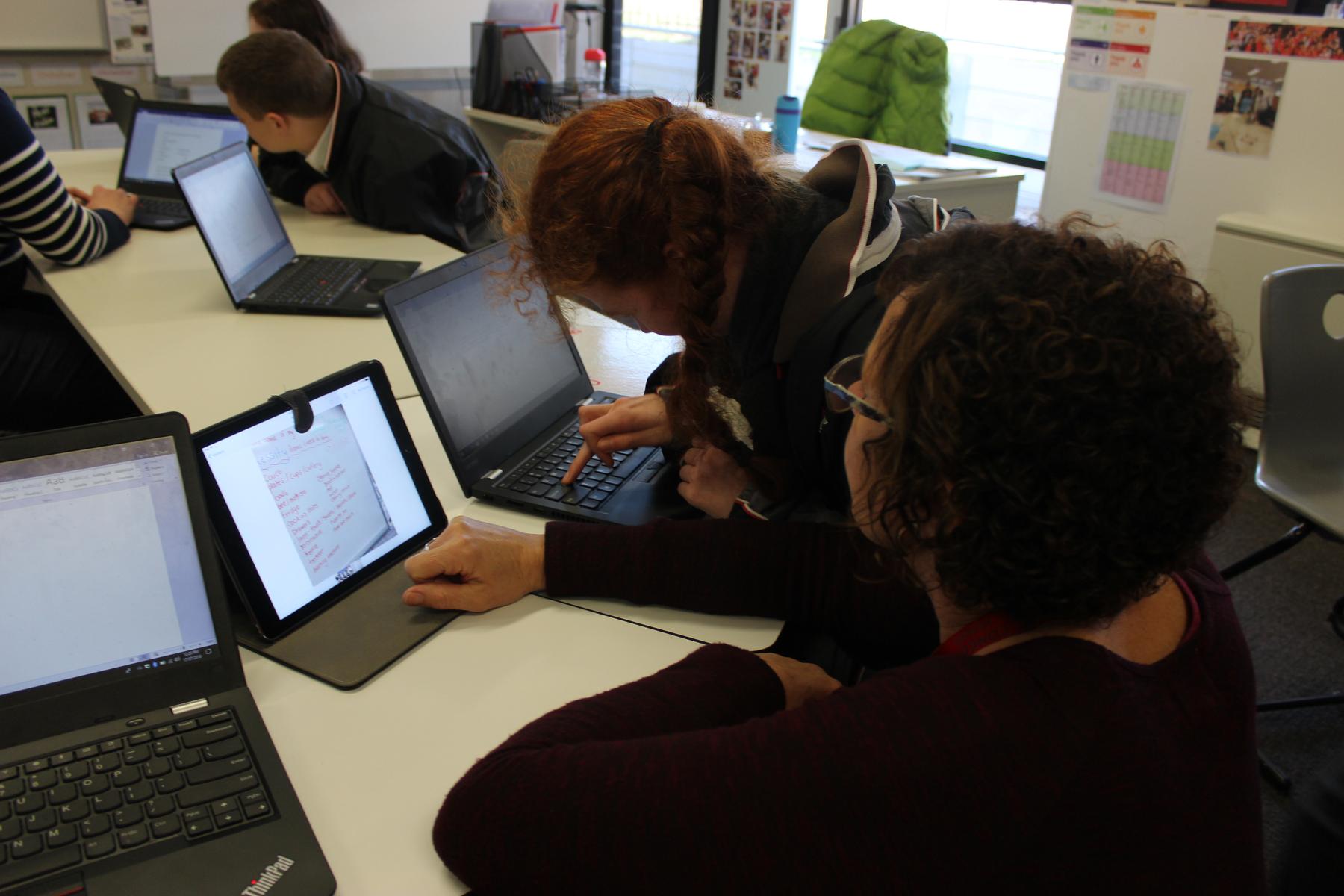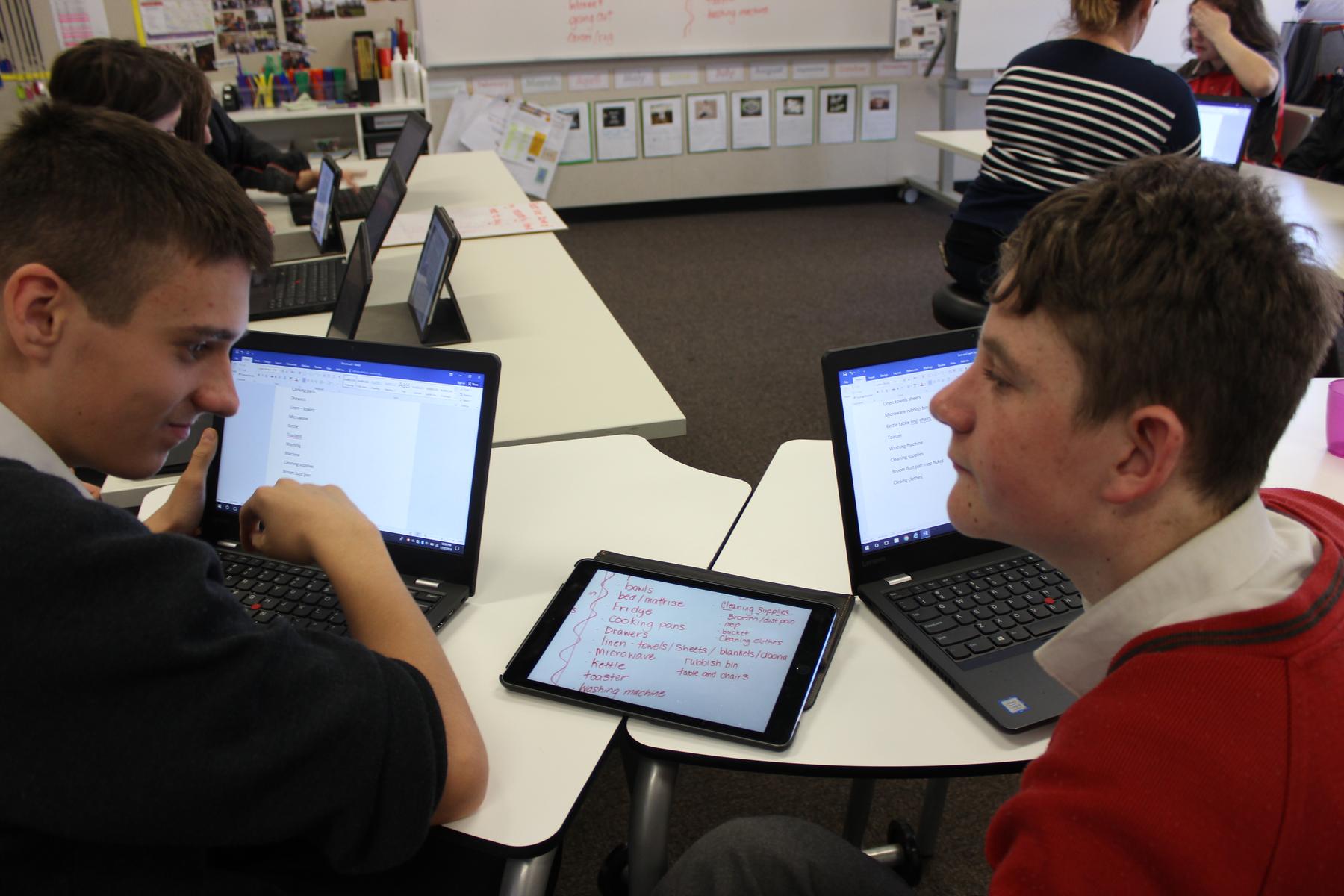Teaching and Learning
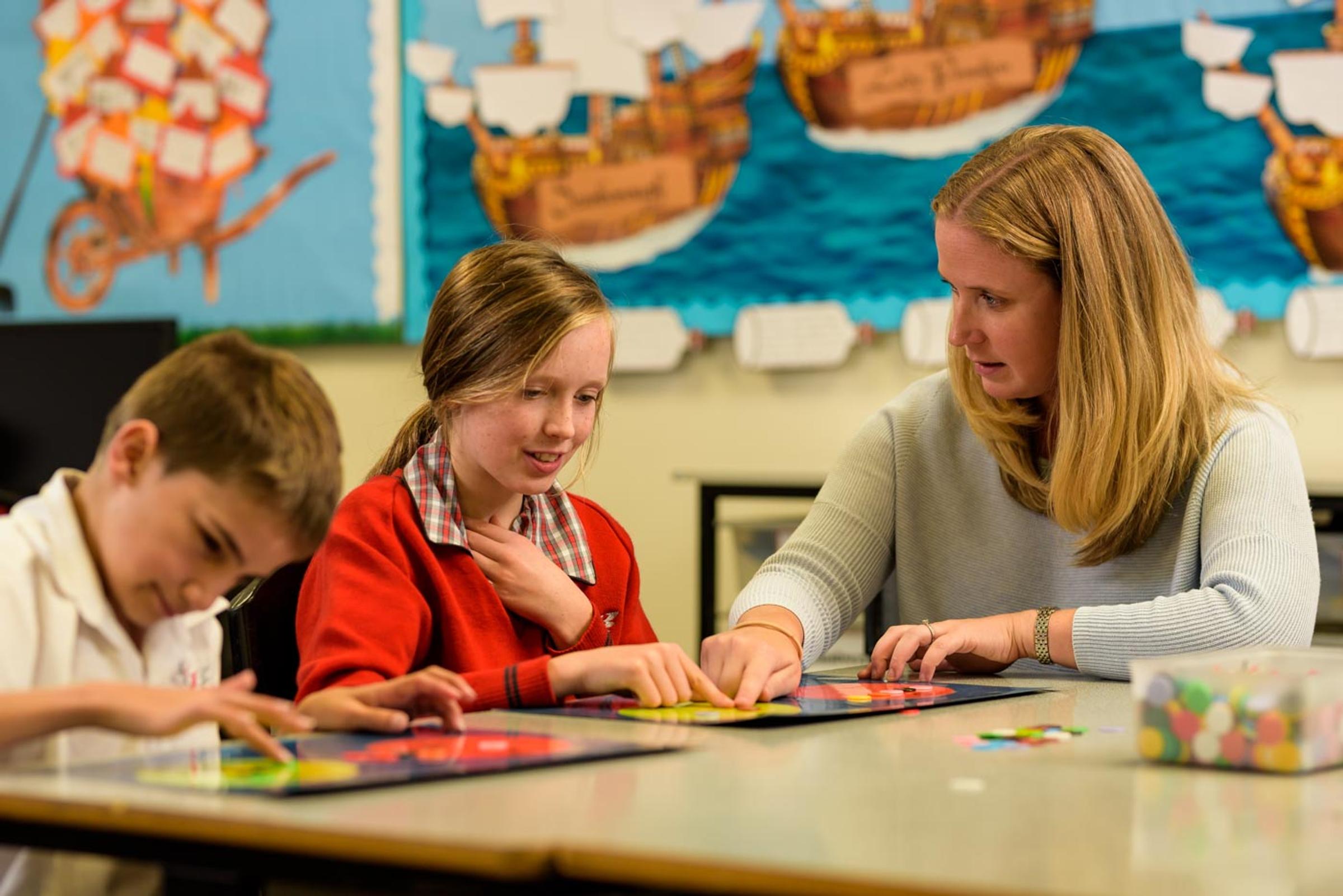
Welcome Back
Welcome back to Term 3! This term is jam packed with teaching and learning opportunities for students, families and the wider school community. There’s:-
- SSG meetings (incorporating 3 way interviews in the Secondary section)
- Camping Programs-for Yr. 9/10 and Lower Primary and Upper Primary
- Footy Clinic –Lower Primary
- Book Week Incursion- Lower Primary
- Science incursions across the school
- Literacy and Numeracy Week activities and whole school assembly
- 2 VCAL Presentation Balls
- Yr. 7/8 Hair Spray Spectacular presentations and
- Weekly PreCAL Experience Days
I’ve been impressed by the engagement and enthusiasm students have shown in their learning in the first week back from holidays. Over the next few weeks the new instructional content in classrooms really takes off!
English
Writing -Procedural Text (first 5 weeks)
A procedure tells how to do something. Common examples include a recipe, instructions, manual, directions, experiments and rules. Procedural text has unique structures and language features.
Typically there is a title or goal which states what will happen in the end.
There is a list of materials and a method or steps needed to achieve the goal.
Language features include:-
- Written in present tense
- Use action verbs, e.g. mix/make
- Use adverbs telling how to do something, e.g. gently, slowly, quickly
- Use connectives to indicate time e.g. then, next, after, when
- Can include pictures, diagrams or maps
Initially students will learn to co-construct procedural text for a simple activity such as tying shoelaces or making a sandwich, by selecting images and using a template. Next students will sequence images and dictate key words or actions to create a text. Then students will begin constructing simple three step procedures using familiar connective and action words in a simple sentence. They will be supported with graphic organisers, visual prompts or word banks as required. More skilled and confident students will independently write a procedural text with more than three steps and include the appropriate structure and features, described above.
In the first week many of the procedures were food and recipe focussed. I captured students across the school:-
- mixing and drinking chocolate milk drinks
- making and sampling three kinds of chocolate frog and testing their melting properties
- making pancakes, fairy bread and toast
- individually investigating preferred recipes online and writing simplified procedures in their own words, using a template e.g. sushi, souvlaki, porridge and eclairs
- groups choosing an online dessert recipe and independently making that delicious recipe e.g. peppermint chocolate layered cake and rumballs.
What a scrumptious way of learning about procedural text!
Reading and Viewing- Visual Language ( first 3-4 weeks)
Visual language refers to both visual features (graphics including pictures, photos, illustrations, diagrams, graphs as well as colour and design layout) and verbal features (words and dialogue) that writers, film-makers and digital presenters use to get a message across to the audience. Students are encouraged to think about the purpose of the text and how these techniques help to communicate a message to the audience.
As 21st century learners students need to be visually literate. They need to develop their ability to decode, interpret, create, question, challenge and evaluate texts that communicate with visual images as well as, or rather than, words. Visually literate people can read, interpret the purpose and intended meaning, and evaluate the form, structure and features of the text. They can also use picture and word images in a creative and appropriate way to express meaning.
In the early stages of visual language learning students are taught to read pictures by looking for key objects, images, actions and emotions within the picture and by talking about what they see, feel and know about the pictures. Later on in the learning students compare images and reflect on what the image creator is trying to convey. Teachers will help early learners gain meaning from a text by using the pictures to ‘talk’ through each page of the text, describing the storyline or content in detail. They will encourage students to:-
- predict and/or identity the key topic or theme within an informative text
- use images to communicate a short statement about the text
- match words to pictures and diagrams
When introducing text teachers will also provide visual support. They will work into the discussion any new or unusual words that appear in the text. They will highlight the visual features of the word/text that will assist students in predicting and confirming their responses.
Later on in the visual language learning students will be taught to
- describe some differences between imaginative and informative texts using pictures, illustrations and graphic features
- give text explanations and support these with text or picture evidence
This week I was delighted to capture many students improving their reading of images on the internet, in books and in films. I also observed diligent students, with personalised book boxes, practicing their strategies by reading to self, reading to the teacher, reading to someone and doing some word work linked to the text.
Mathematics
Number and Algebra- Money (first 5 weeks)
The overall focus on money is:-
- understanding the use of Australian coins,
- knowing the face value of coins and notes,
- counting multiples of 5, 10, 20 and 50,
- working out equivalent values using different combinations of money and
- calculating change based on efficient place value, rounding, addition and subtraction strategies.
Students at the beginning stages are directly comparing or matching coins or notes that are the same. They are grouping coins based on a set criteria, for example size, colour, shape, coins, notes. They are also learning to describe the physical characteristics of coins and explain the differences between coins. They start to recognise and name coins and match them to 2D images. They consolidate this by playing money bingo and using money to pay for goods in a classroom shop or in the community.
Students then move on to consistently ordering coins according to their face value. They learn to reliably count coins of one denomination. They start to determine the equivalent value of coins to $5, first using one denomination, then using coins of mixed value. More confident students learn to accurately give change in multiple ways. They also learn to tackle more complex content and can answer worded problems to two decimal places.
In the first week I observed many classes enthusiastically engaged in money activities. Please check out the informative snaps to see students:-
- making coin rubbings to improve their knowledge of coin features
- ordering coins and notes- to consolidate face value knowledge of coins/notes
- sorting coins according to size and colour – to sharpen recognition skills
- playing coin bingo- to further sharpen recognition skills
- playing money memory –to match coin images with written numbers
- using lunch order lists and written amounts to make money amounts to $5.00
- playing a money dice matching game
- brainstorming how we use money to satisfy our needs and wants
- examining foreign coins and notes to compare with Australian currency
Measurement and Geometry-Shape-(first 5 weeks)
During the shape focus students progressively improve their ability to identify the attributes of shapes and objects and learn how they can be combined or transformed.
Students at the beginning stages are directly comparing or matching familiar 2D and 3D shapes. They use everyday language to describe and compare shapes and objects. They find everyday objects in the environment and start to match shapes with similar attributes e.g. different-sized circles.
Students move on to identifying and naming a wider range of 2D and 3D shapes and objects. They identify and describe features of shapes using more formal language e.g. referring to edges, corners, faces etc. They learn to recognise features of shapes of different sizes and in different orientations following flips, slides and turns. They describe what an object may look like from a different perspective. They reliably sort objects based on their features and justify their choices.
More confident students gain familiarity with the properties of shapes and objects. They explore how 3D shapes stack, interconnect and/or roll. They link the faces of a three-dimensional object to two-dimensional shapes and align the corresponding faces of an object and it’s net. Also they identify the relationship between the number of edges of a shape and the number of corners. Through sketching, model building or using digital drawing packages they represent shapes and objects. Some students at this level will recognise and use lines of symmetry in designs and use angle properties to identify perpendicular and parallel lines or program the robot to move in multiple directions..
I captured some students actively engaged in shape investigations this week. Please check out the latest pictures to see students:-
- discovering shapes in the playground and completing a Shape Hunt challenge
- sorting common two-dimensional shapes with similar attributes
- naming familiar 2D shapes and recording the features of these shapes
- identifying familiar 2D shapes that have different orientations
- making animal designs with tangram shapes
- following oral directions to construct a tangram design
- playing a domino shape game to practice recognising and naming shapes
- designing 3D shapes with straws and Blutak
- engaging in shape problem-solving using OSMO software and attribute tiles
Integrated Studies
Our amazing Discovery Centre MILE room is currently being transformed to support our new Integrated Unit on Change. Ashley Butler, Courtney King and Kirsten Coulter have developed a range of hands-on multi-modal learning opportunities to cater for all sections’ unique learning focus.
Our NAO robot will be used in the MILE Room this semester as a part of the Integrated Unit on Change. As soon as students enter the room they will be greeted by the robot and can interact with it by asking questions related to the integrated topic. To increase awareness of the robot there is a re-naming competition for students. They are being challenged to submit their suggestions over the next month. The winning name will be chosen by SRC at their next meeting.
There are four learning through-lines in the Change theme as follows:-
- Weather - Lower Primary students’ beliefs and understandings about the air, sun and wind will be developed as they work through hands-on activities. Through investigations, they will increase their knowledge of how the characteristics of weather affect their daily lives.
- Spot the difference- Upper Primary students will observe the diversity of materials in their world. They will explore change through the context of food and other materials including spaghetti, chocolate and popcorn. Students will learn how materials can be combined, mixed, heated and treated and how that can change the properties. They will research whether the change can be reversed or not. As they investigate processes such as melting chocolate or making butter students will learn to draw conclusions about how fast or slow changes can happen and the consequences of change.
- Heating and melting- Secondary 7/8 students will explore how solids or liquids are influenced by temperature. They will experience the way items from their everyday lives can change. Through hands-on investigations, students will investigate how the size of the pieces affects the melting time of chocolate. It provides opportunities for students to investigate different heat sources and how heat moves from one object to another. Through hands-on activities, students investigate the difference in conductivity of materials.
This week I observed year 7/8 students conducting experiments on heating and melting using Smarties. They also had an informative science incursion where they observed and engaged in a range of exciting chemical and physical science experiments linked to the topic.
- Changing matter and electricity- Secondary 9/10 students will explore melting, evaporating, dissolving, burning and chemical reactions. Students’ understanding of the factors that influence the rate of change will be developed through hands-on activities and student-planned investigations. Students will become detectives who identify and explain physical and chemical changes in everyday materials. Through experimentation students will also explore the role of electrons in transferring energy in electric circuits. As they investigate batteries, light bulbs, switches, conductors and insulators, they will explain how battery-operated devices, for example, a torch, work.
PreCAL students are undertaking a unit of study on Leisure during terms 3 and 4. Feedback from parents regarding students’ current and preferred leisure pursuits and interests was incorporated into the Leisure program for Semester 2. This unit focuses on developing the student’s social interactions and communication skills as they explore a range of leisure opportunities in the wider community. Students will gain confidence as they become familiar with many diverse leisure options. They will identify areas of interest and how to access different hobbies and activities during personal leisure time. Students will explore common interests to develop social groups and practice the skills required to actively participate in an activity and include others. Through these experiences students will improve their ability to engage in meaningful leisure activities in the broader community.
Social Competencies
Over the next three weeks the key social competencies focus is self-perception. Self-perception refers to the idea that you have about the kind of person you are and includes three interrelated concepts: self-identity, body esteem and self-esteem. Students learn about what can influence the self-perception of oneself and others. Initially Primary students focus on self-identity and learn to describe physical features and personal qualities such as skills and interests. They discuss and compile ideas about their self-image and who they are. They draw a self-portrait by thinking about what features they have. They compare their features and add other personal preferences including their likes and dislikes to the background.
Secondary students also focus on self-identity and learn to describe physical features and personal qualities such as skills and interests. Through discussion, graphic design and visual media they understand self-esteem and can recognize poor or positive self-esteem qualities. They also identify what influences self-esteem and consider how that impacts on how we treat others. Students will share their work and practice talking positively to each other.
Assessment of Learning
.
Specialist and classroom teachers have now assessed and prepared reports that show student goal achievement in Semester One. Stemming from this analysis of student progress and from further pre-testing they have also drafted some new goals linked to Semester two learning content. At the SSG meetings next week teachers will discuss your student’s progress and together you will examine the learning evidence and reflect on the new Semester’s goals and strategies. The assessment feedback I have observed and gathered from leaders, teachers and students last semester is really inspiring. Teachers across the school are making a difference and supporting students to be the best they can be. Increasingly students are steering their learning .journey and are engaged in setting and monitoring their goals. Parent, carers and the school community also have an active and pivotal role in enhancing each student’s teaching and learning opportunities.
Please take the time to attend the latest SSG meetings and contribute to your child’s education.
Yr. 11/12 SSG meeting is Tues 31st July
Yr. 7-10 SSG meeting is Wed. 1st August
3-WAY CONFERENCES
A ‘3-Way Conference’ is a shared parent, teacher and student interview where Student Learning Goals (SLPs) are discussed and the progress towards meeting those goals is canvassed.
At next week’s SSG meeting 3-Way Conferences will occur for all students in Secondary 7-12. For Secondary Year 12 students, there is another SSG meeting in term 4 in which 3-Way Conferences will also occur. Students are required to attend their scheduled conference time with their parents.
At Concord School we aim to give the learner increasing responsibility and ownership for their learning so they can develop into independent, life-long learners Student voice and agency is promoted strongly in a leadership capacity in the form of the Student Representative Council and the appointment of classroom captains across our school. A ‘3-Way Conference’, however, is a way to encourage students to take responsibility for their own learning, actions and decisions. It also demonstrates that, together, we will support their learning and celebrate their achievements. The decision to conduct 3-Way conferences stems from evidence in recent student, parent and teacher surveys indicating that student voice is one area in which we can further improve. It forms a key action for improvement in our current Annual Implementation Plan and is strongly supported by the School Council.
‘3-Way Conferences’ are a stepping stone to empowering students to lead their own learning and shape their own educational journey. We have made small steps towards building the capacity of our student community by improving Career Action Plan success which will ultimately lead to greater student learning empowerment. This year, Secondary 7-10 students have established one meaningful personal learning goal whilst VCAL students have set individual career goals with Career Teacher support. Teachers have assisted students to plan and prepare a relevant personal learning or discipline based learning goal. They have also built students’ strategies to reflect on and monitor what they are learning and how they are learning. They have also developed student confidence to share their goal and provide evidence for their learning at the conference. Parents can contribute to the learning partnership by:-
- attending the next conference with their adolescent
- being active listeners and praising their child’s efforts.
- offering support and encouragement
- indicating (where relevant) how they have supported their child’s learning goal/s.
Spotlight on a new VCAL Yr. 11 Program
The three Year 11 classes have just immersed themselves in a new and exciting financial management program called Earn and Learn. This week I observed the classes as they debated what things were needs and luxuries in a household. The photos show that there was lively and detailed discussion and that the groups varied in their beliefs about needs and luxuries especially with respect to phones.
Earn and Learn forms a significant part of the Integrated Unit focus on Connecting with Community –Industry Exploration. Students undertake a deeper exploration of specific industries where they might find future employment. They vigorously investigate their likes and skills and explore the difference between careers and hobbies.
The Earn and Learn program is important for many reasons. Firstly as it offers a real world application of financial management. Students get provisionally paid for engaging in their Work Related Skills work placement and they have to budget that money to live. Secondly effective engagement in the program’s inquiry processes and tasks leads to:-
- improved competencies across English, Mathematics and Personal and Social development and
- strengthens their employability skills (self-management, technology, initiative and enterprise, teamwork, planning and organisation, problem-solving and communication.
Over the semester students will learn about living costs associated with transport, accommodation, food, clothing, hygiene and recreational needs. They will:-
- prioritise needs and wants
- research and compare consumer costs
- calculate costs
- develop rough estimates of what change to expect in a transaction
- apply simple budget strategies and
- make decisions about whether purchases can be made with available money
I’m looking forward to seeing how well our VCAL students apply their knowledge and learn to balance their budgets over the Semester.
Helen Edmonds
Acting Assistant Principal
